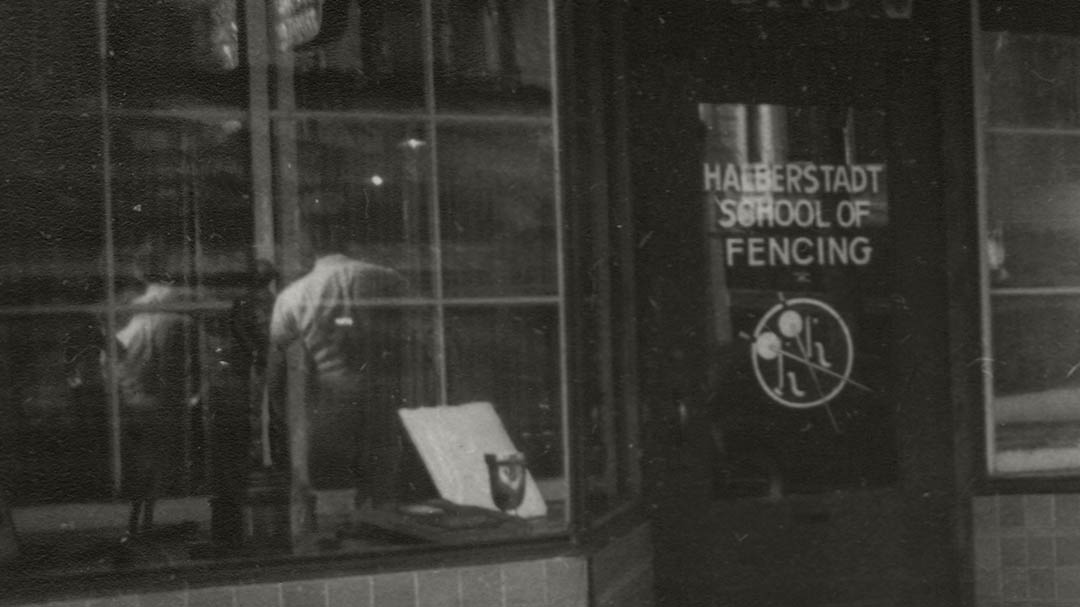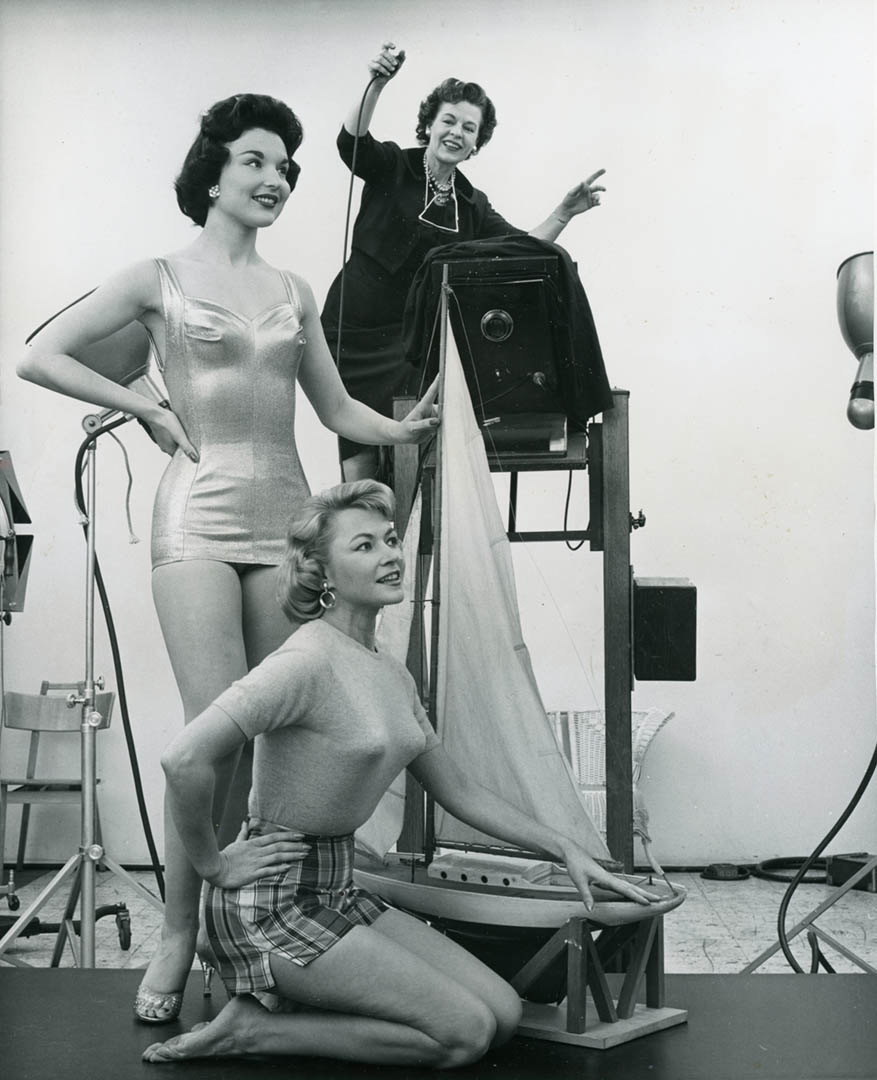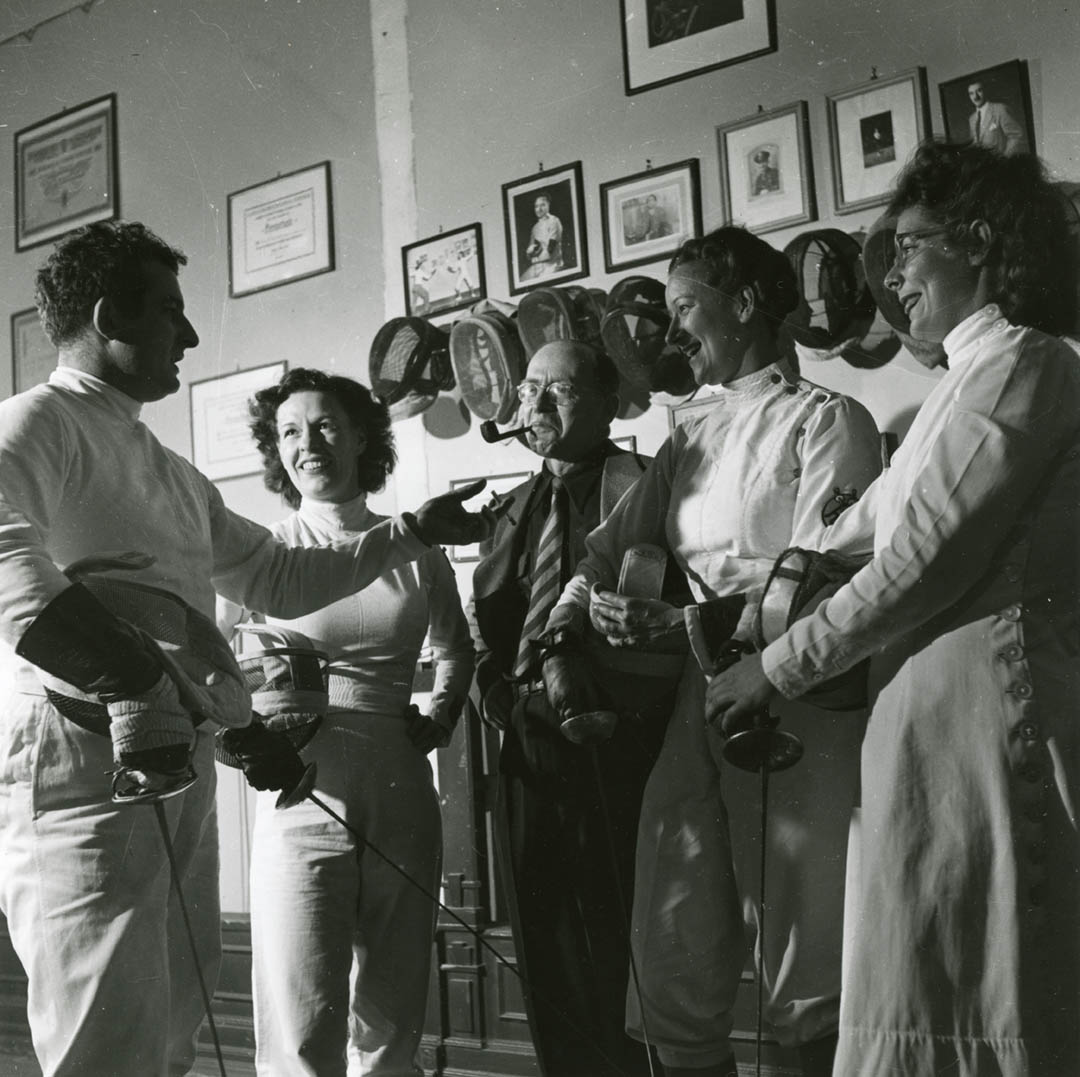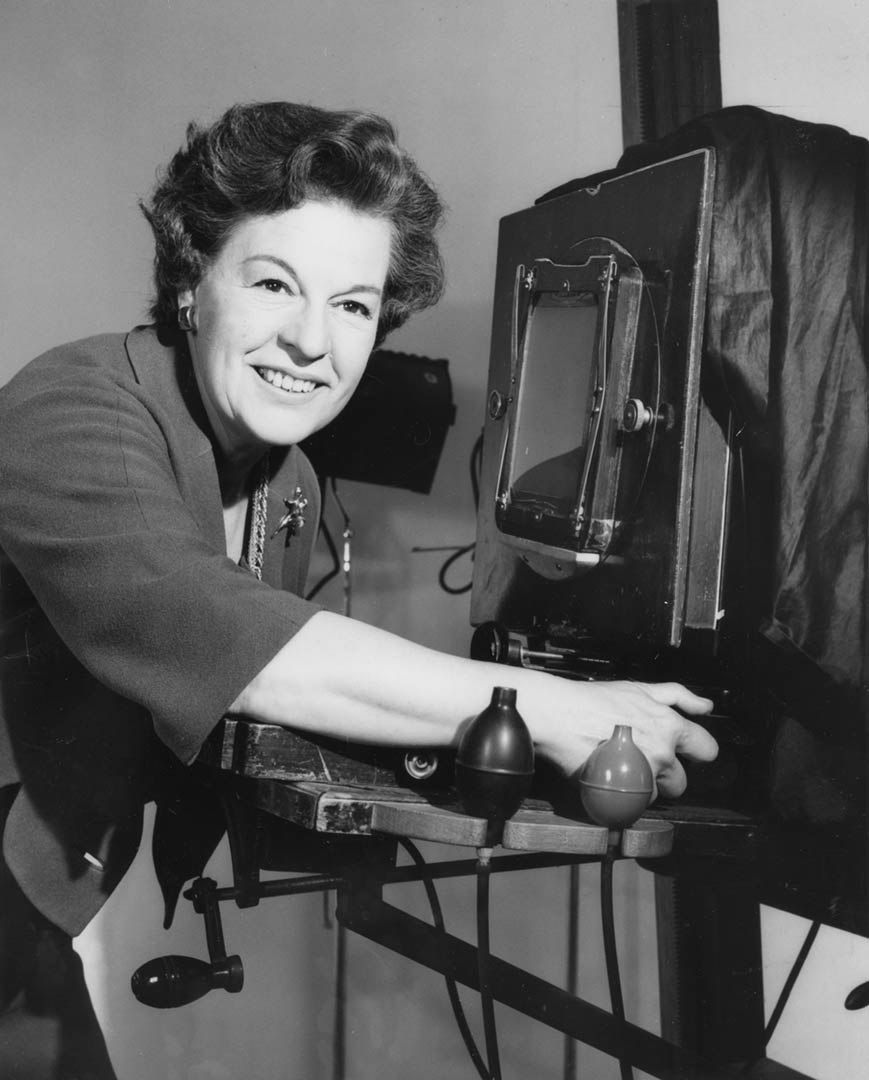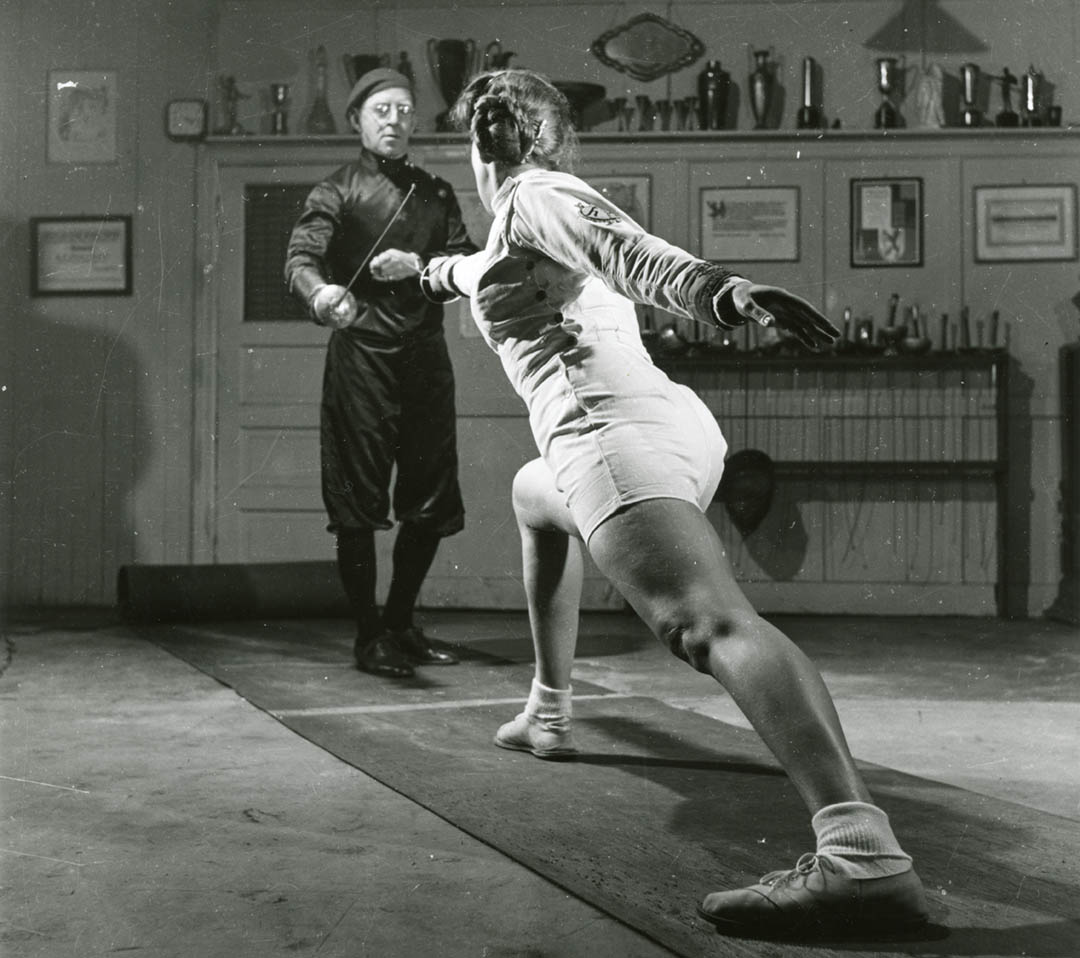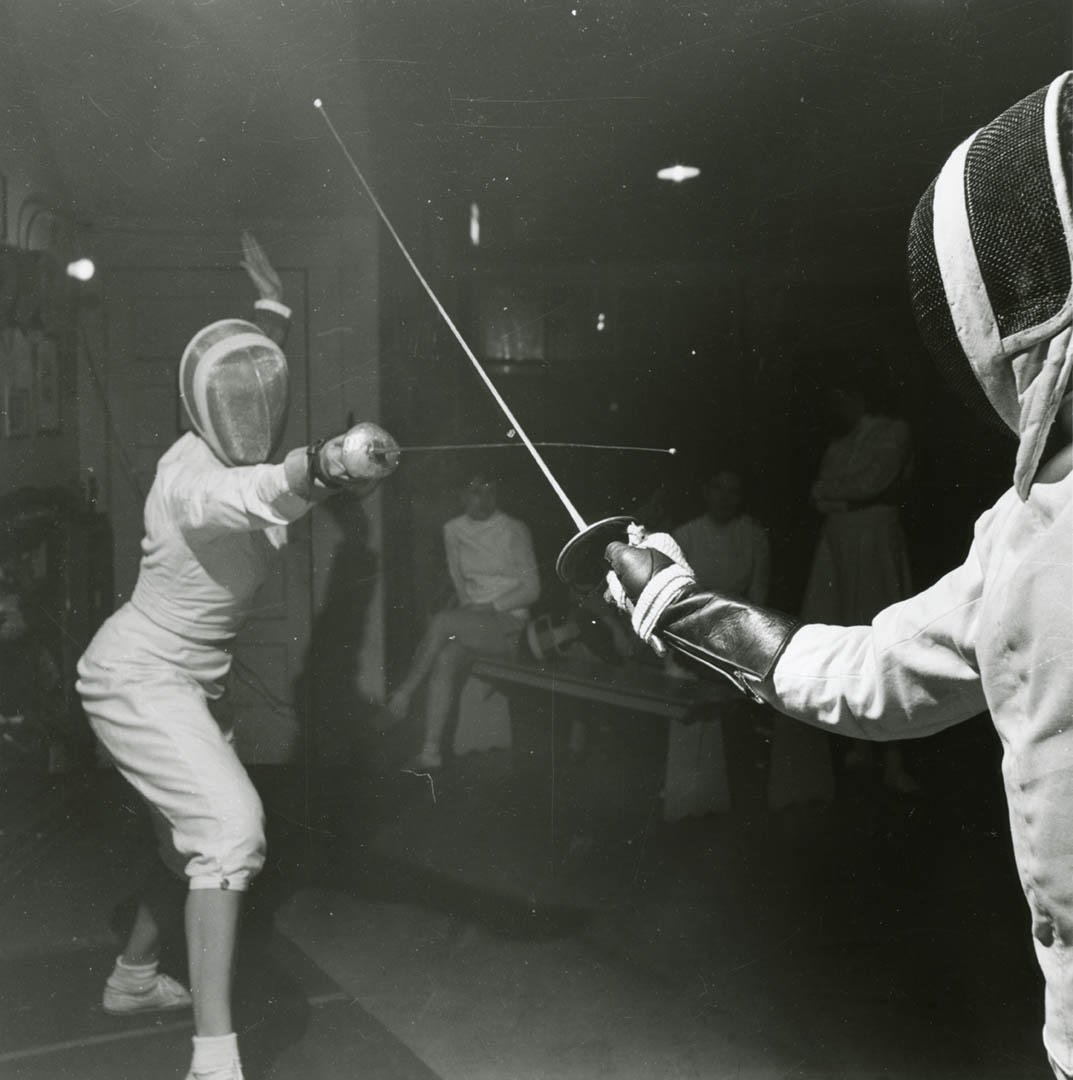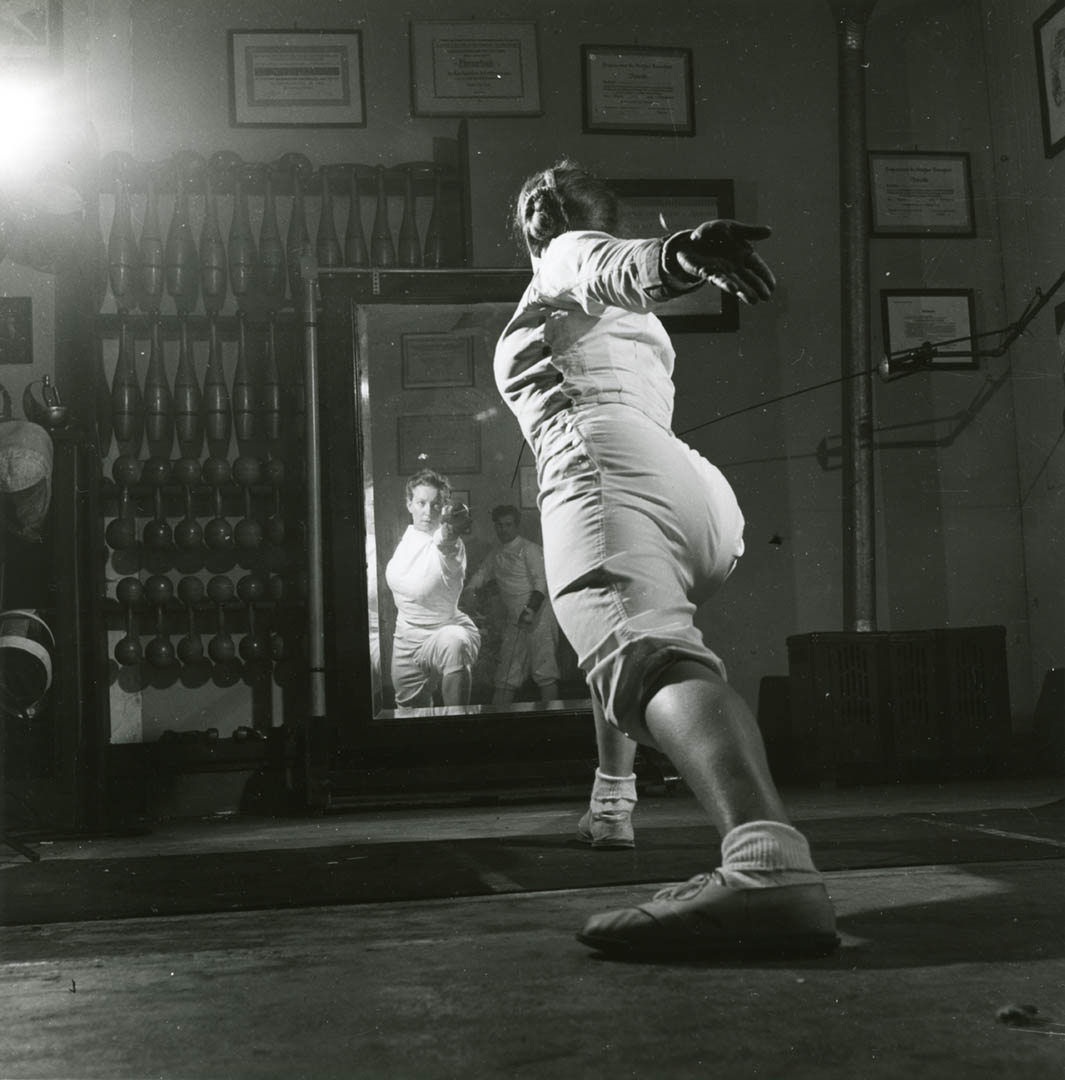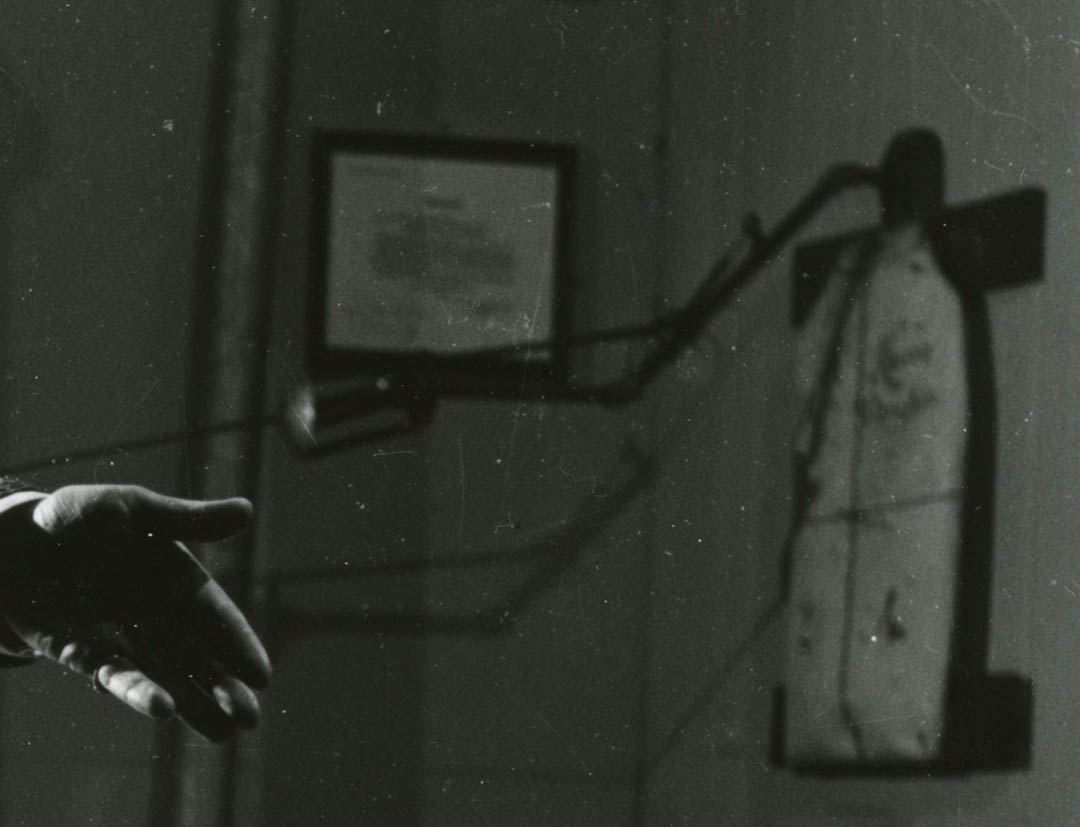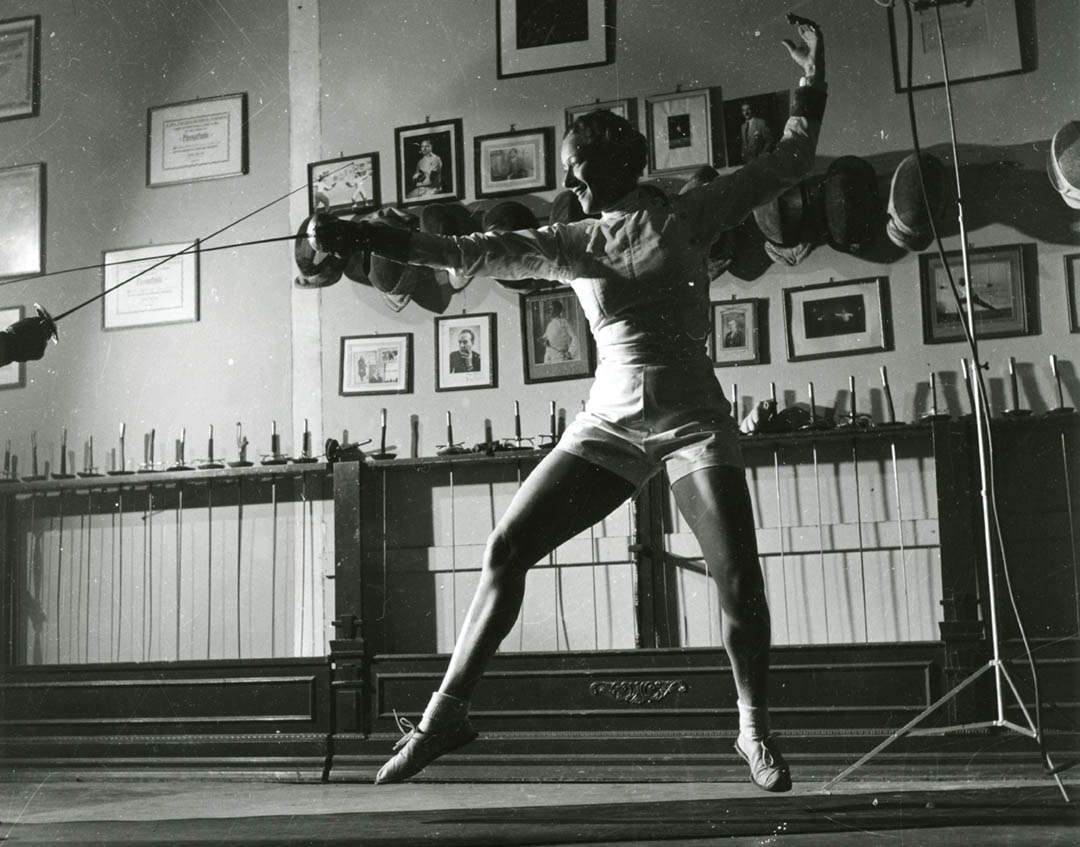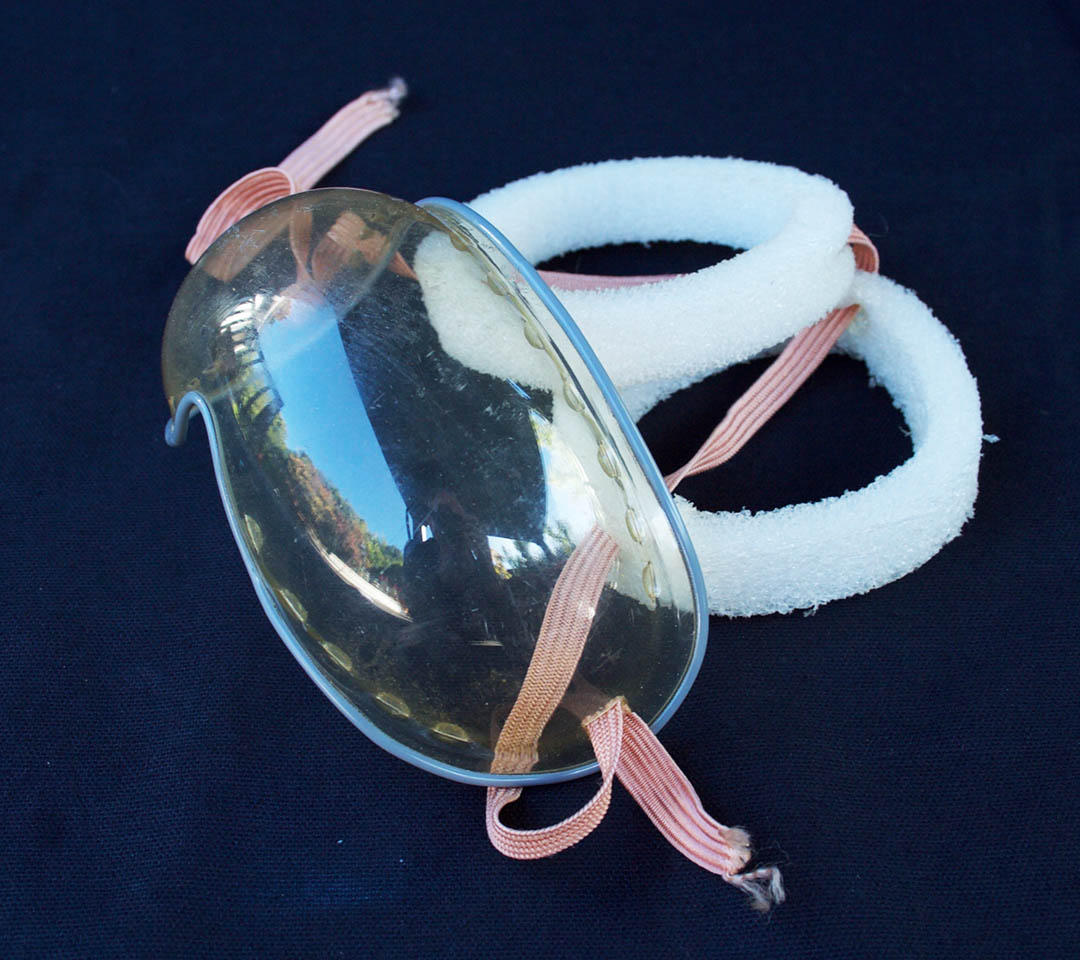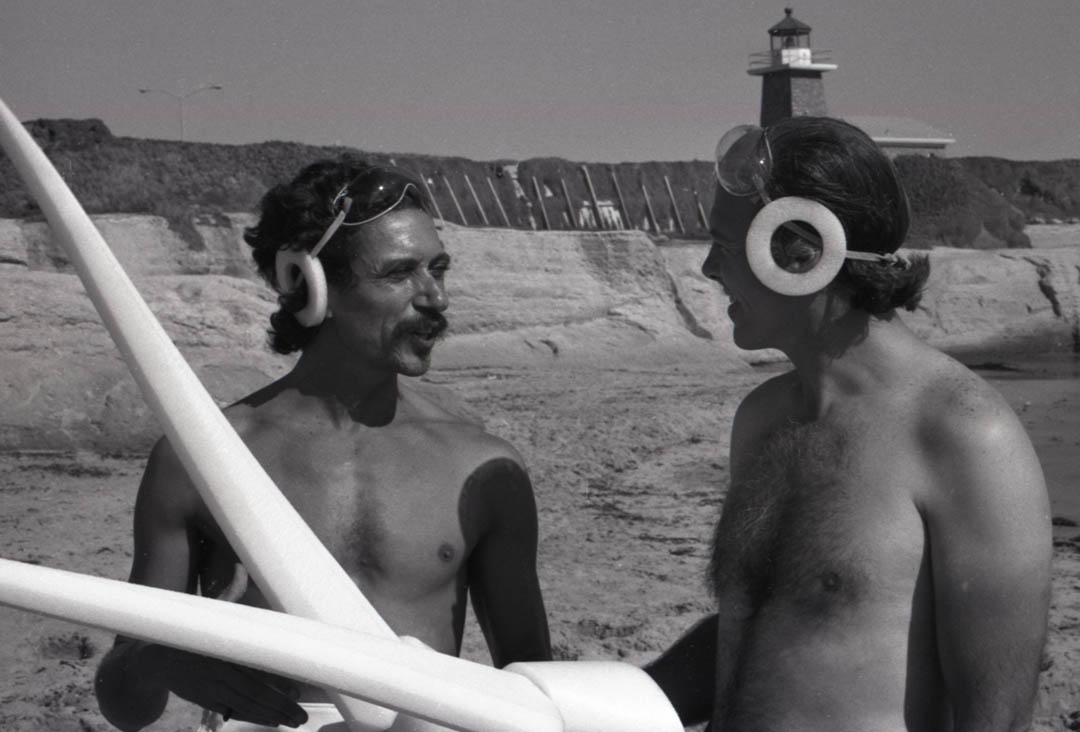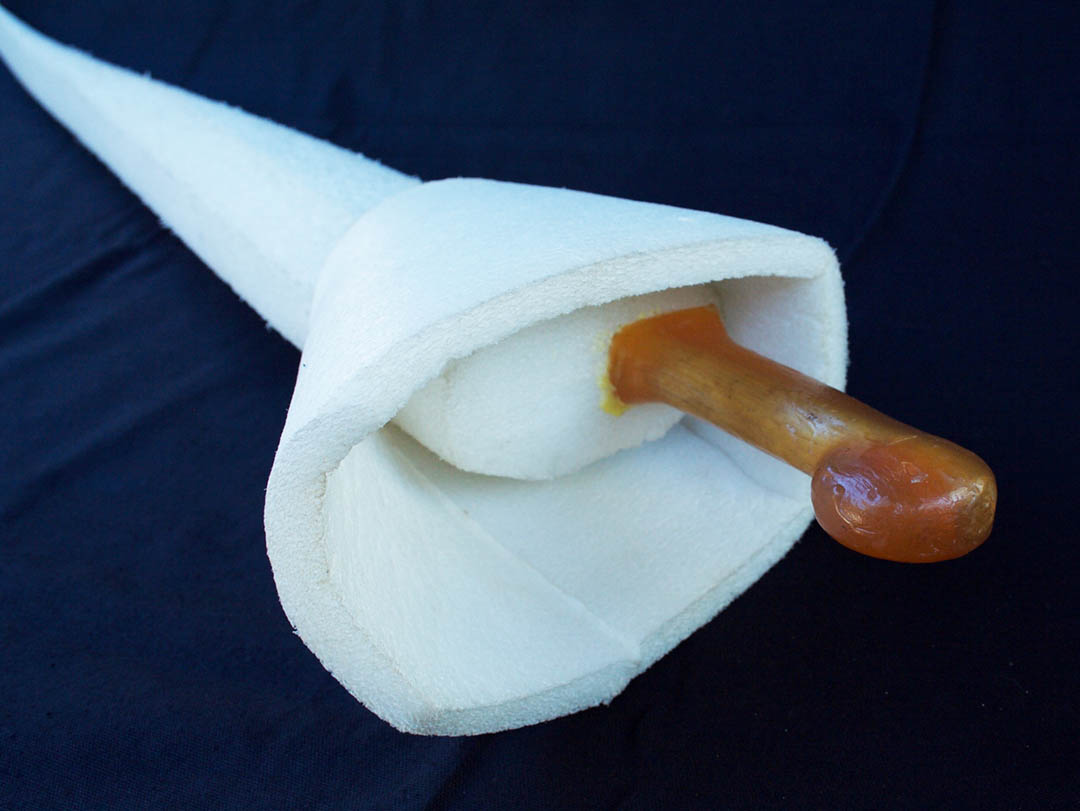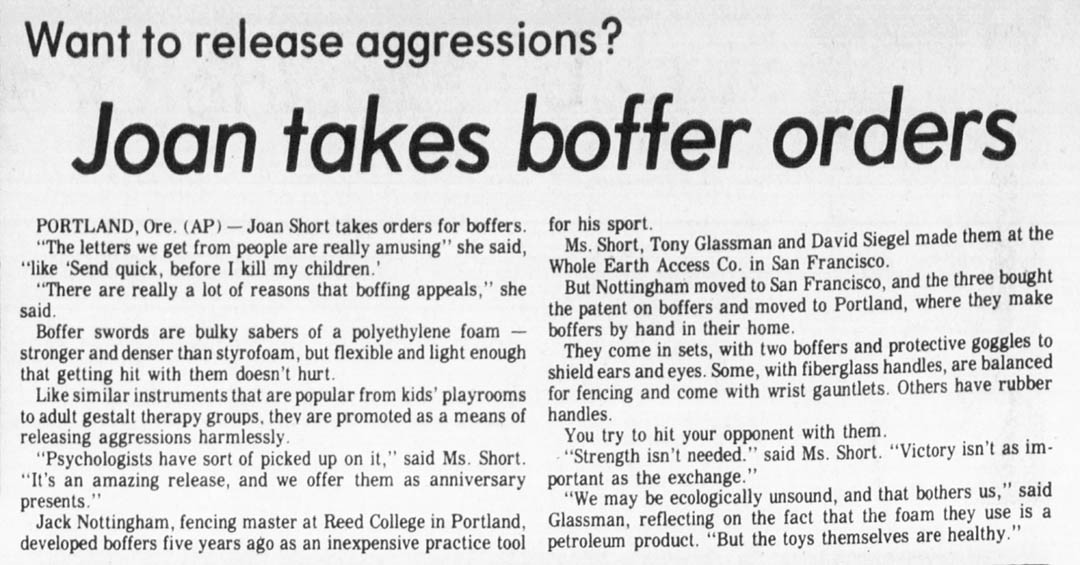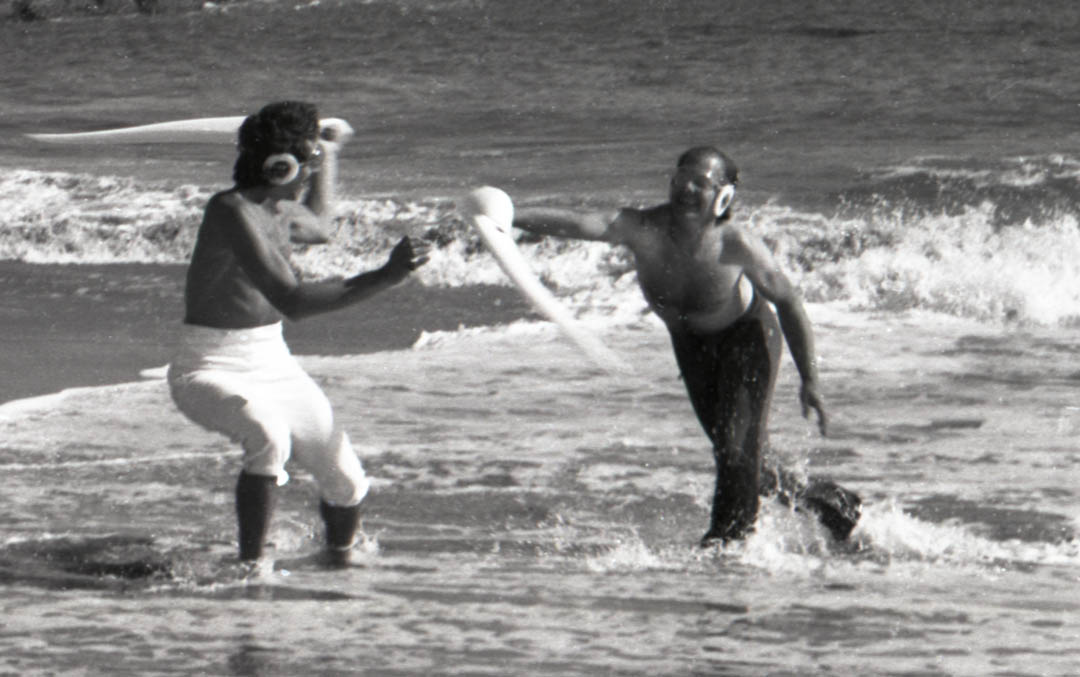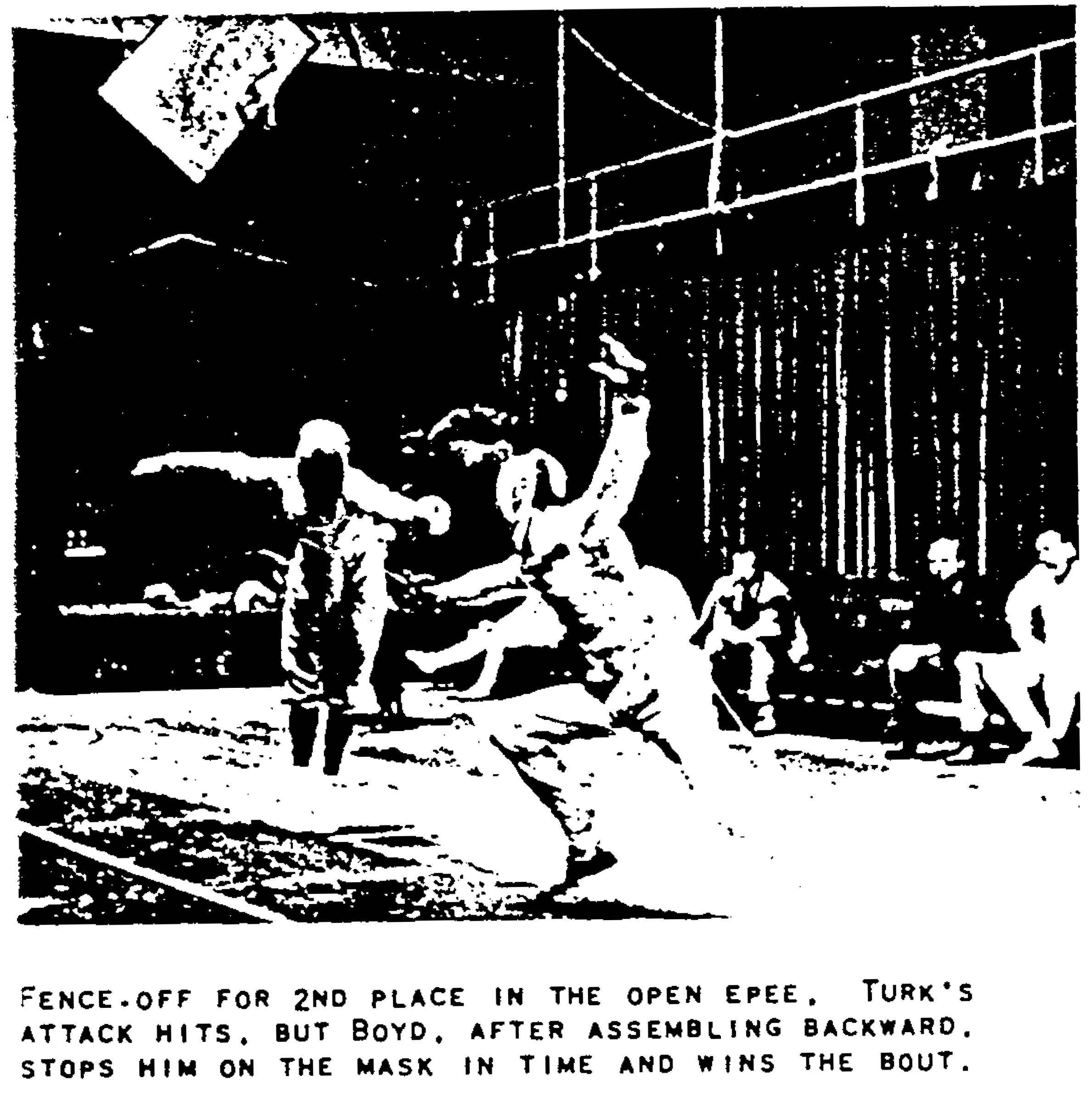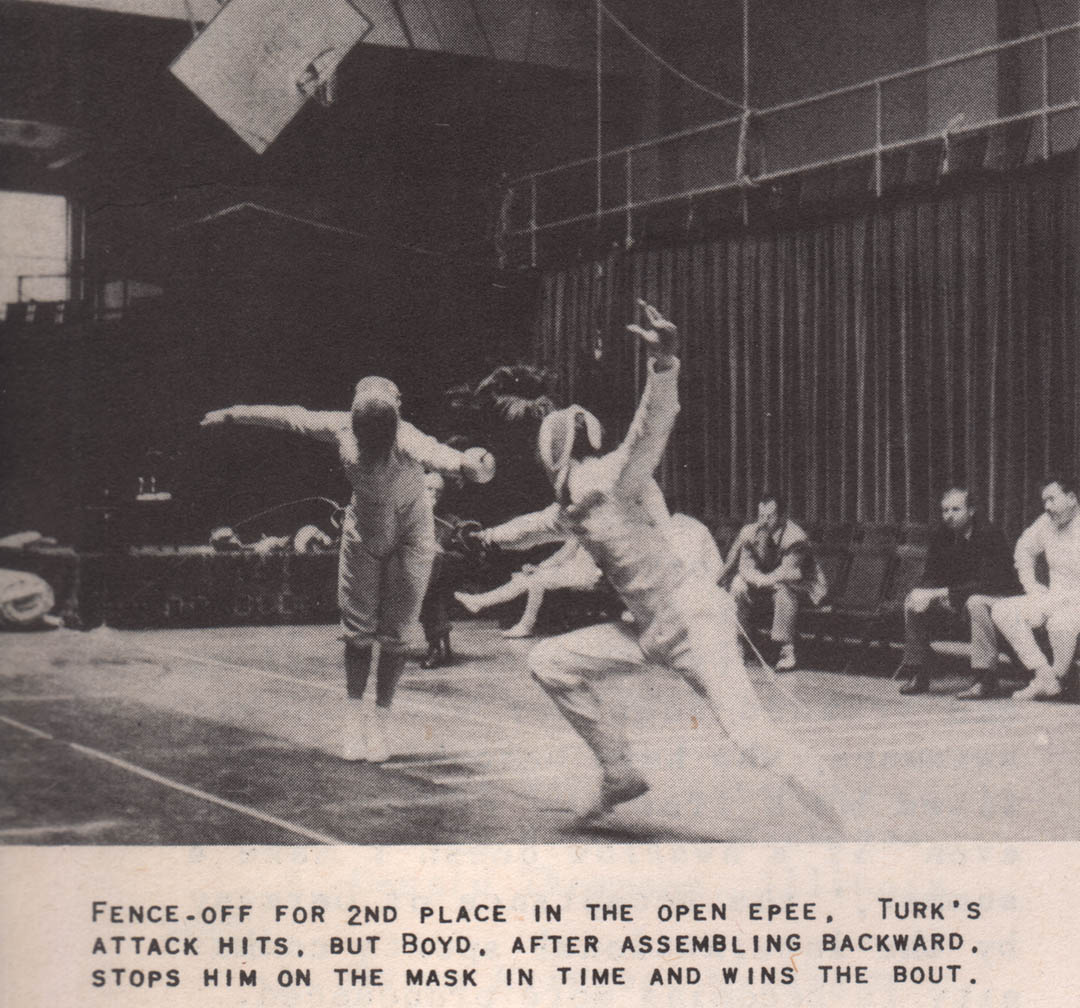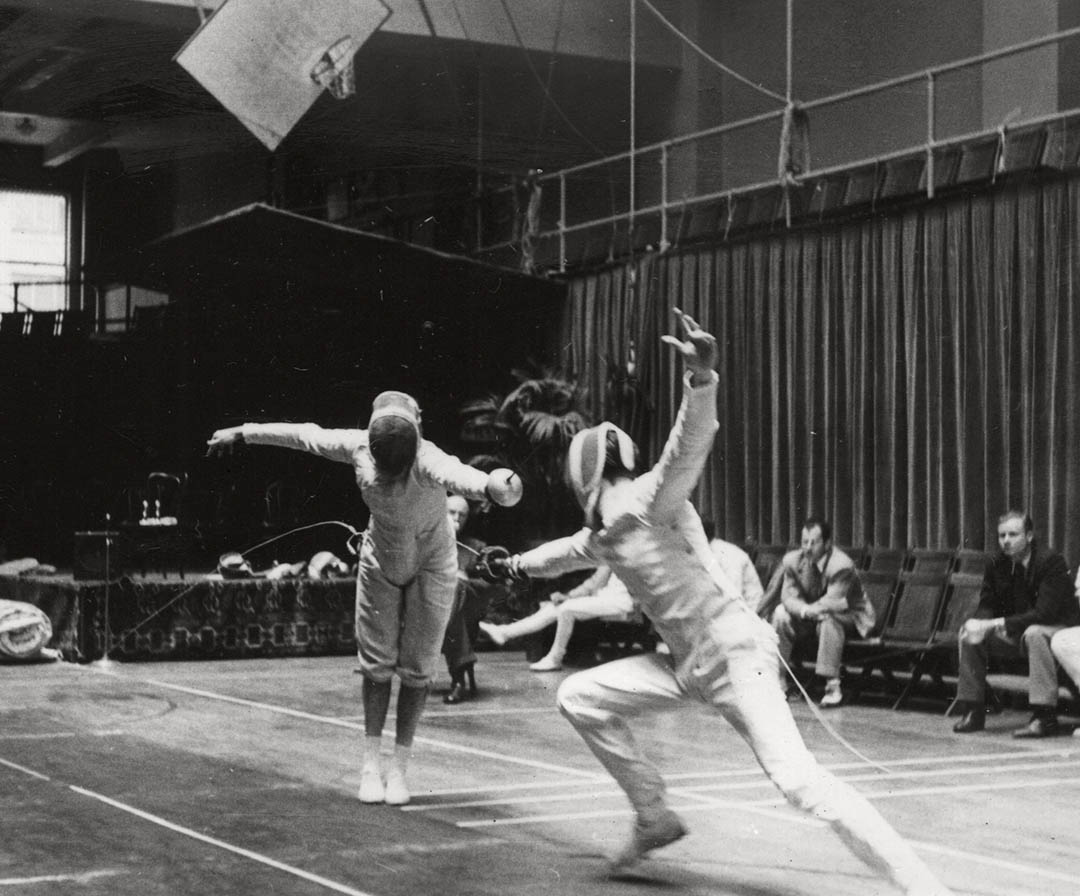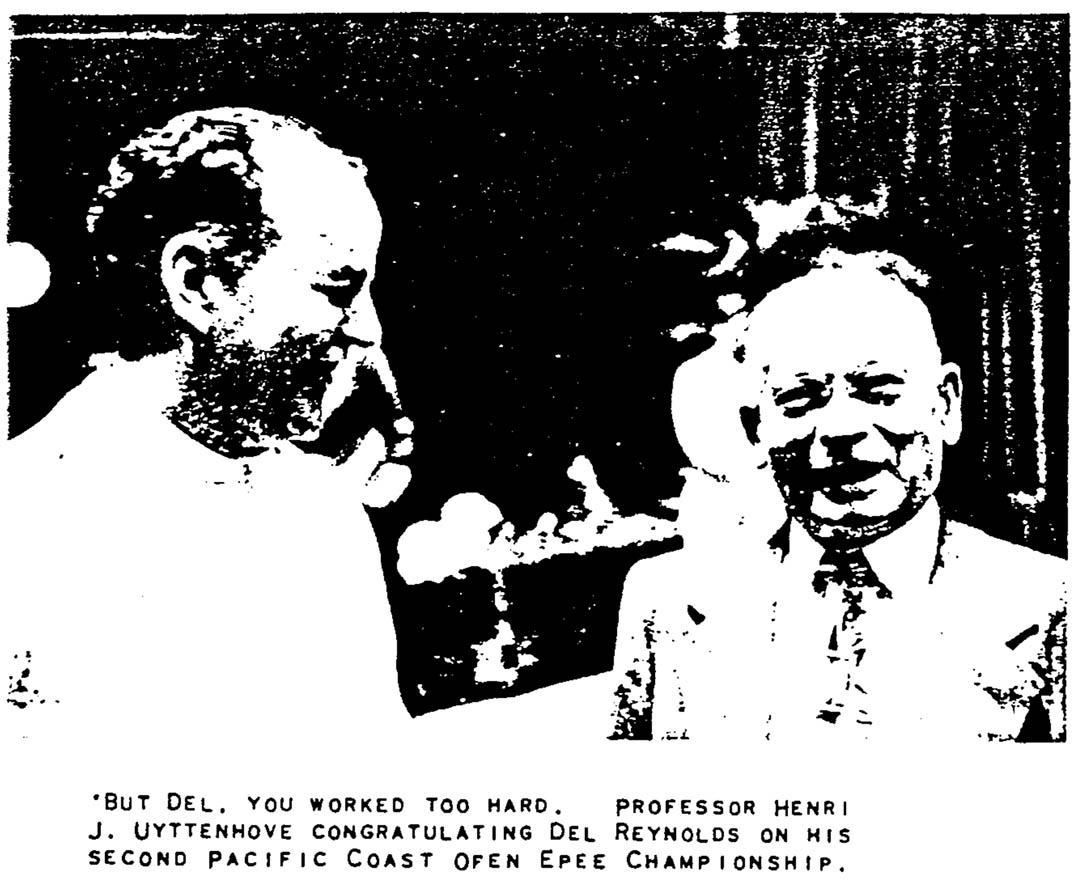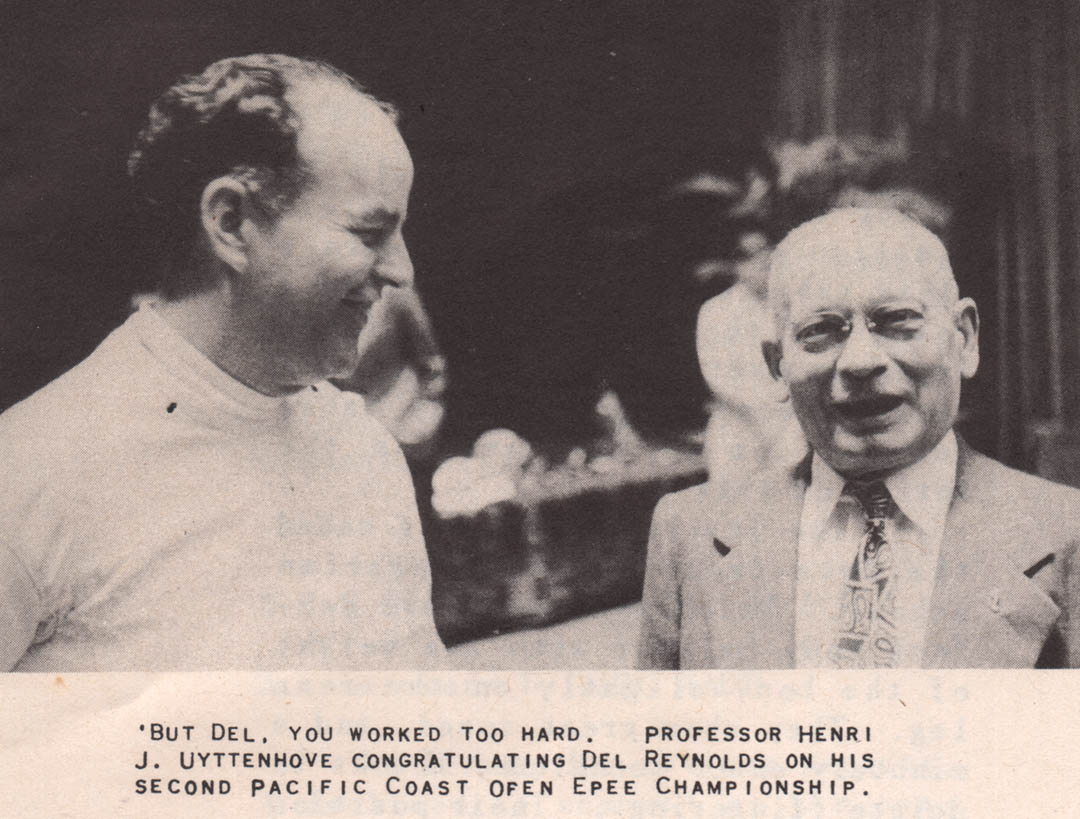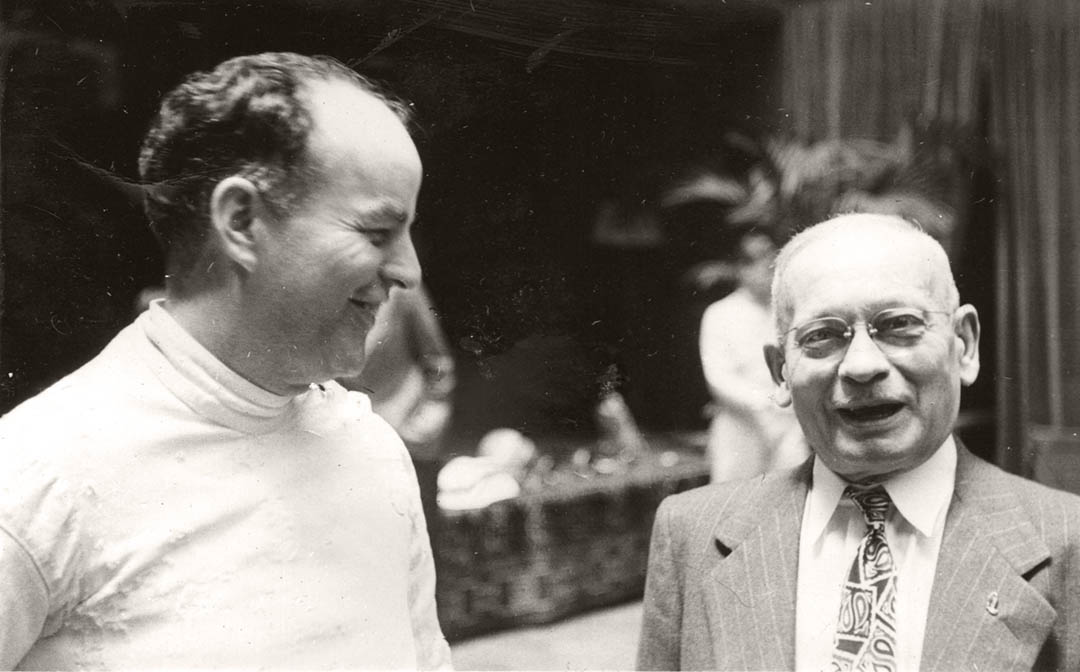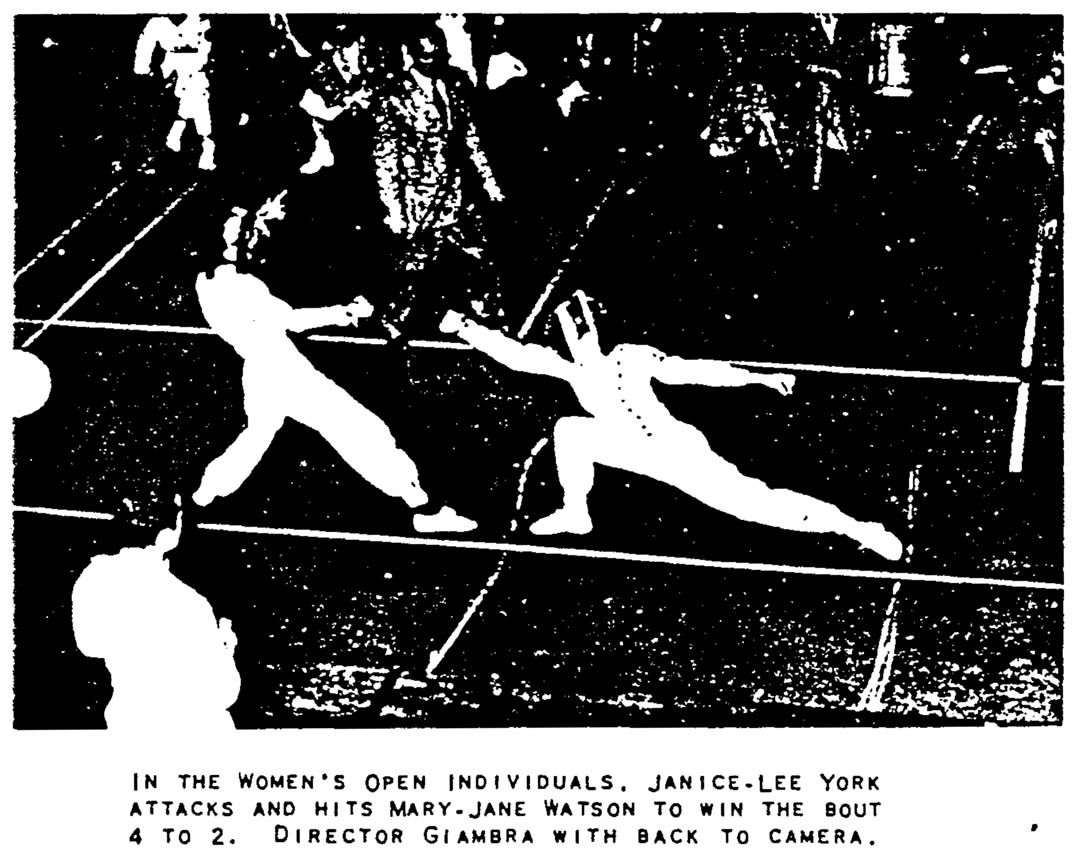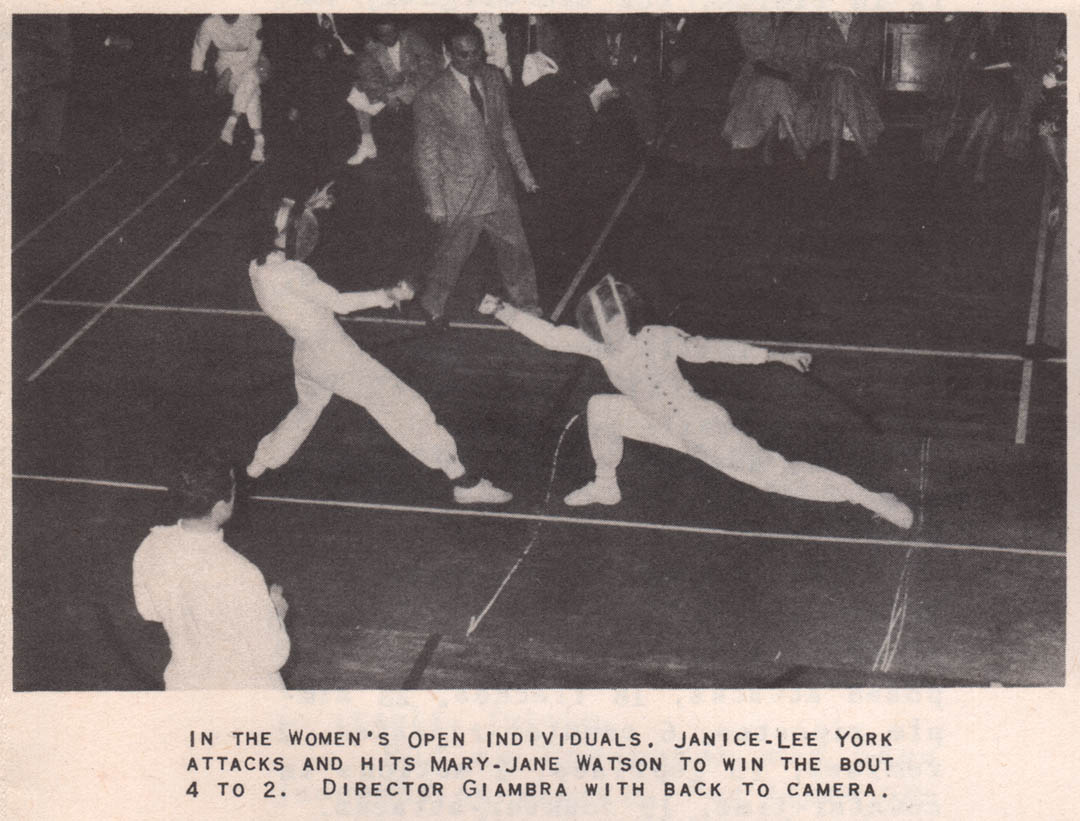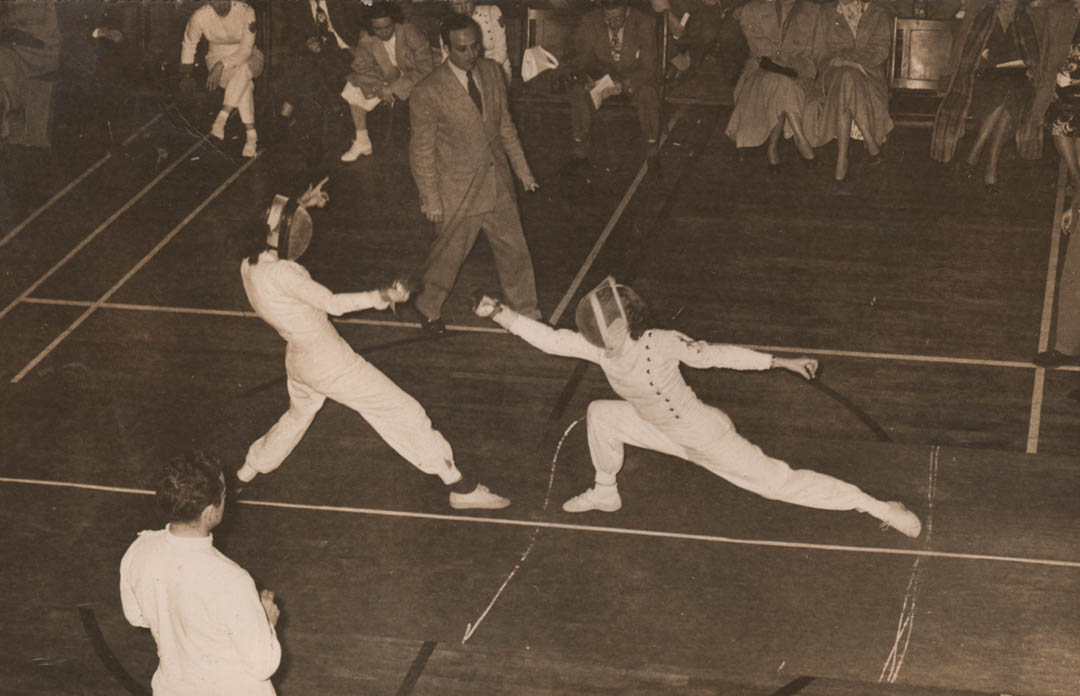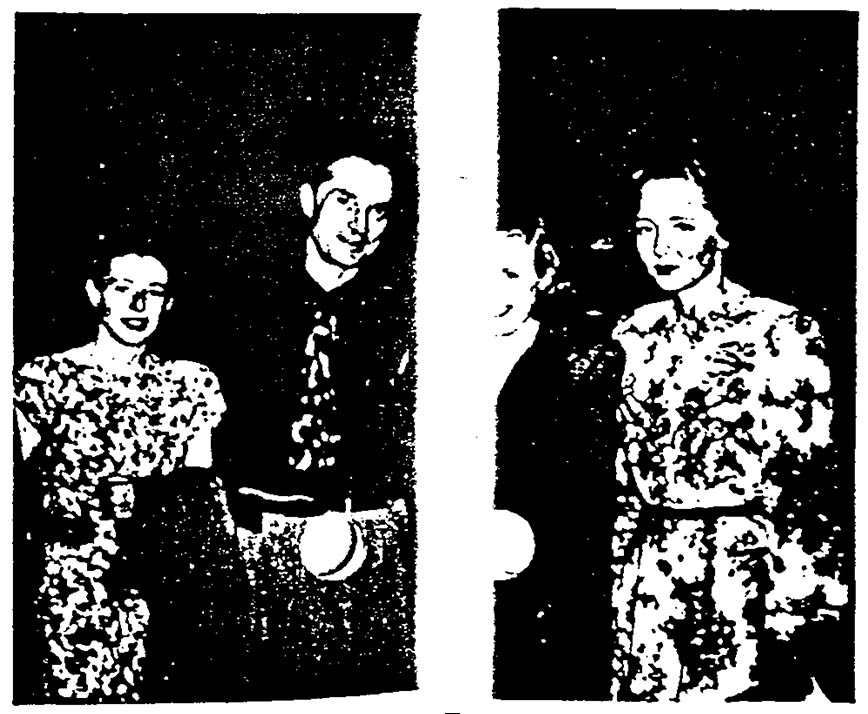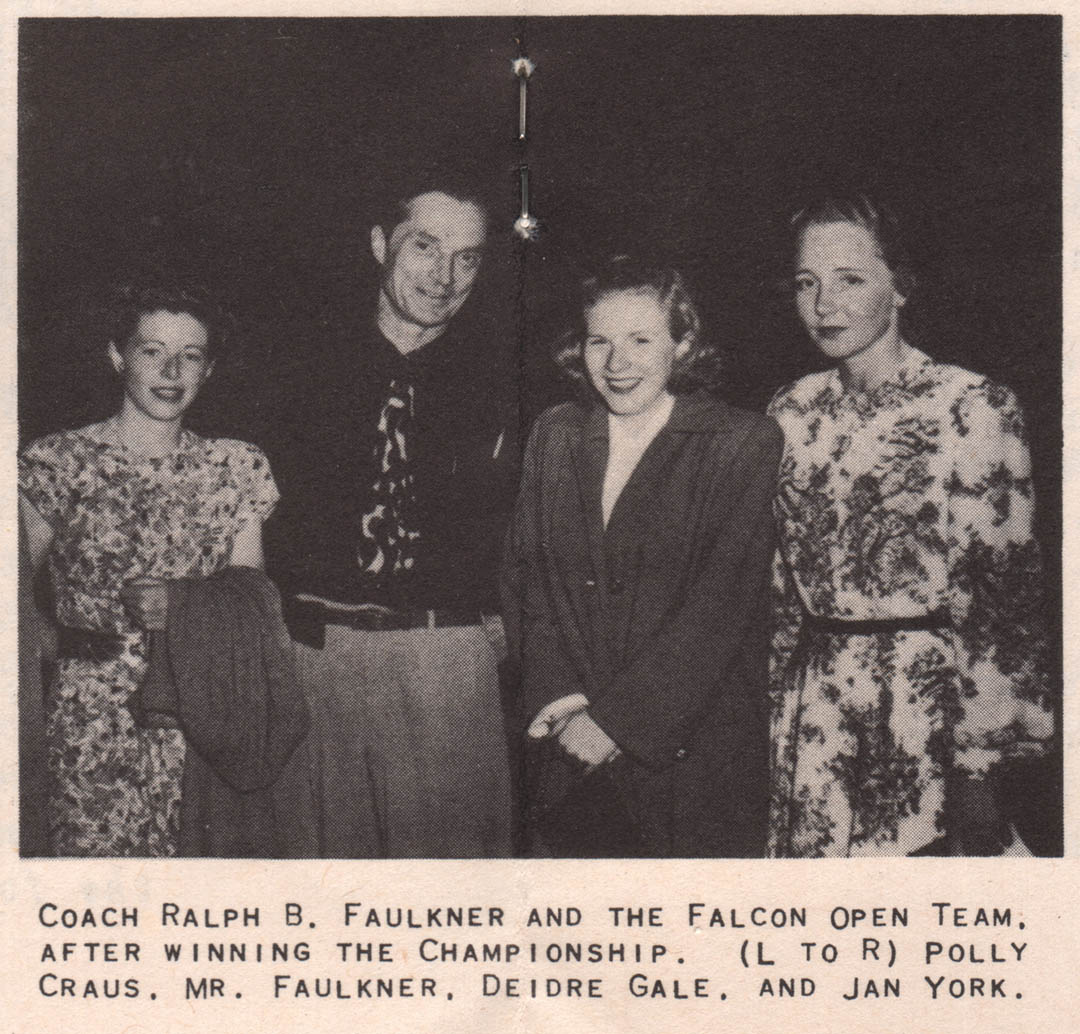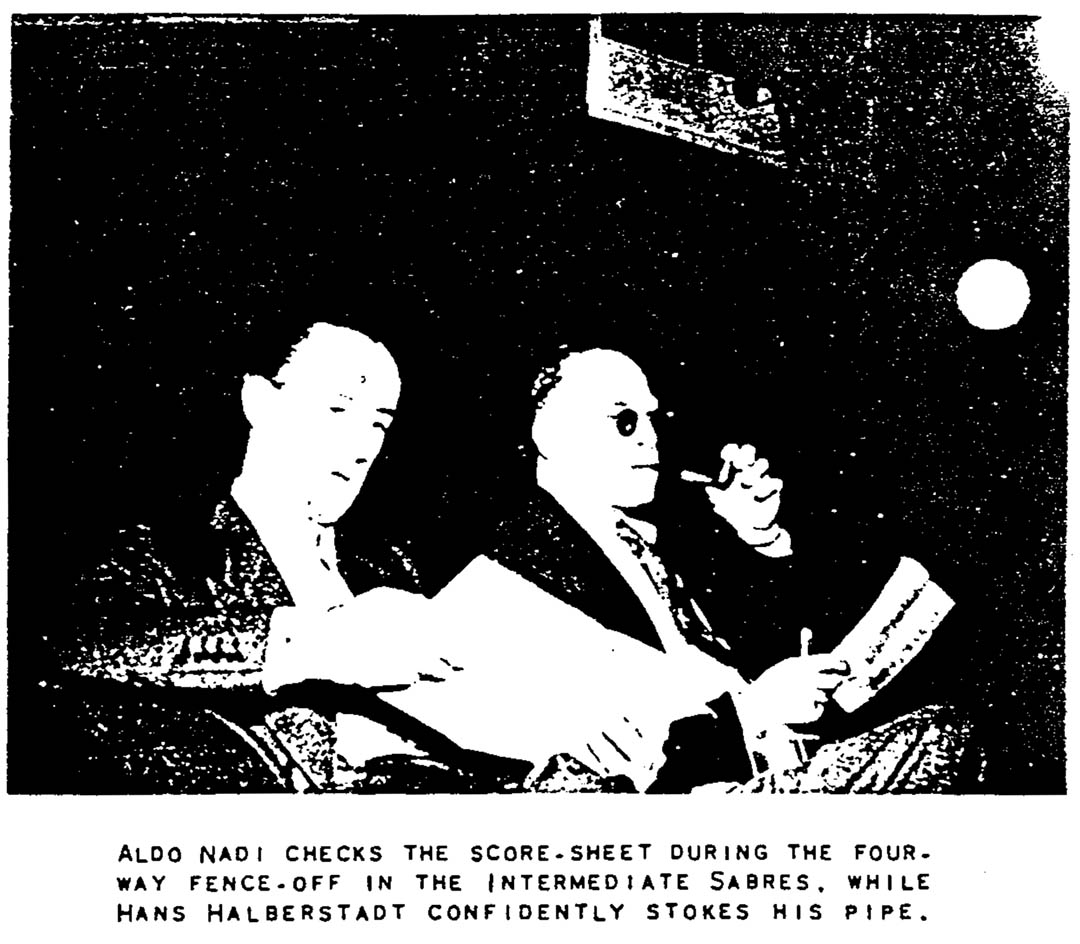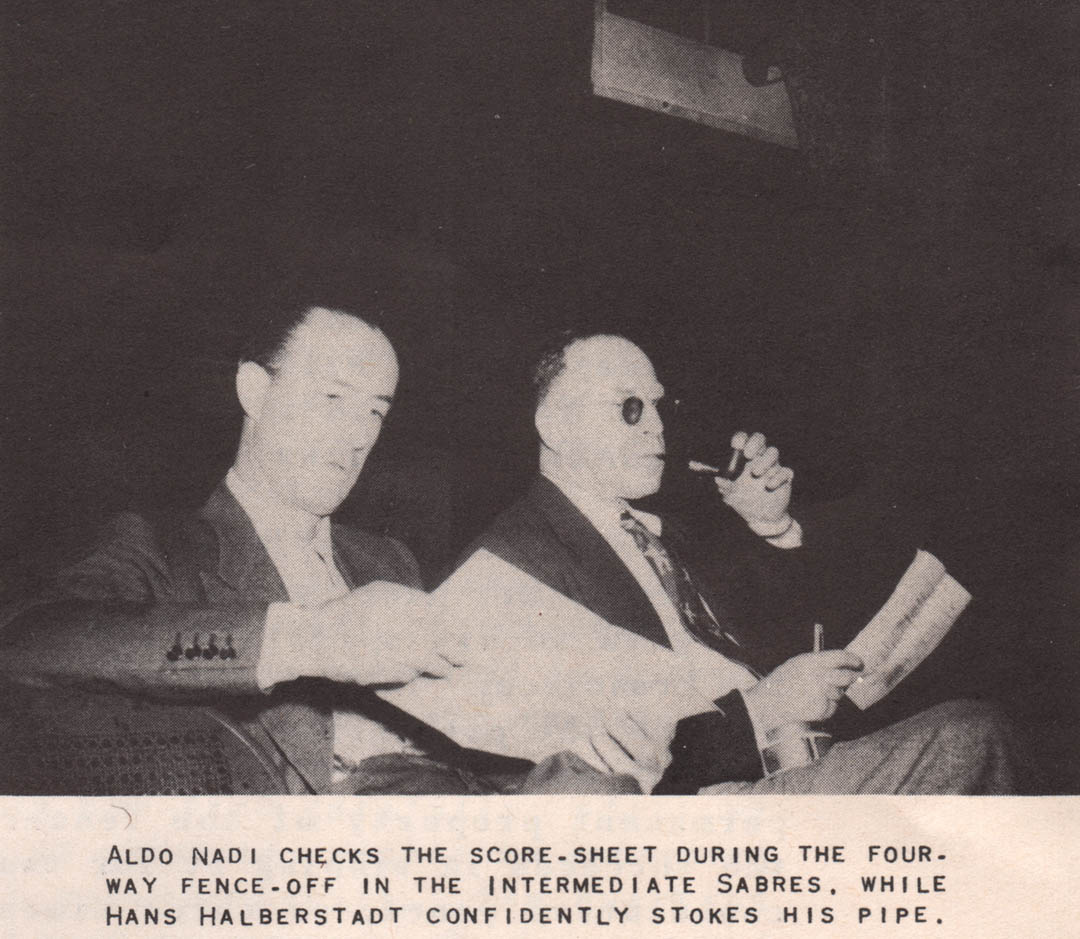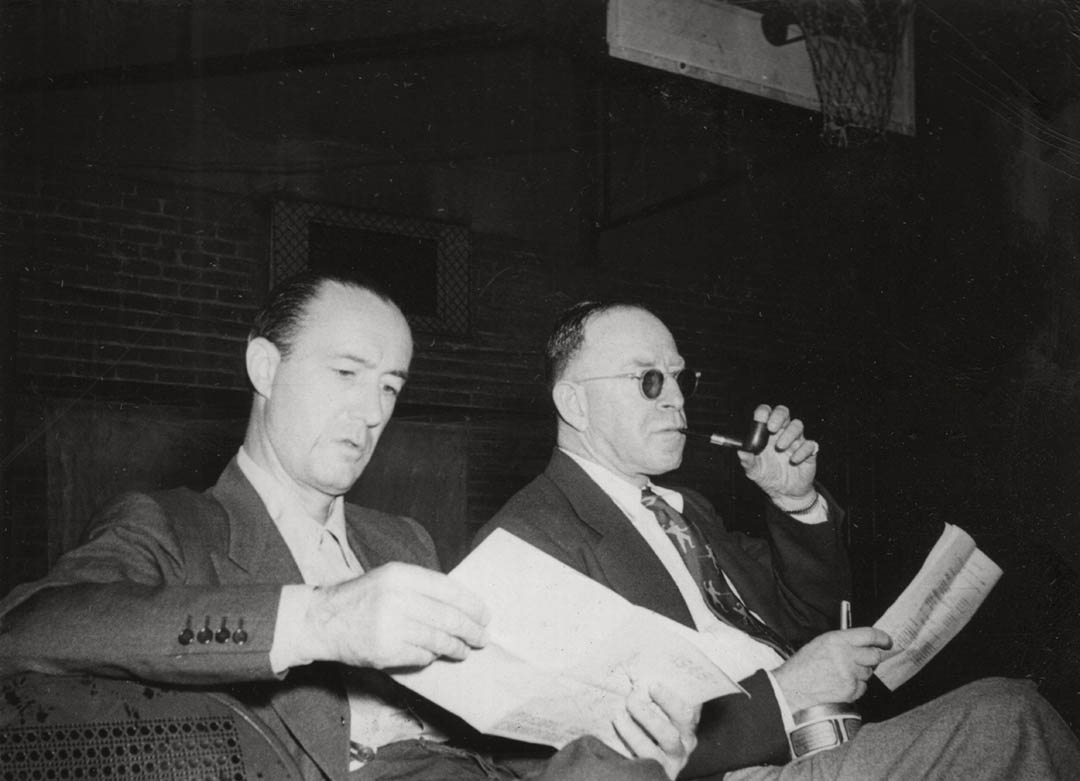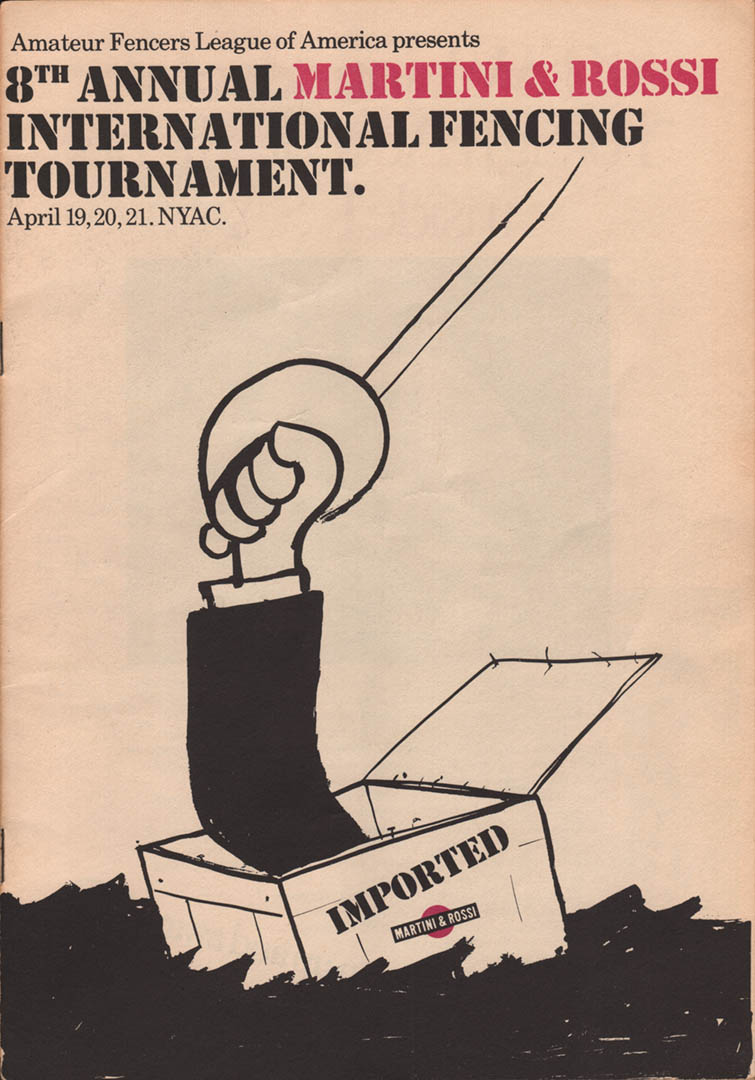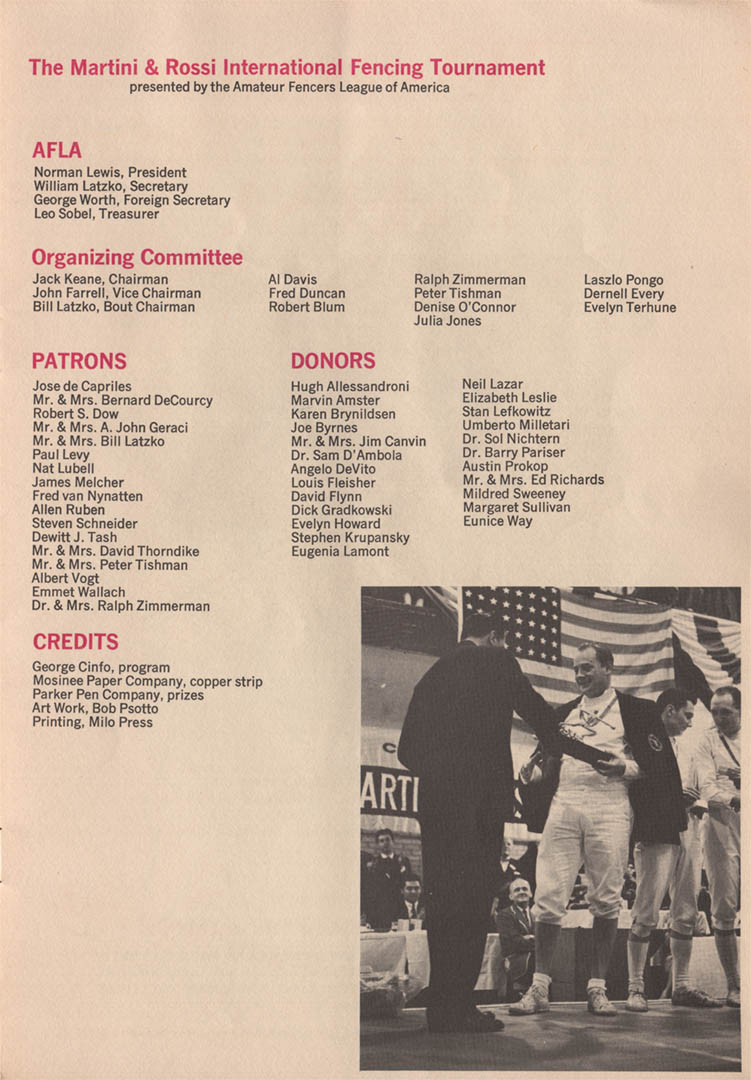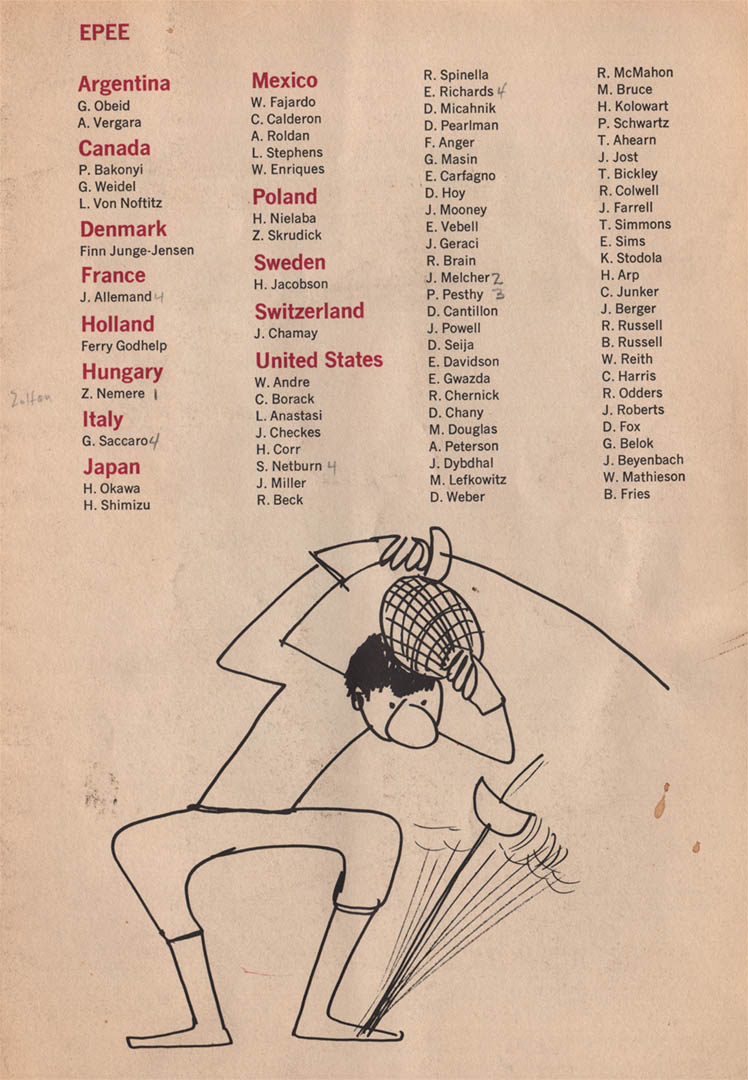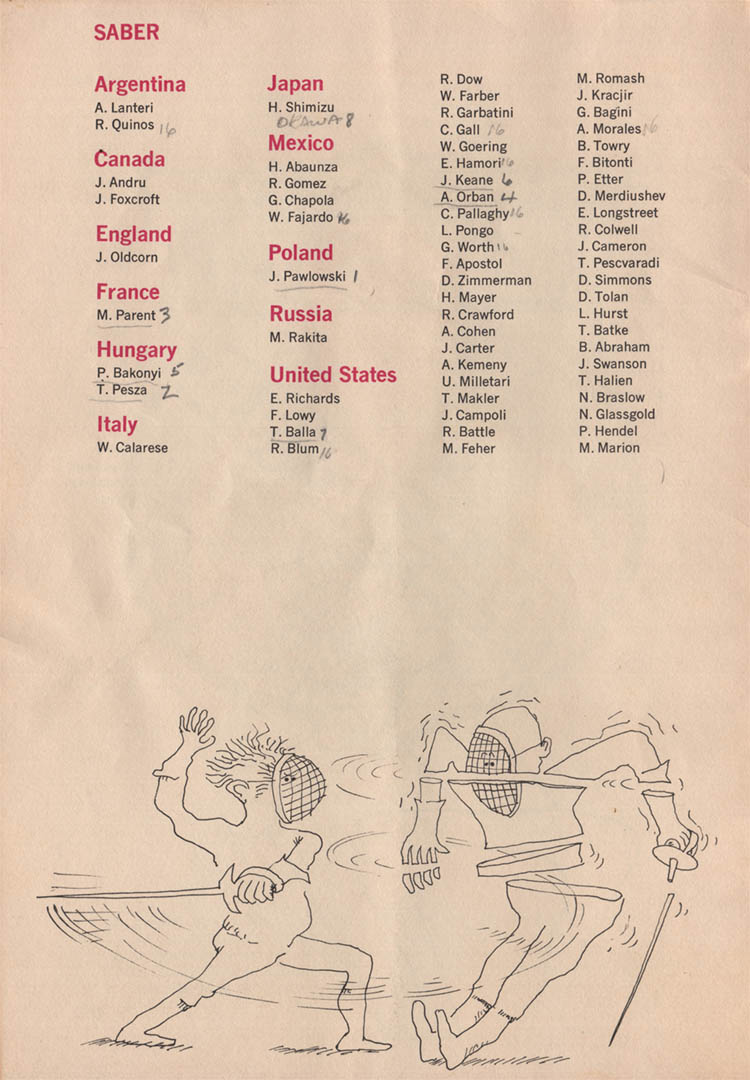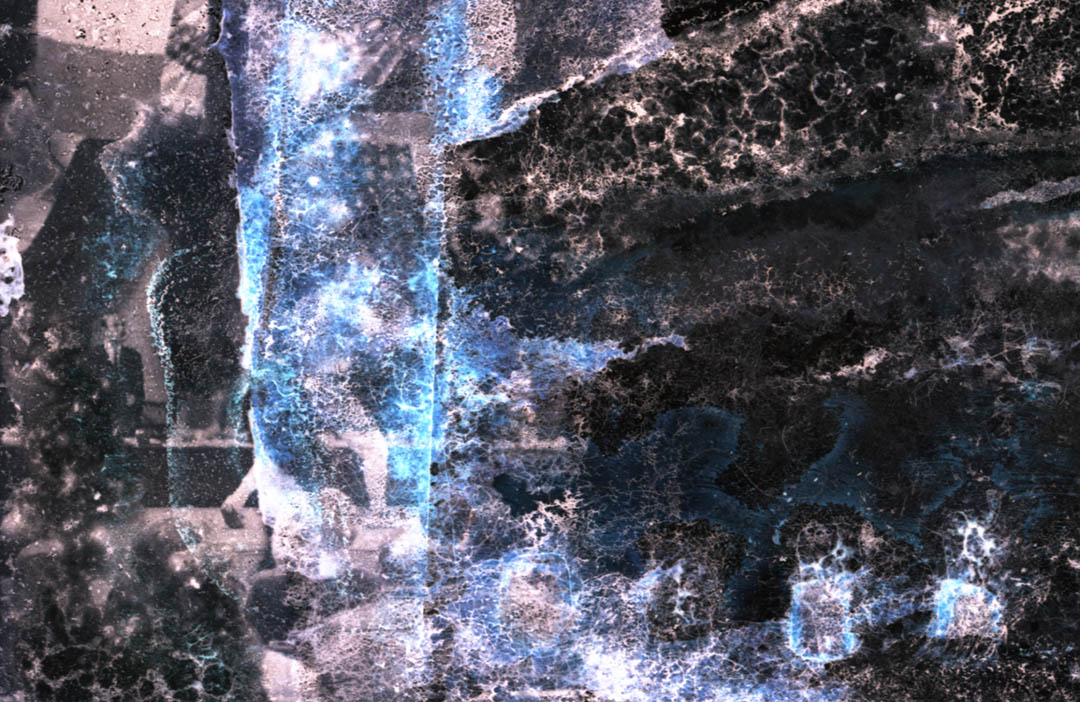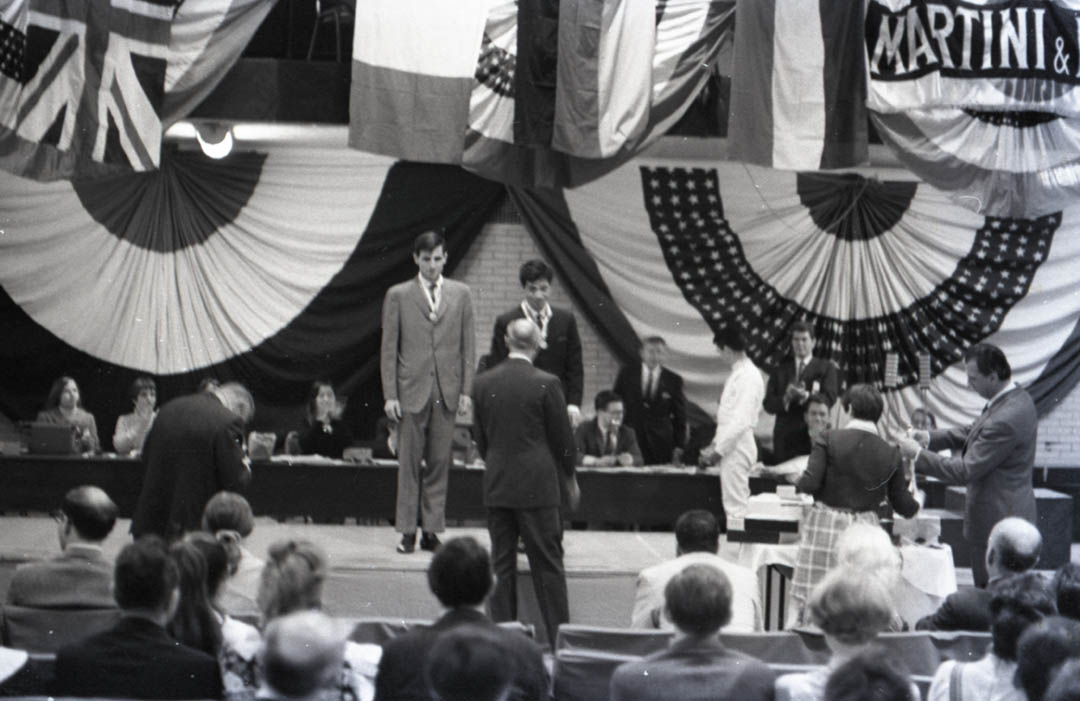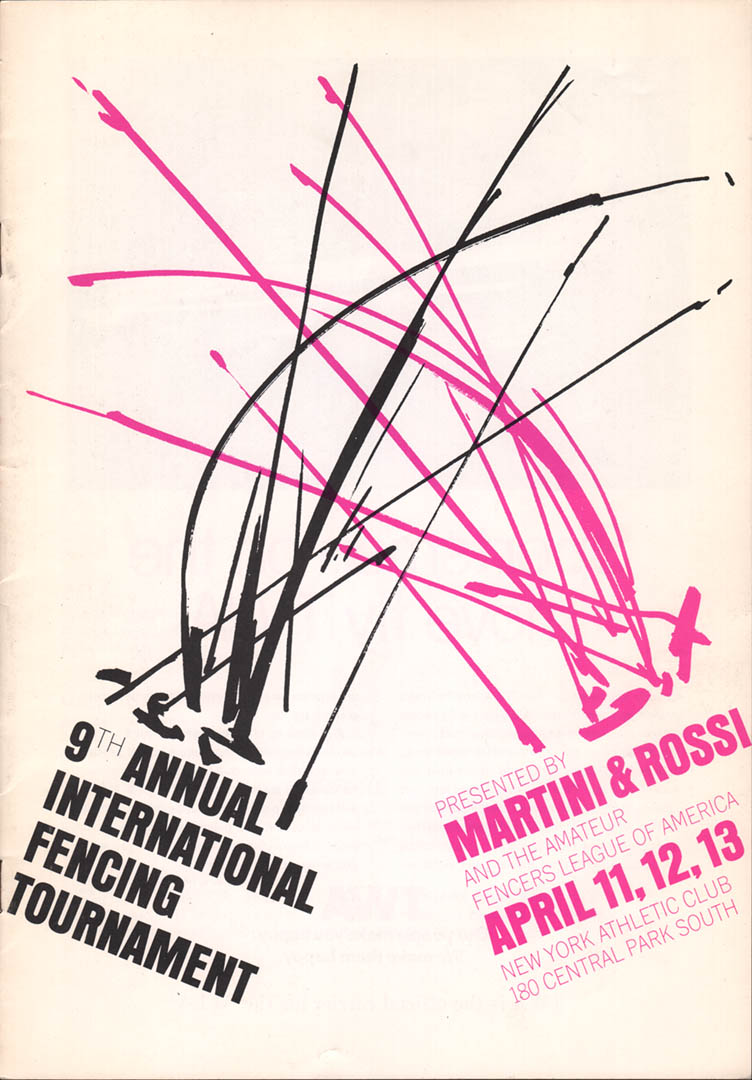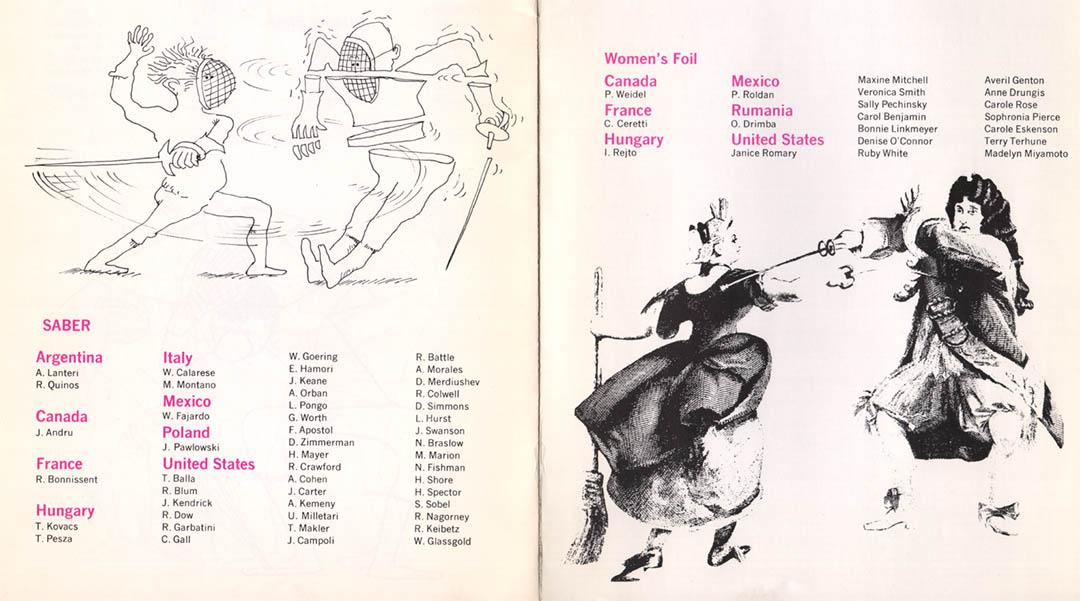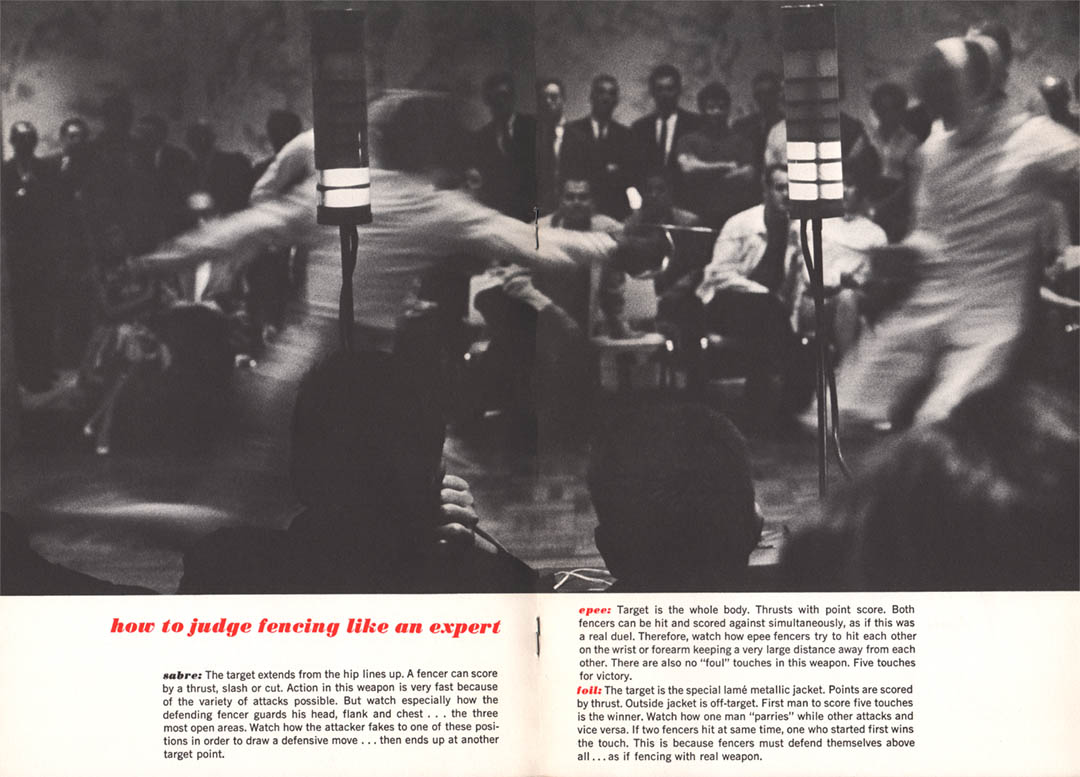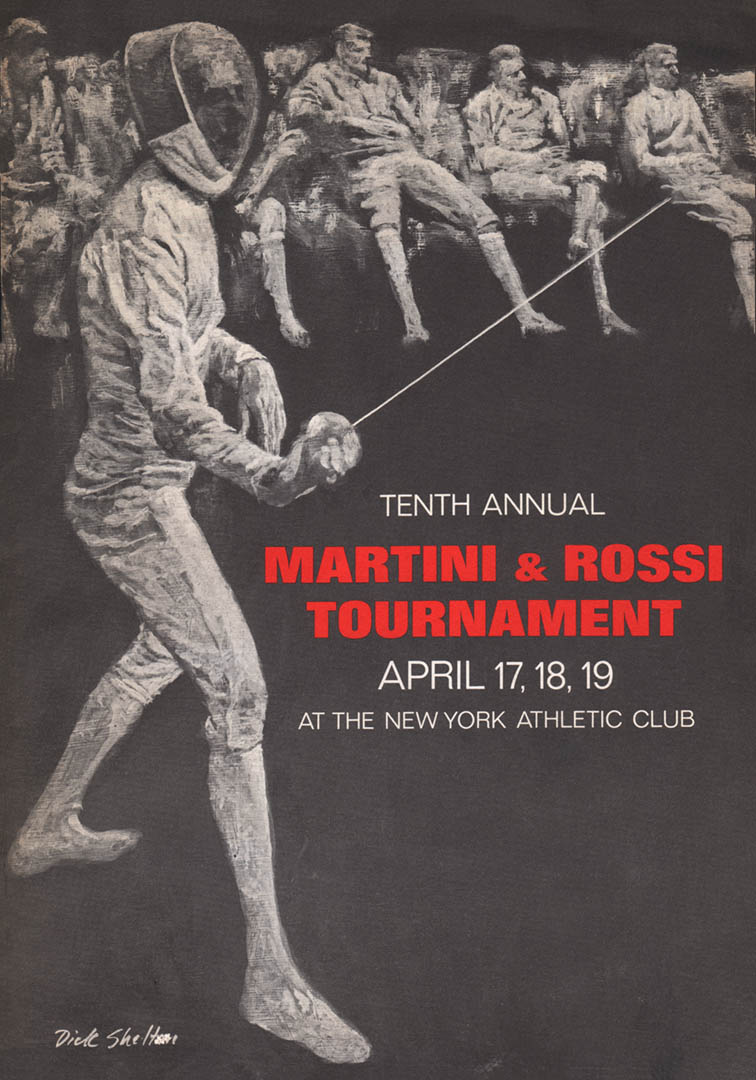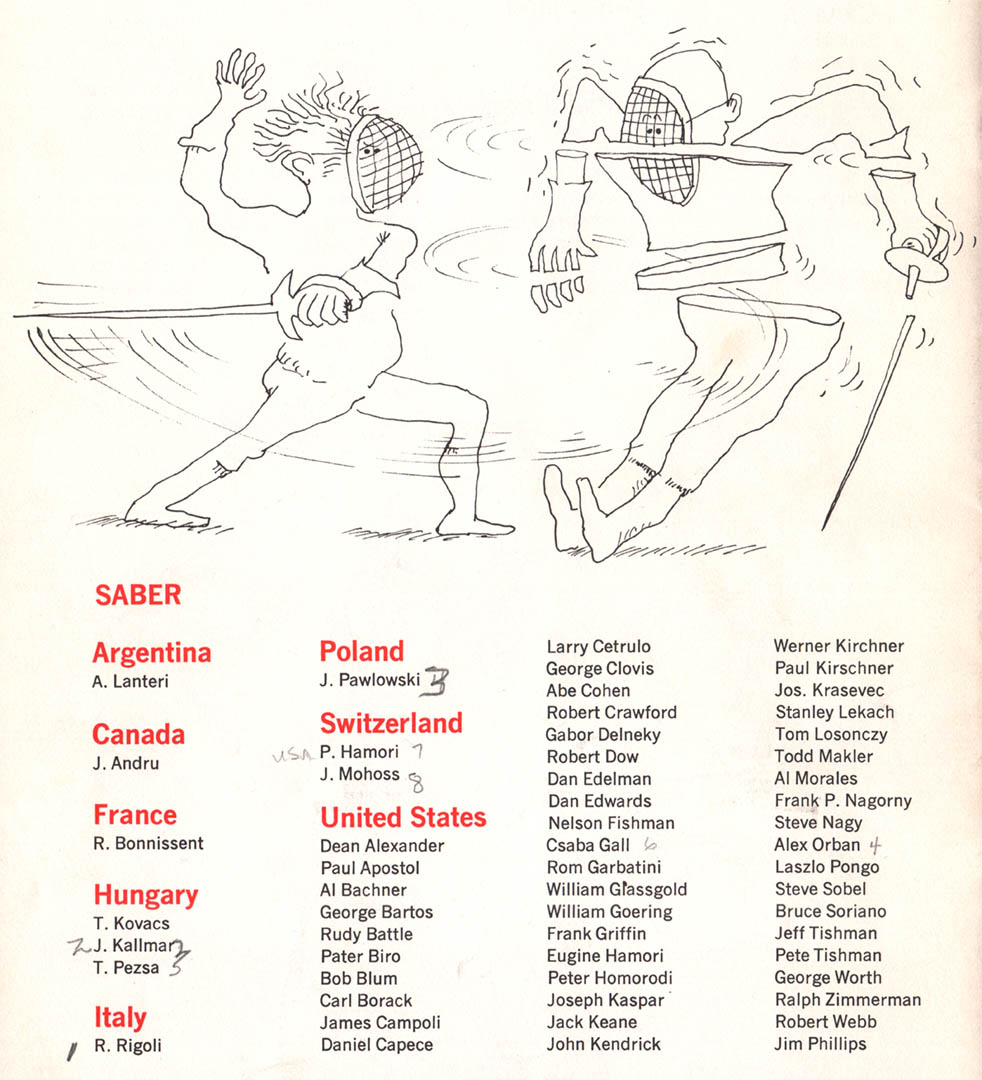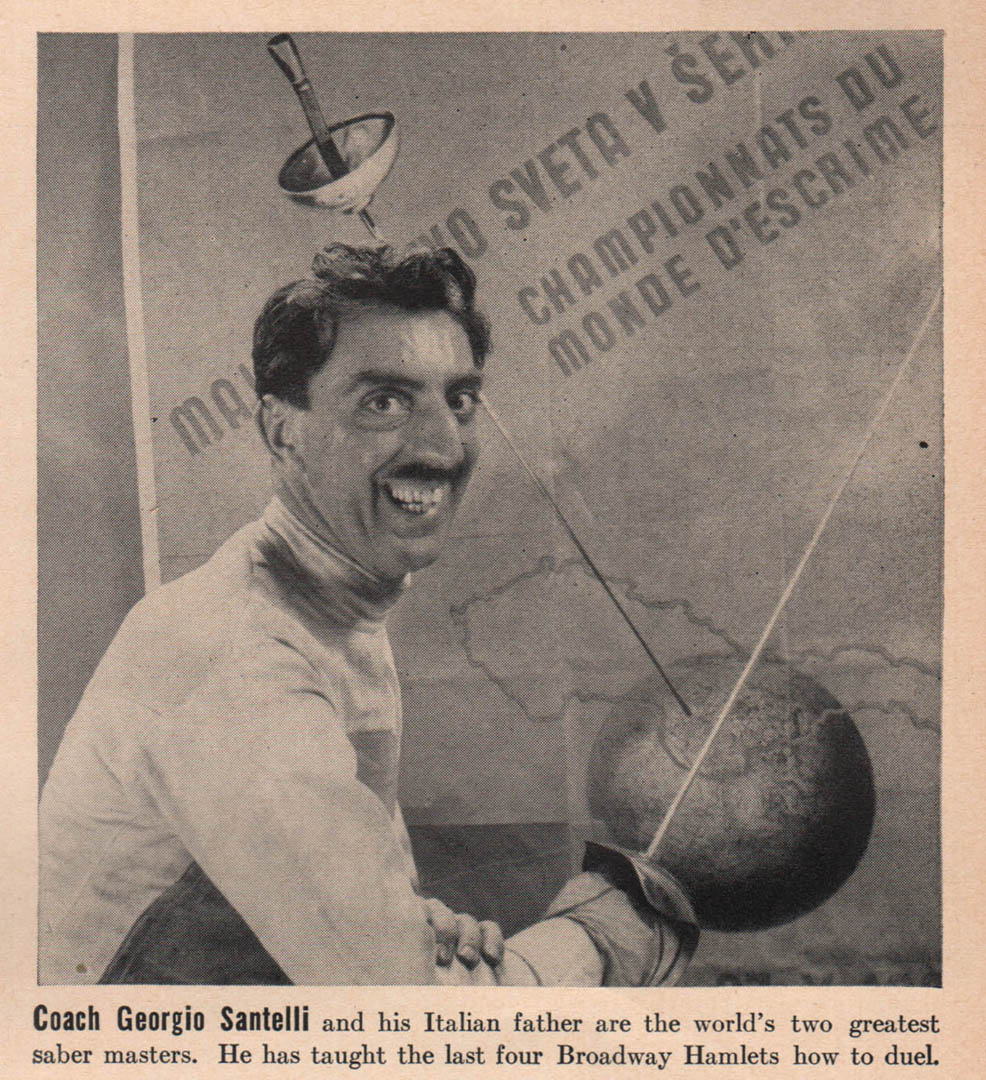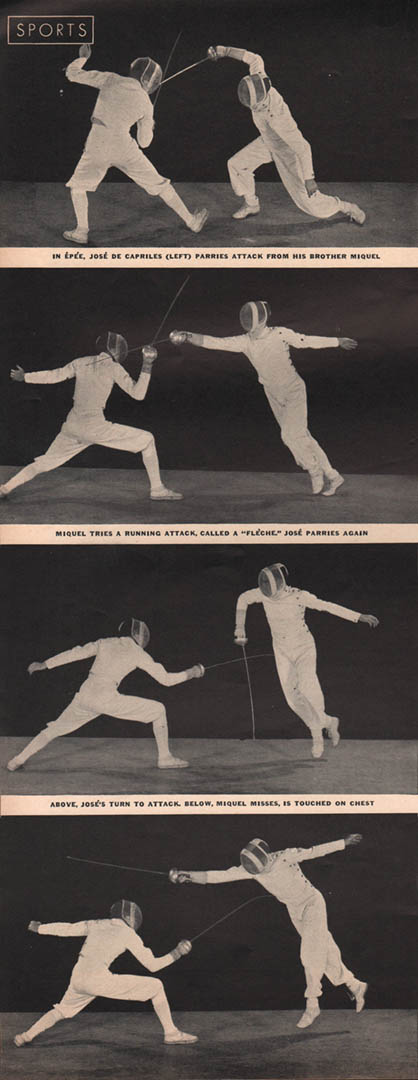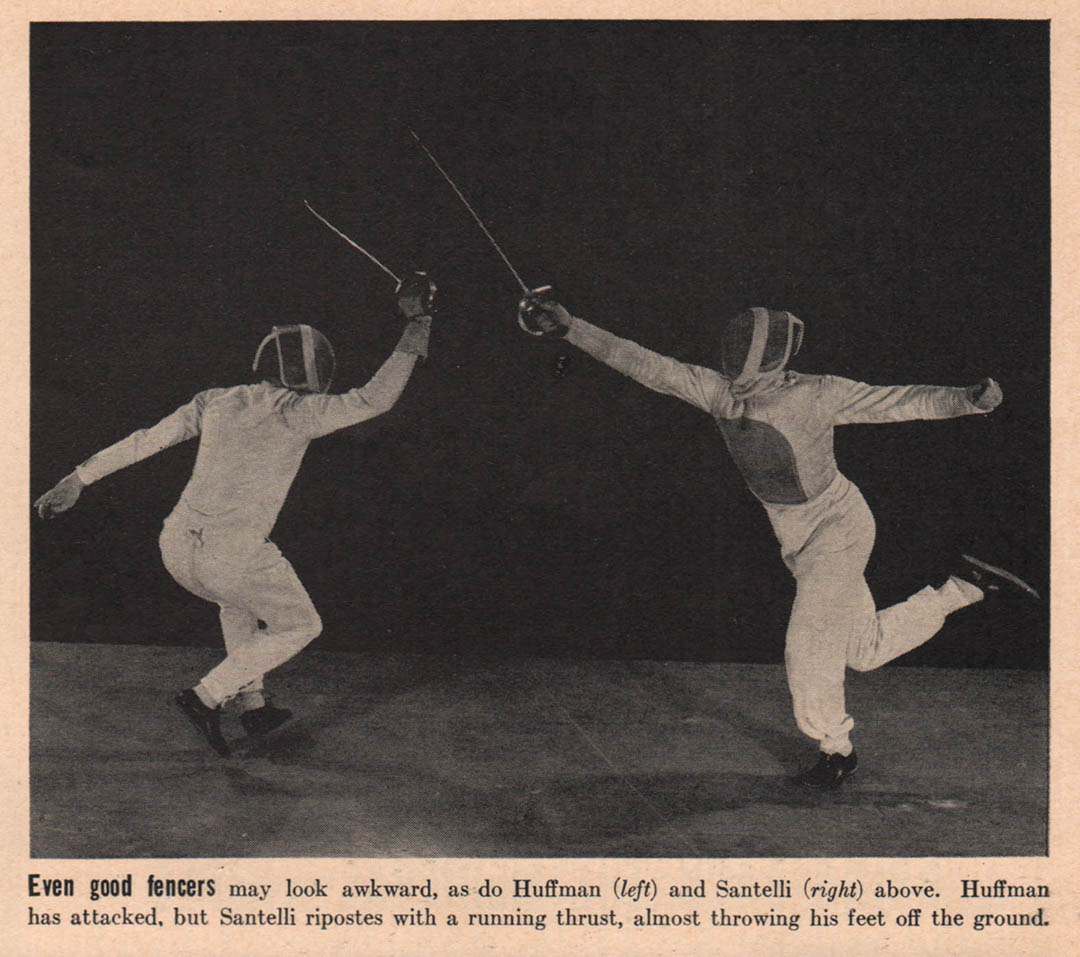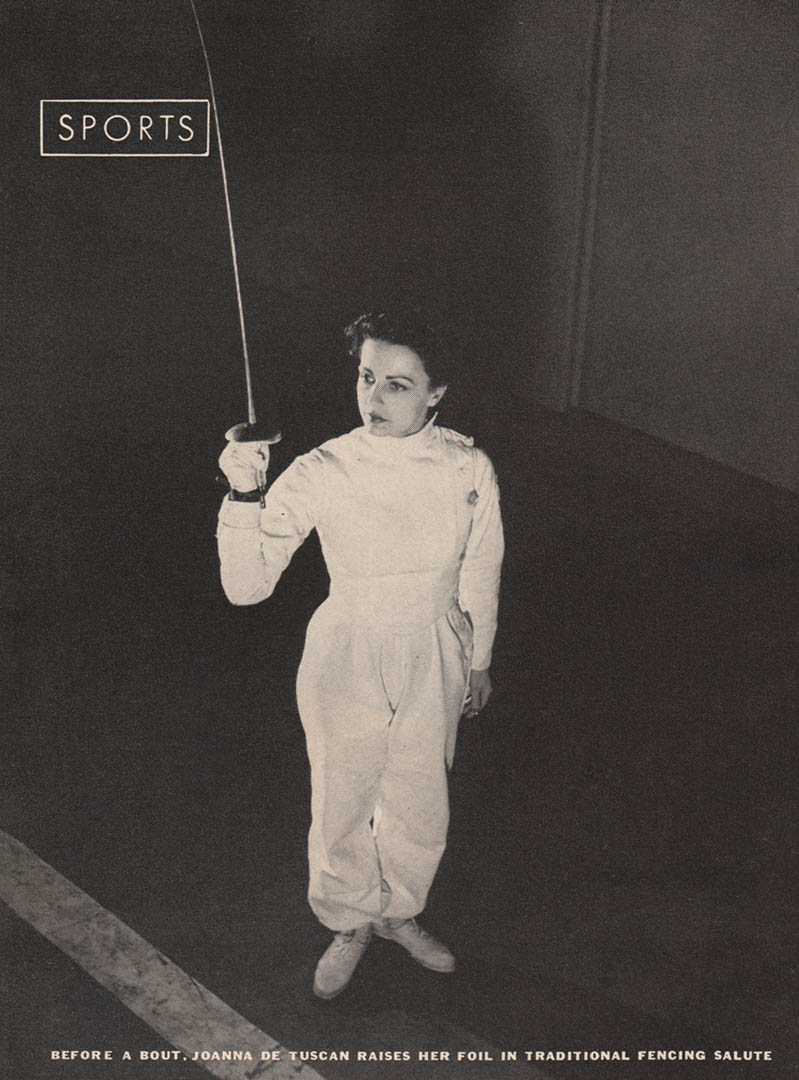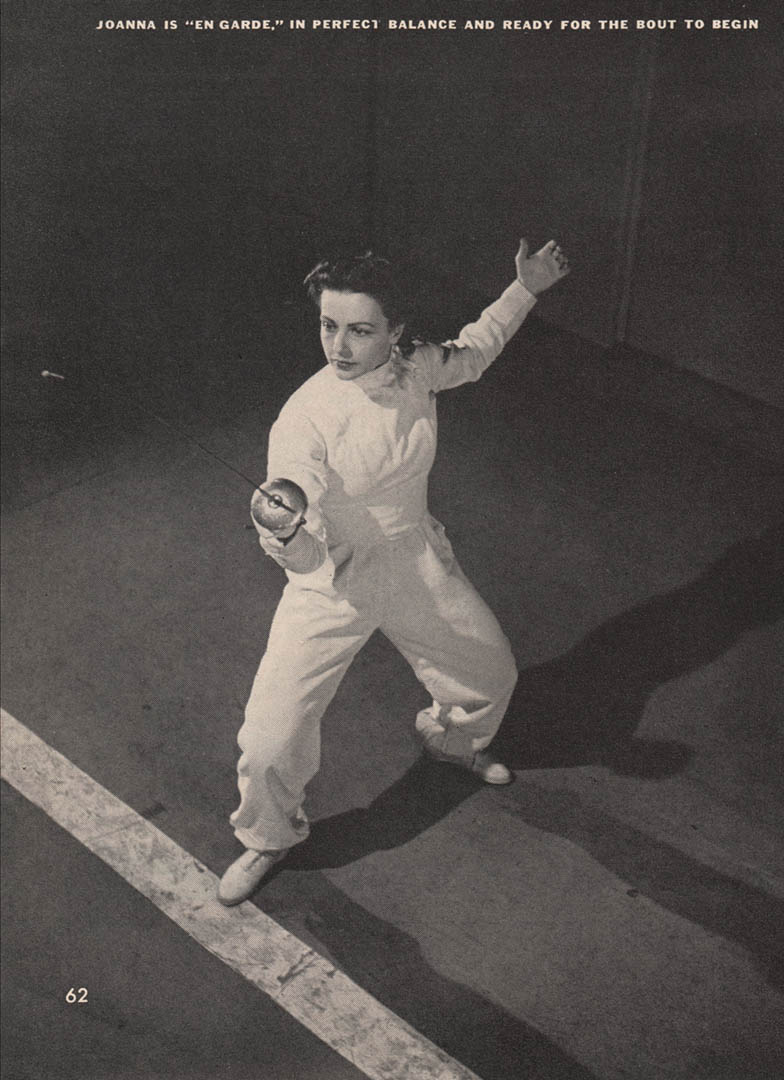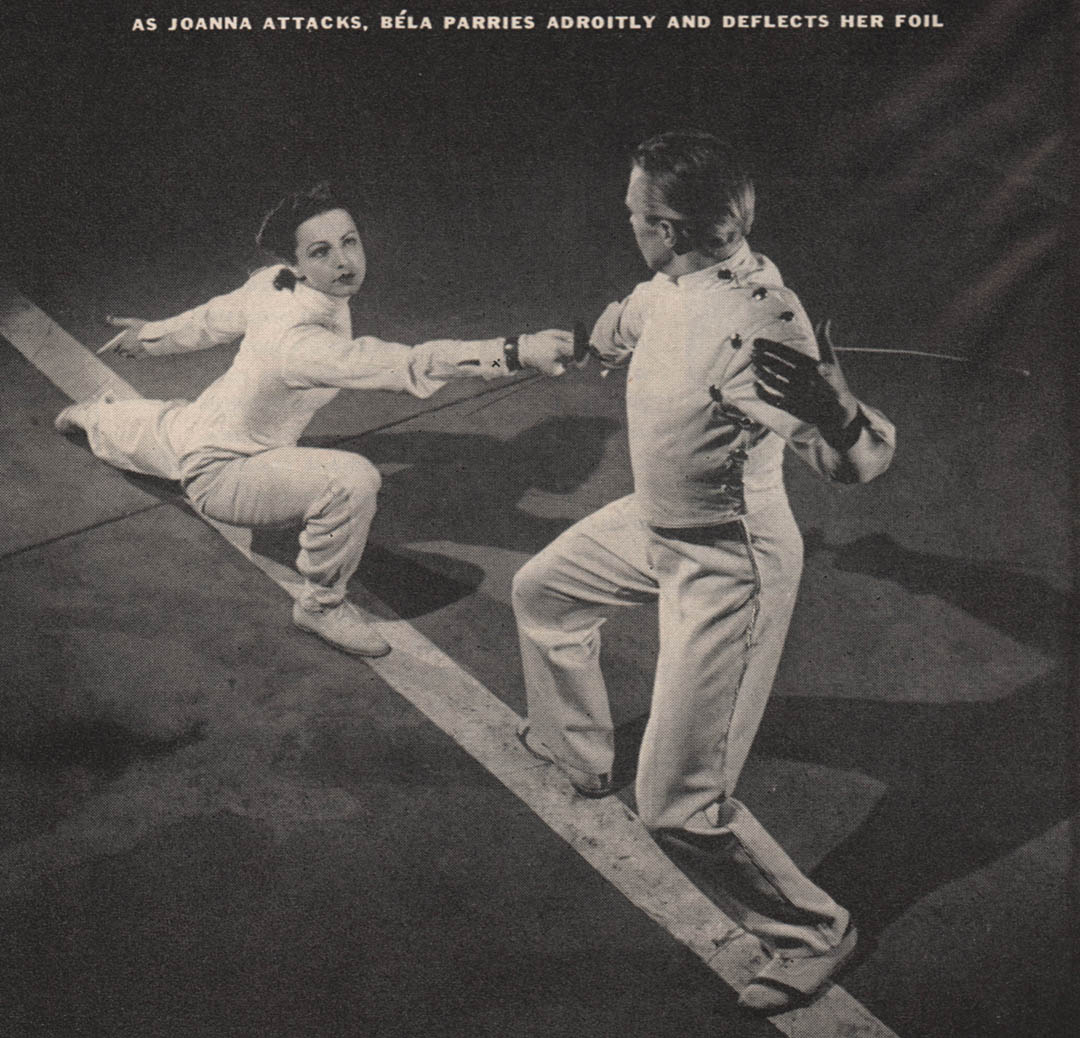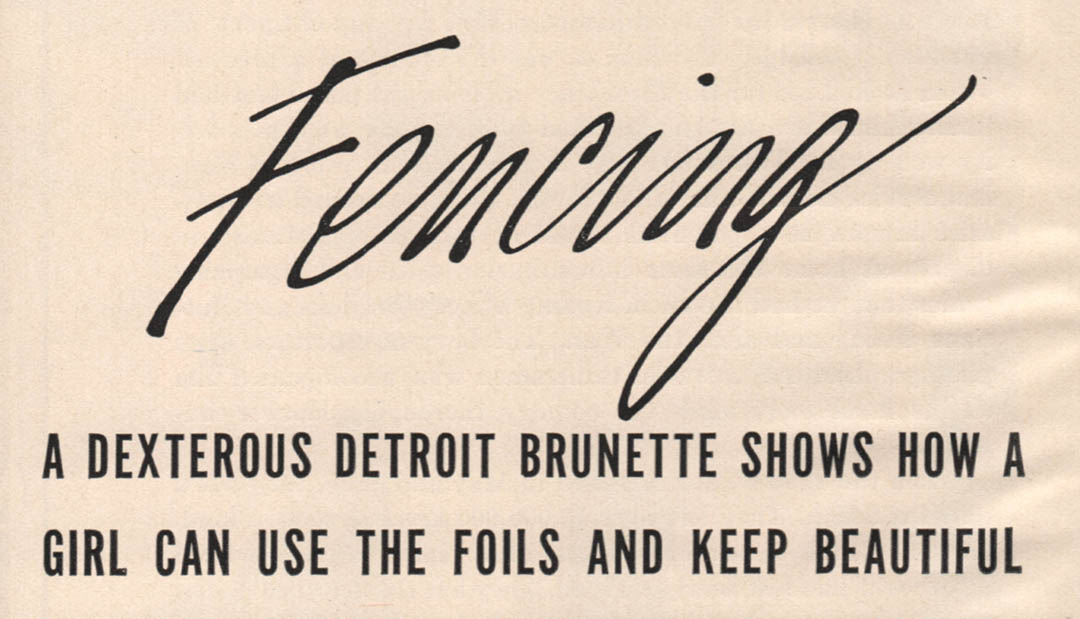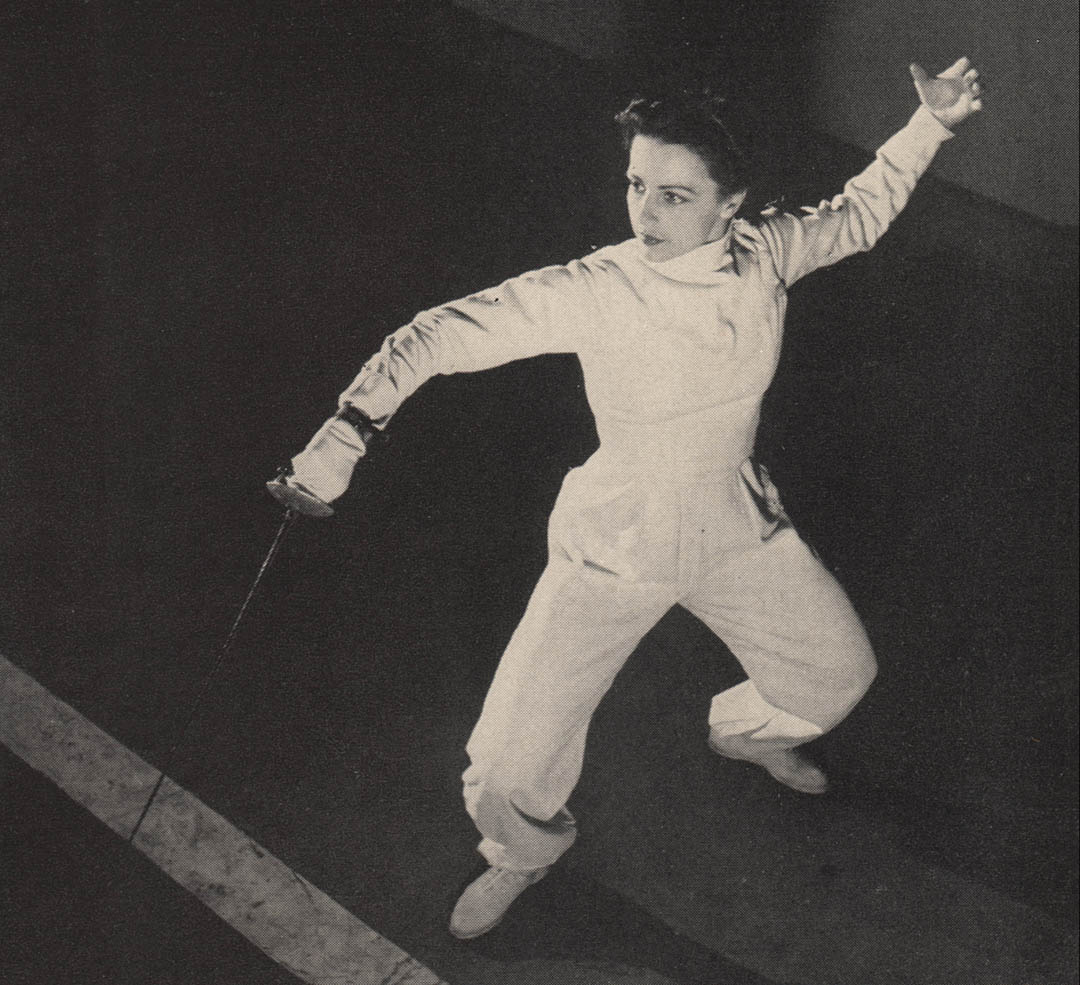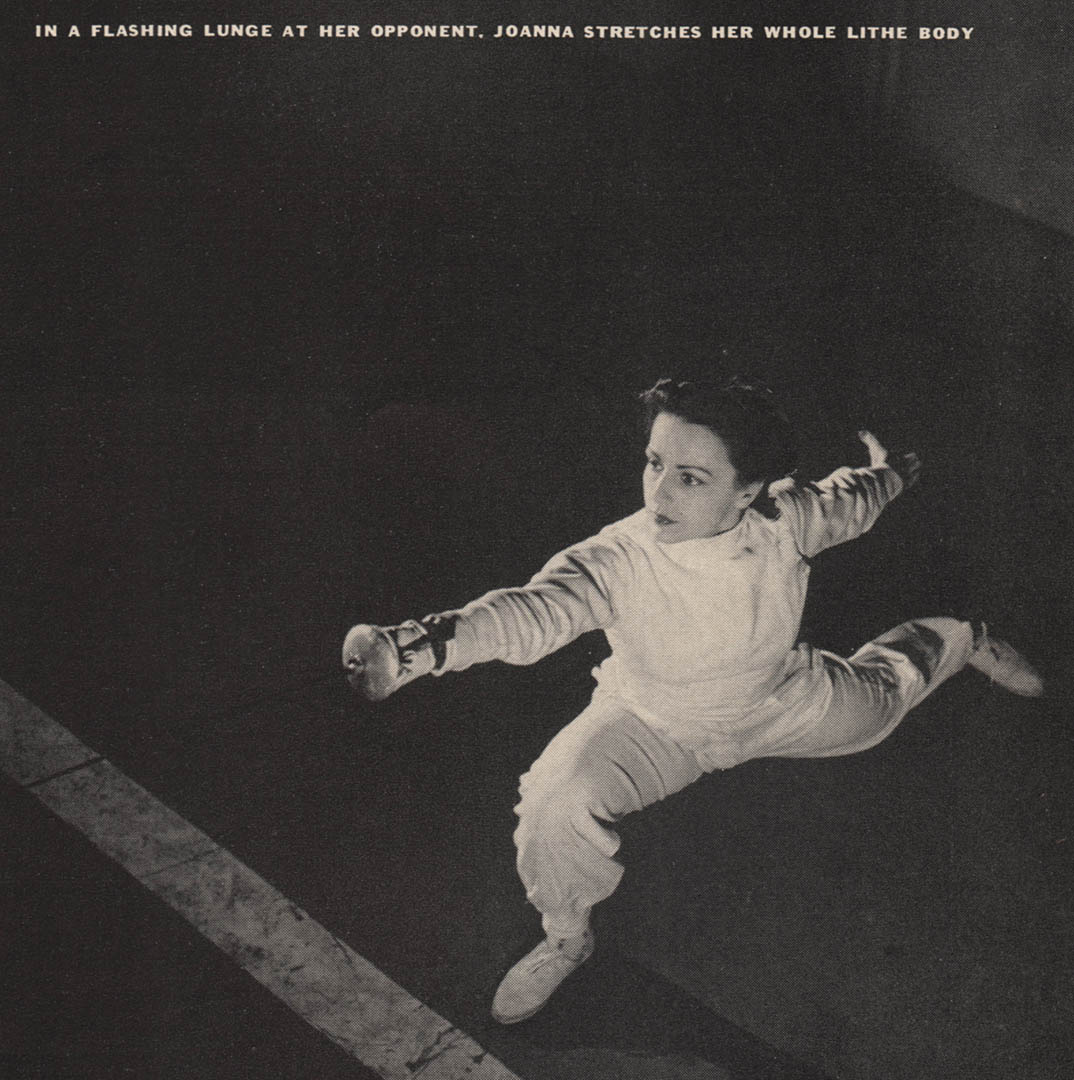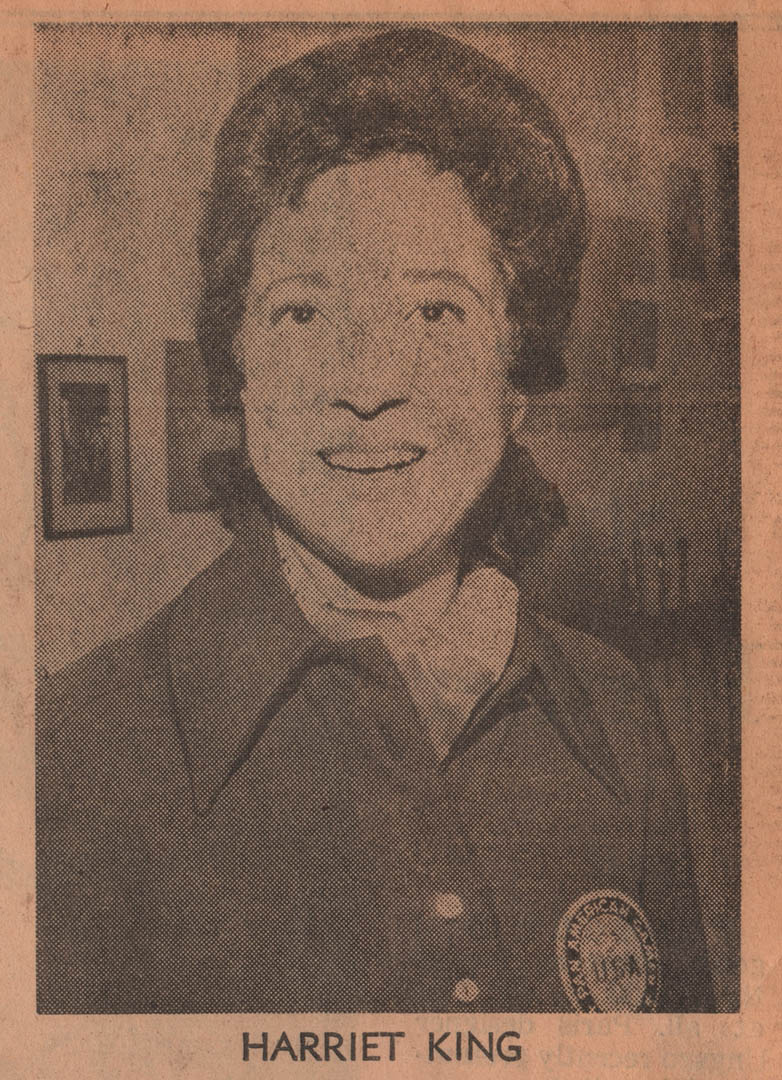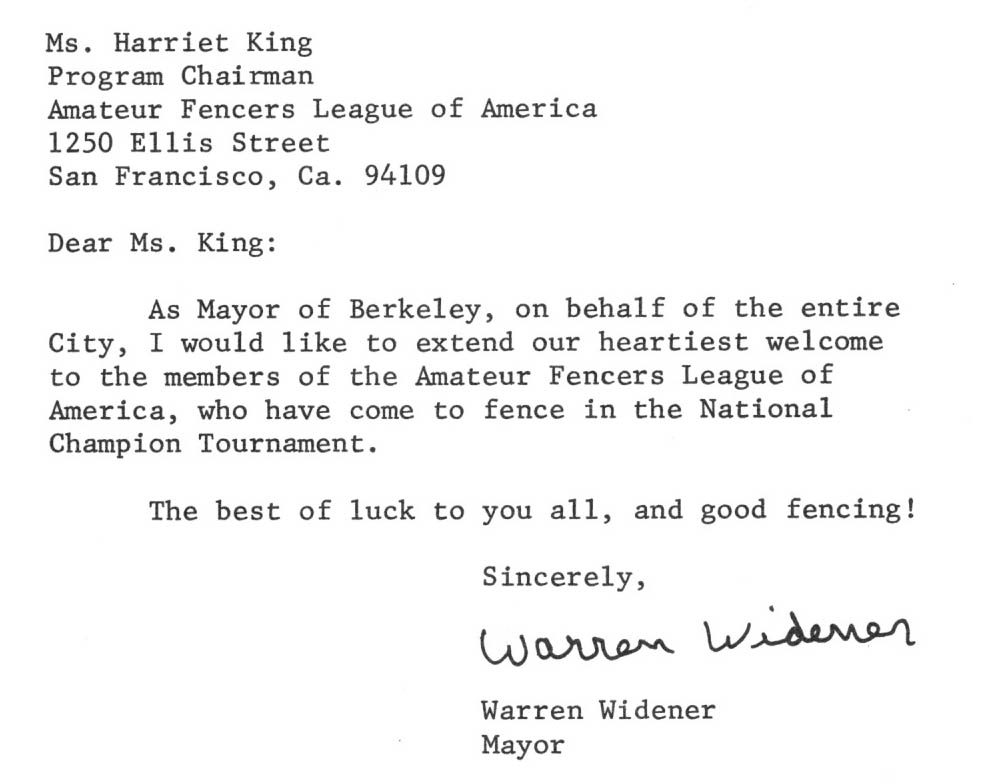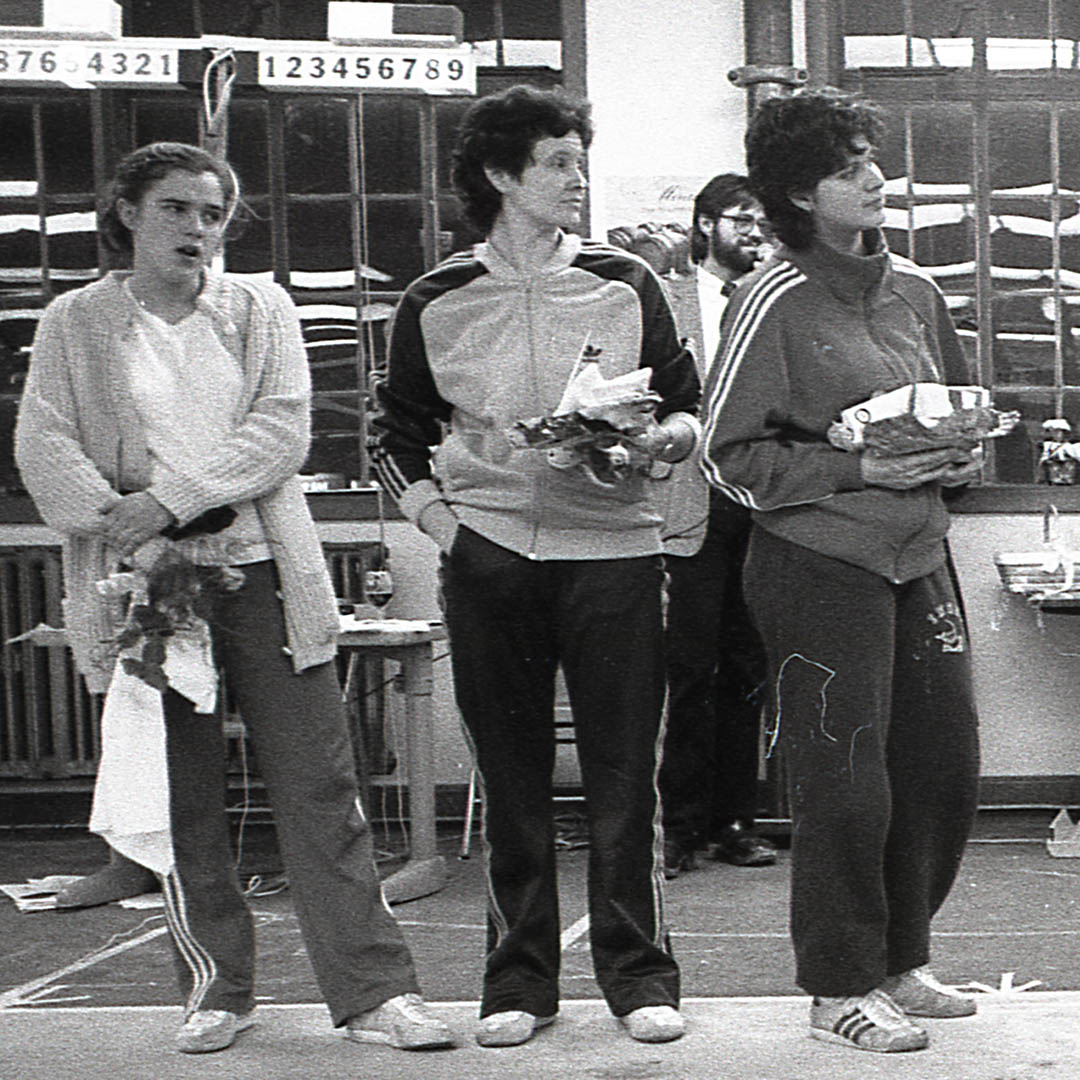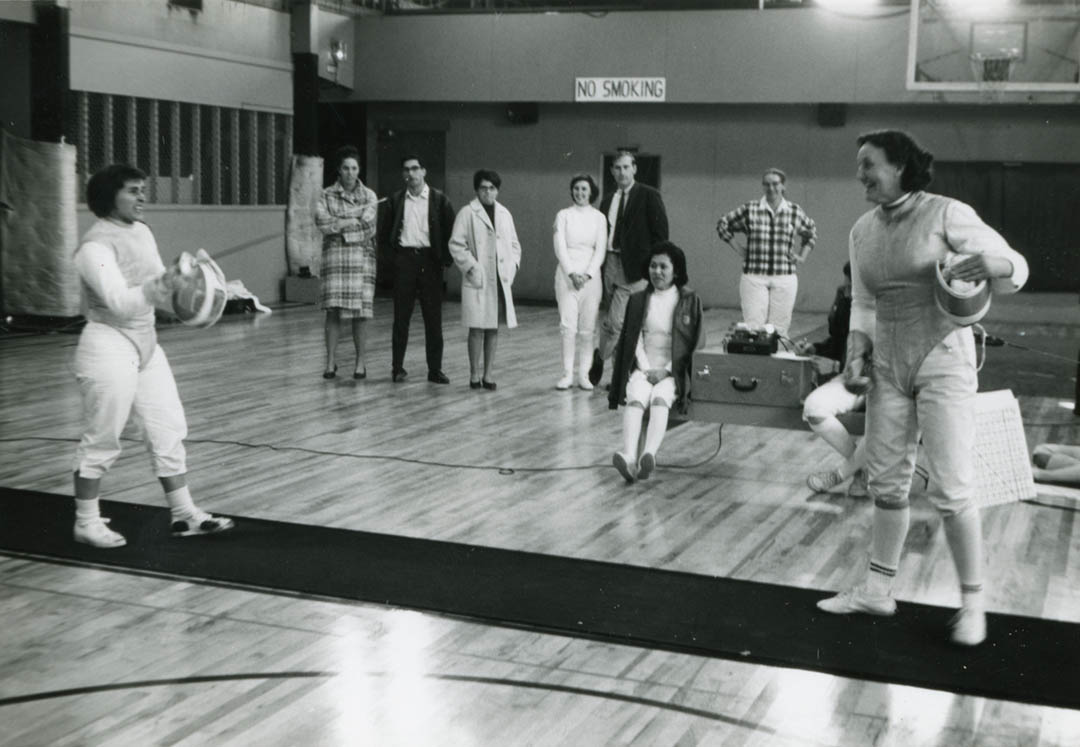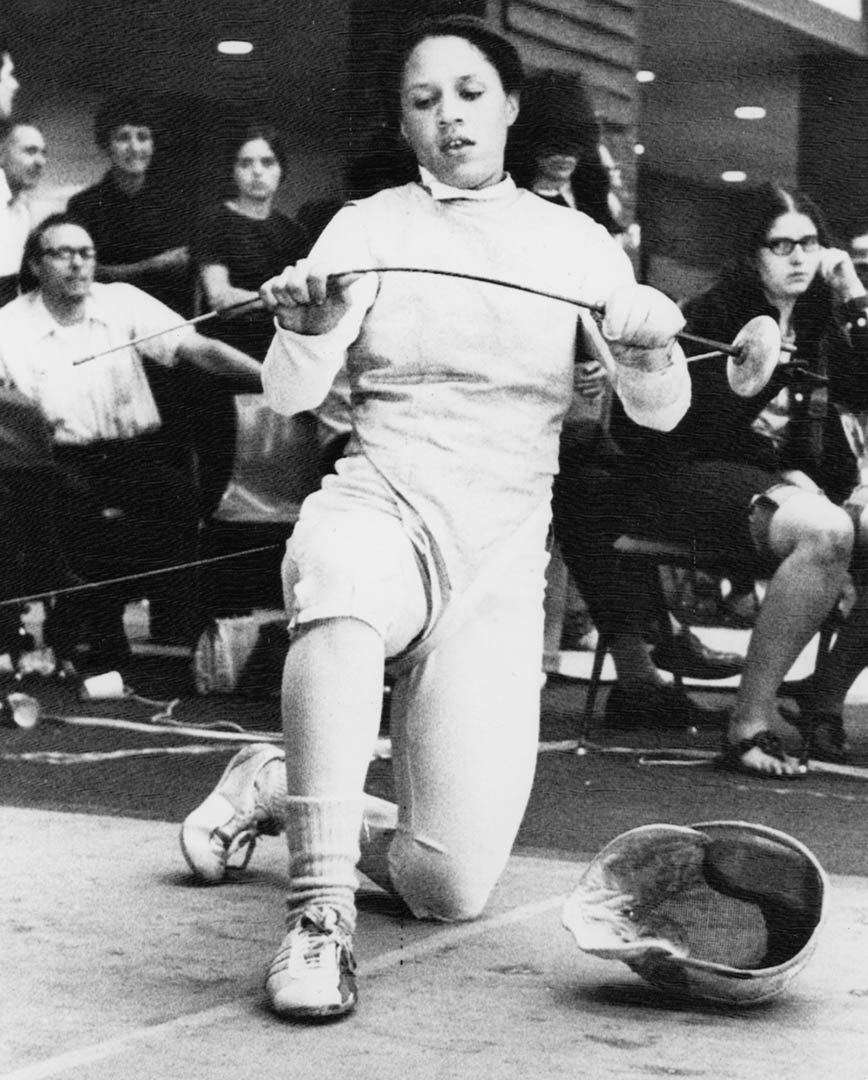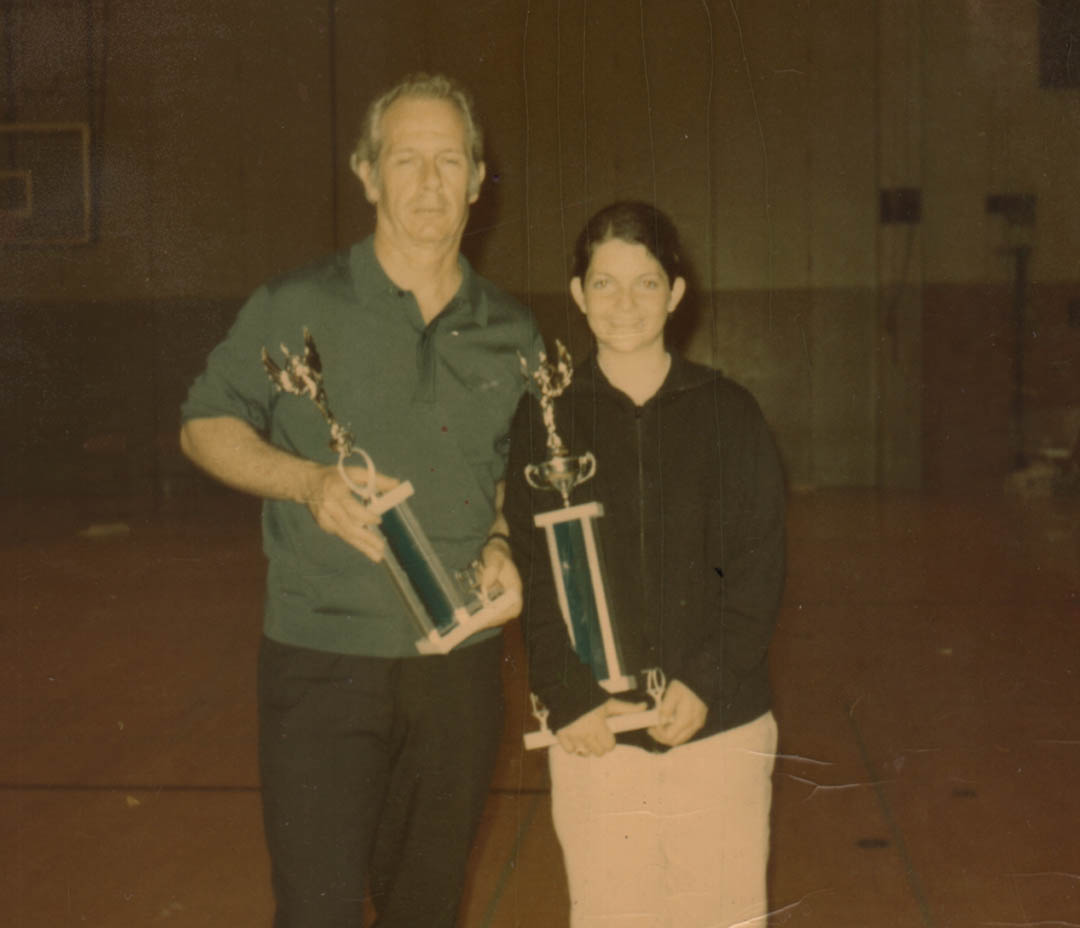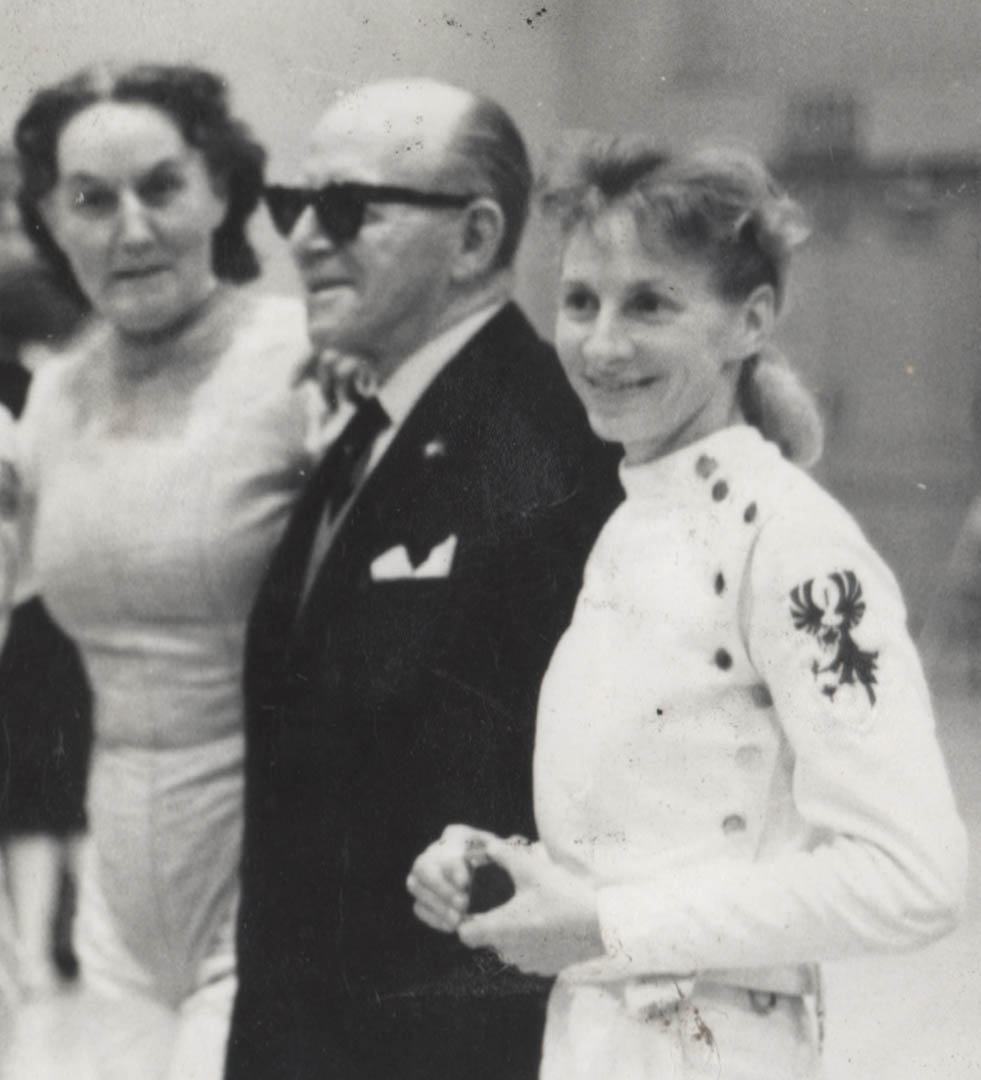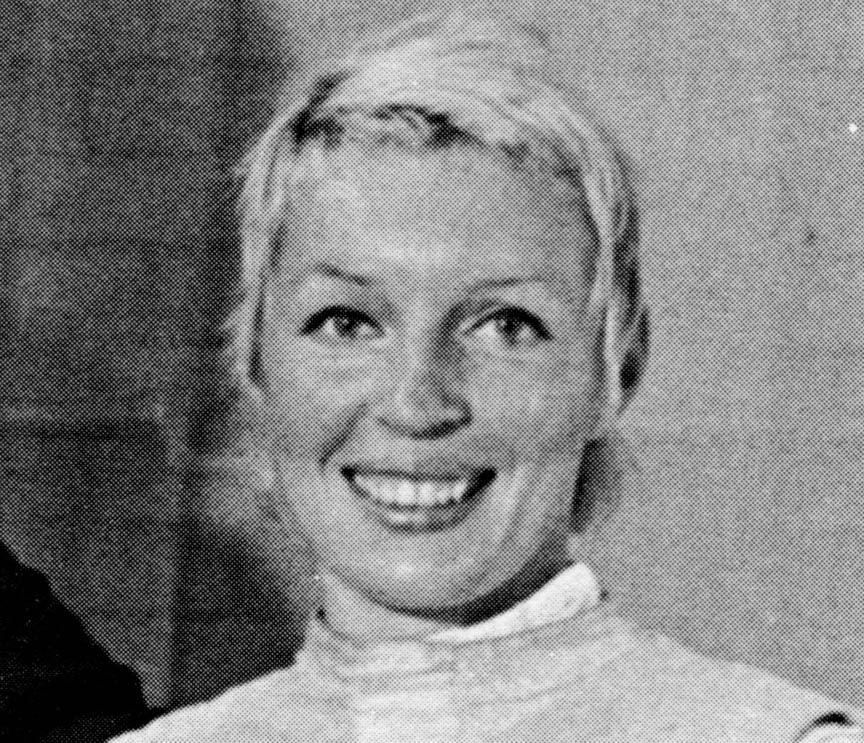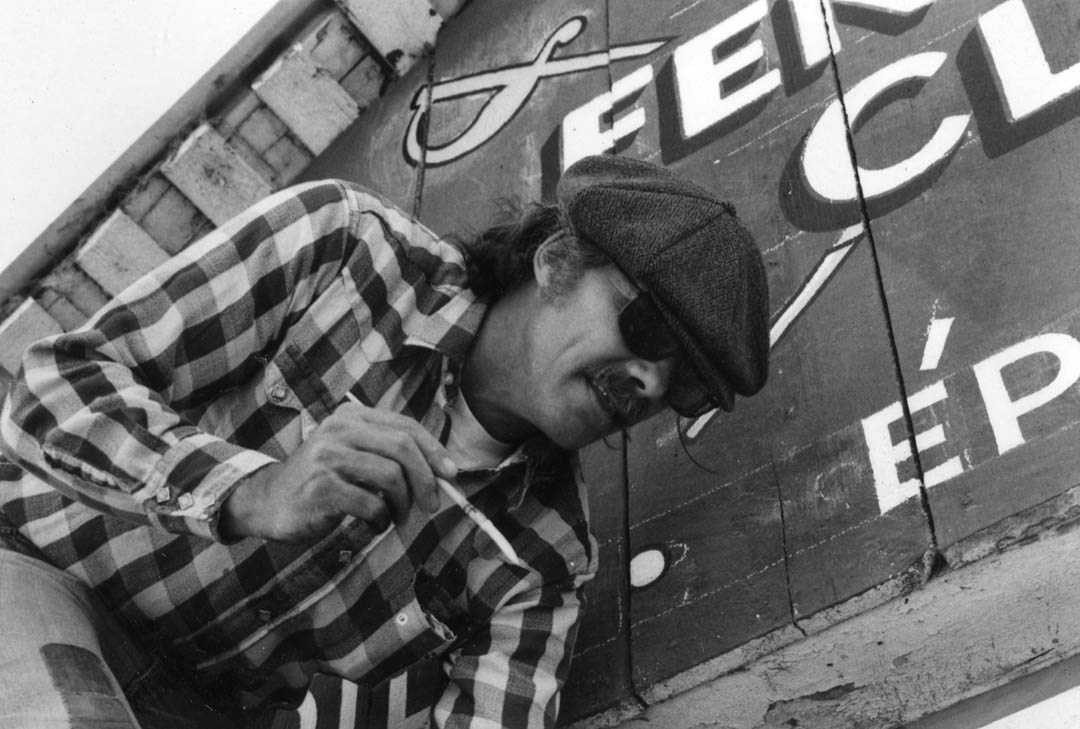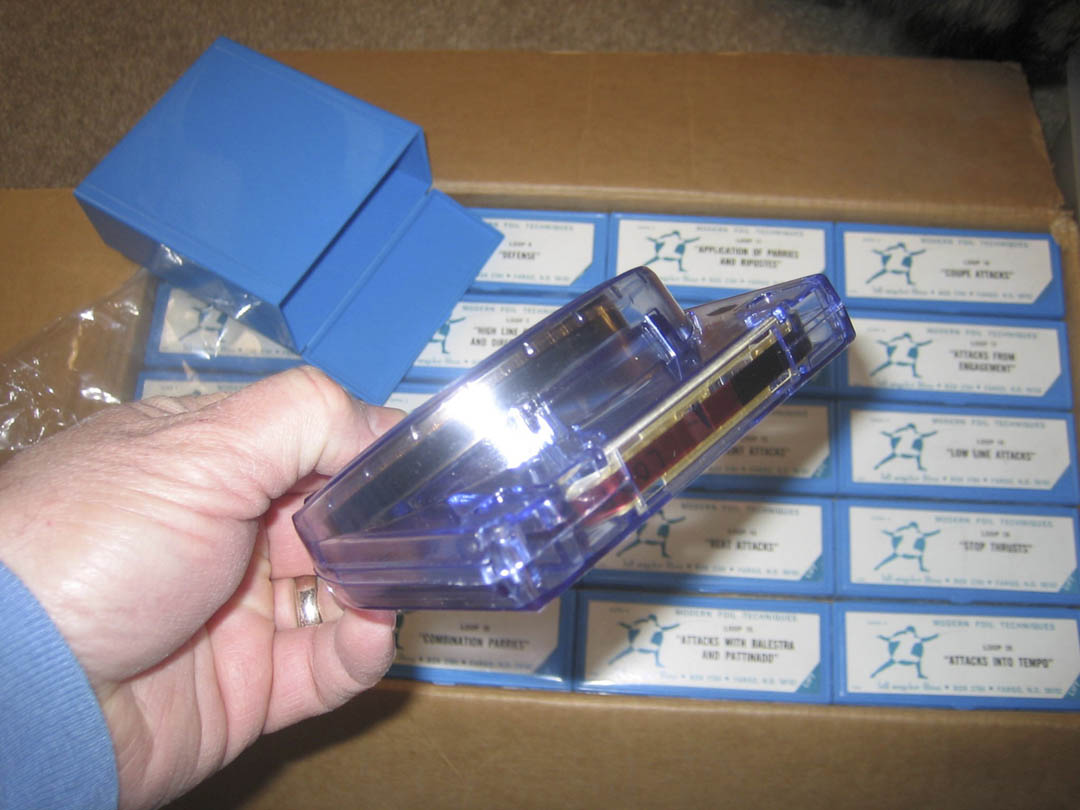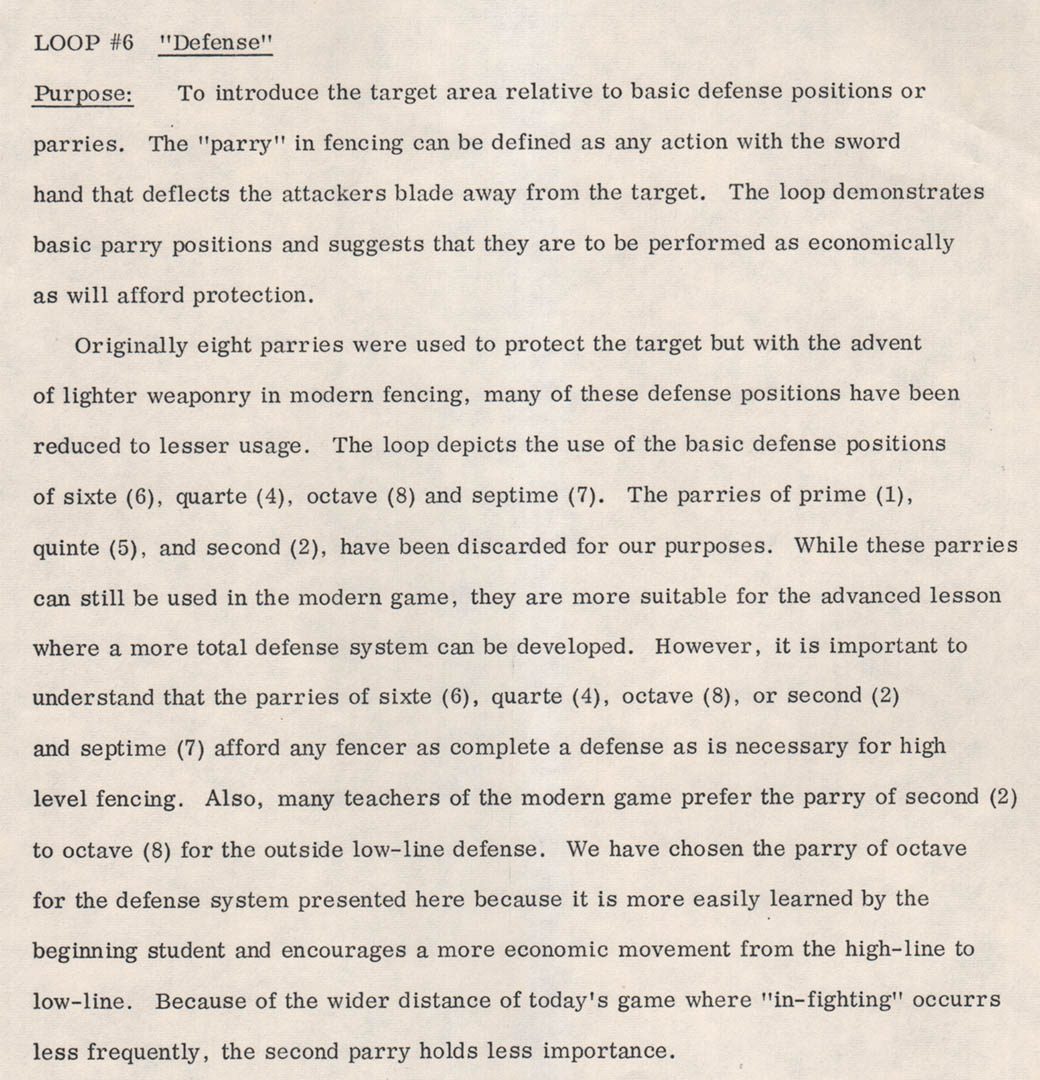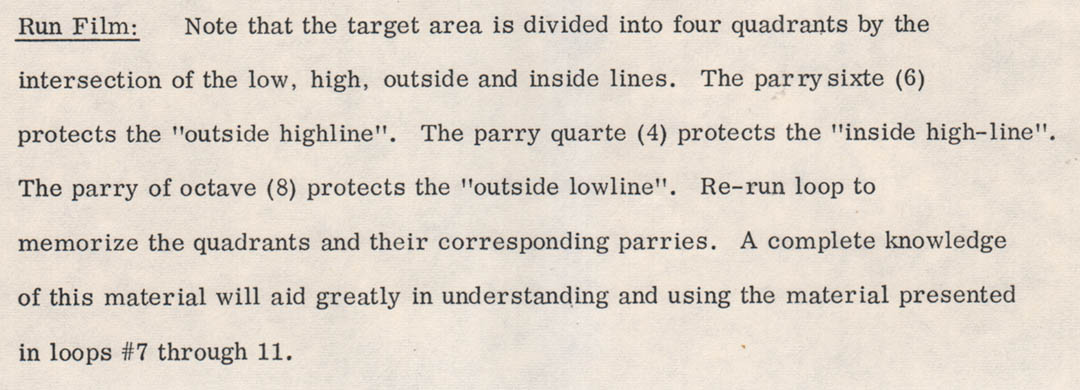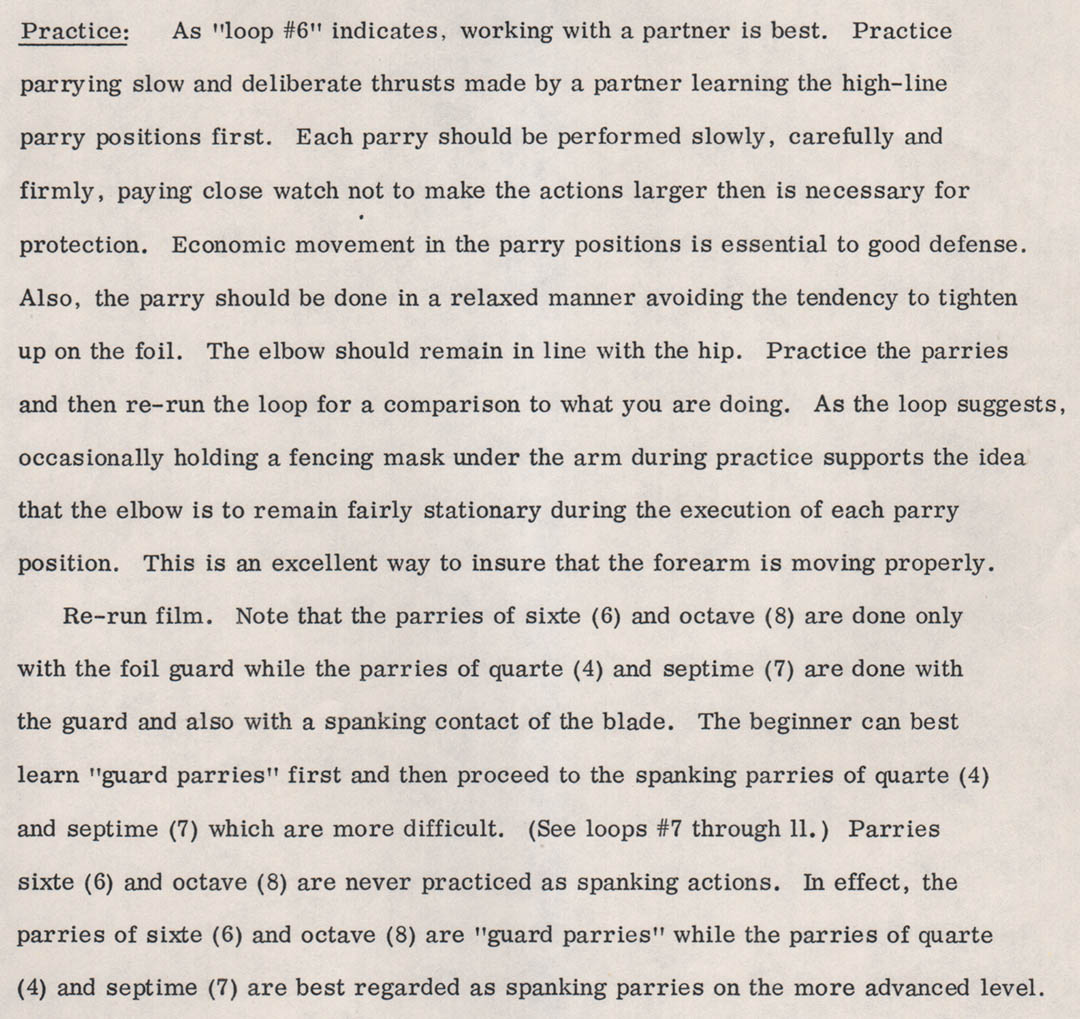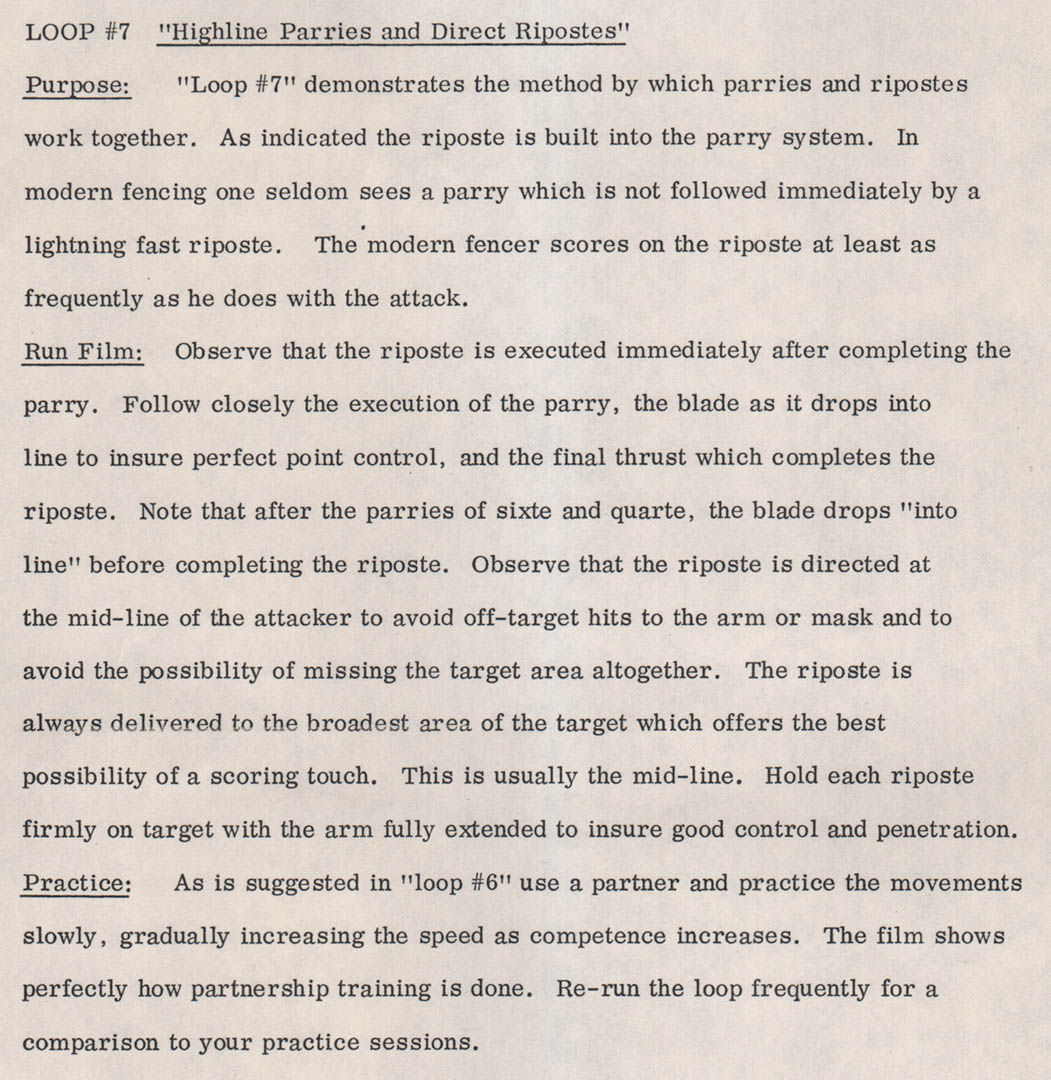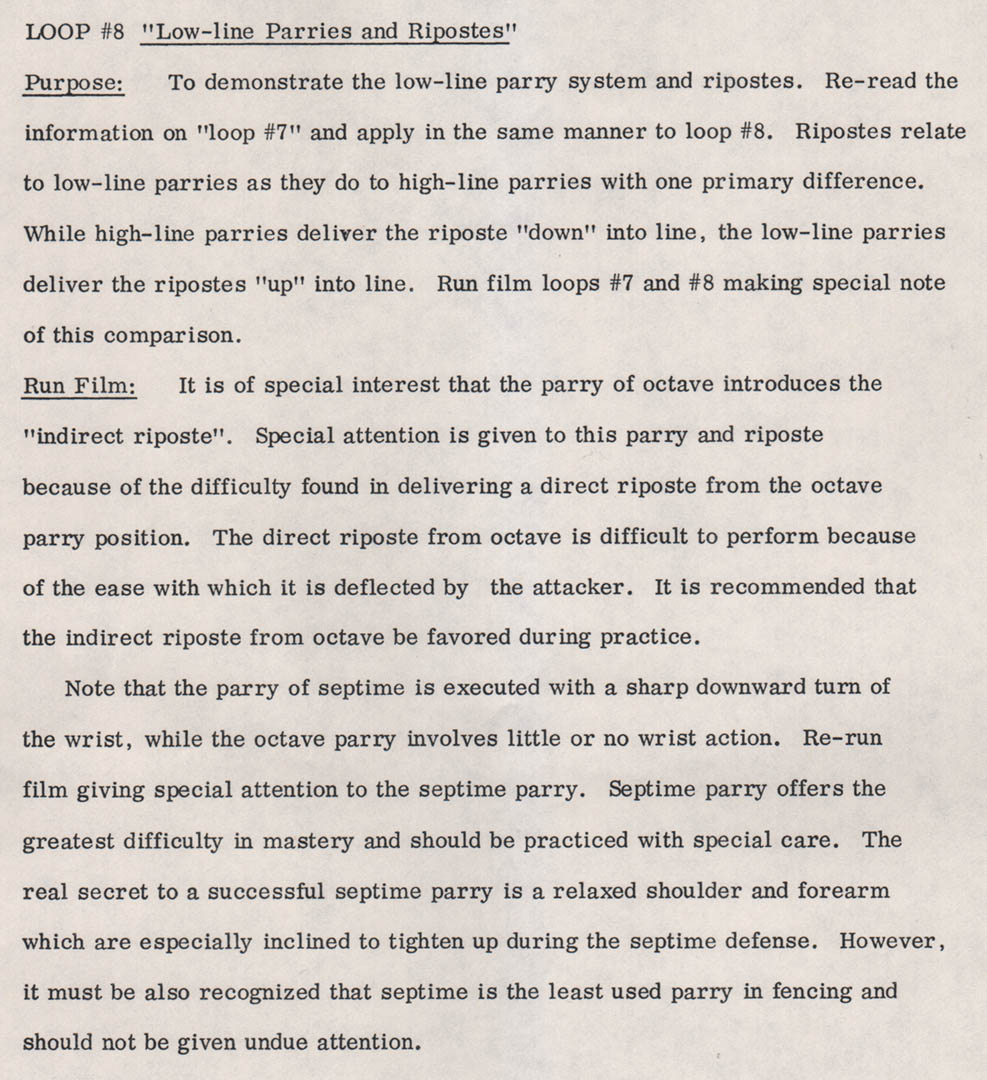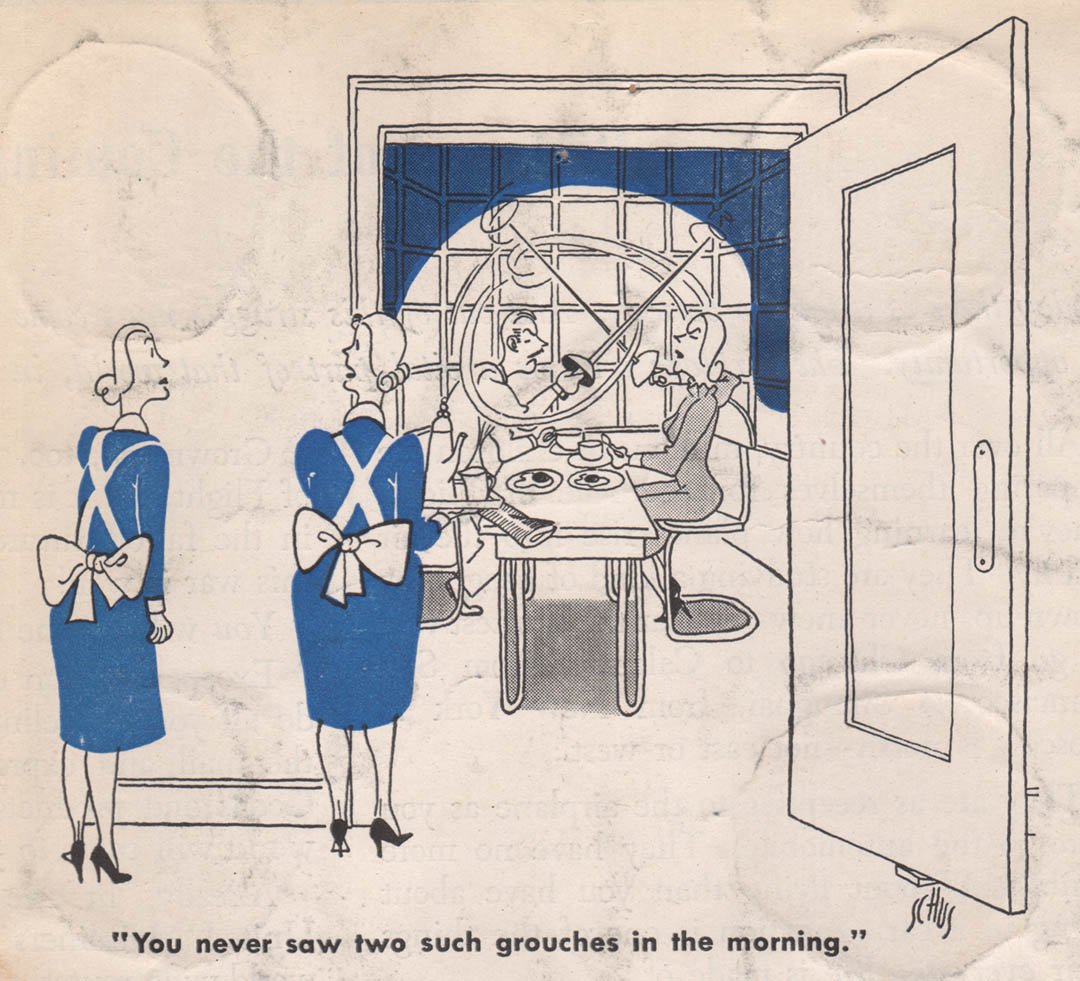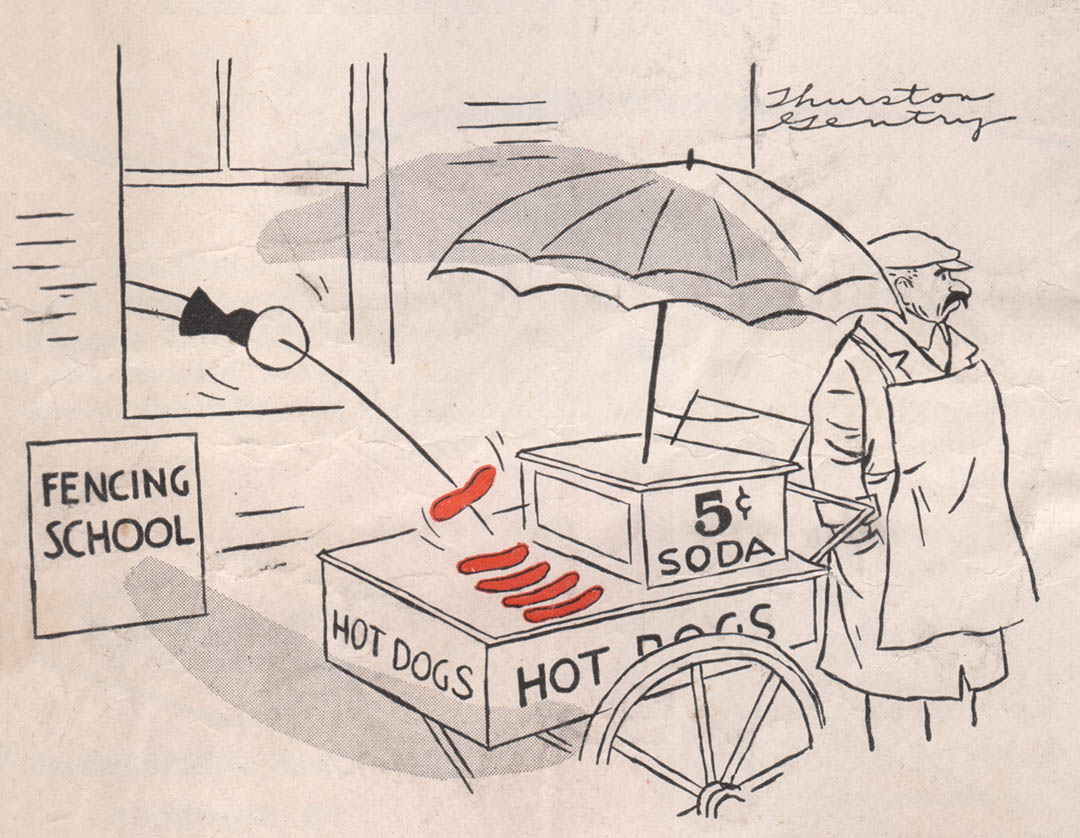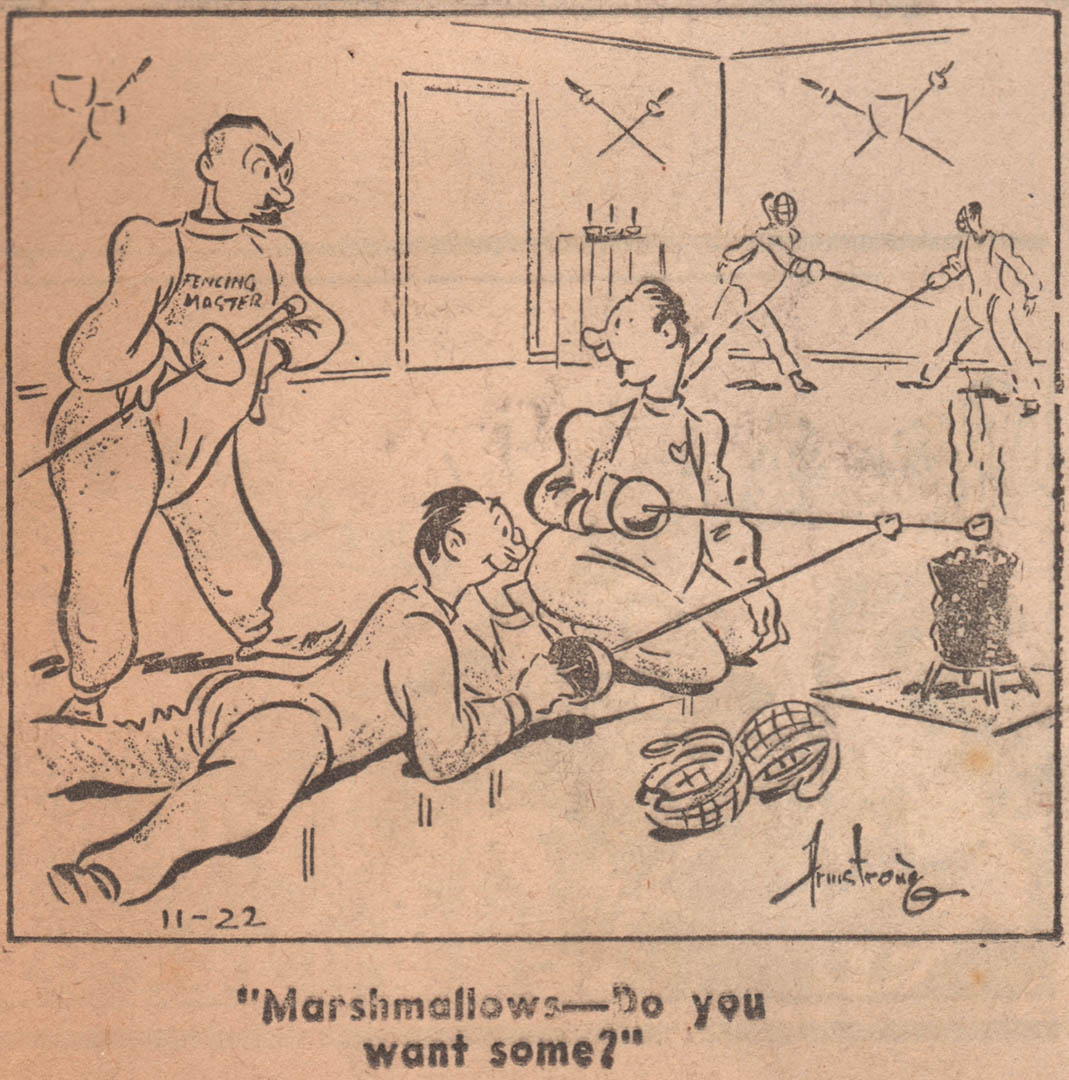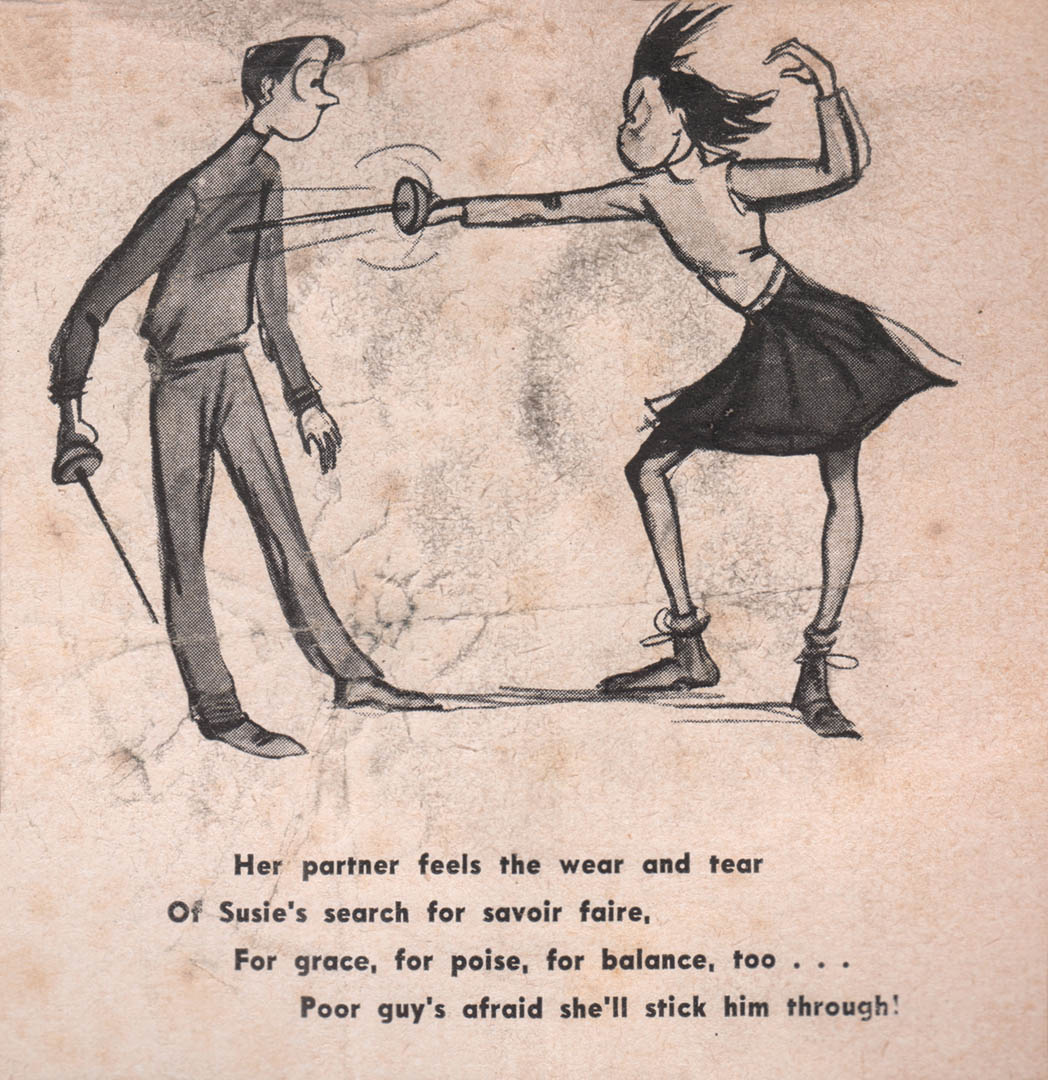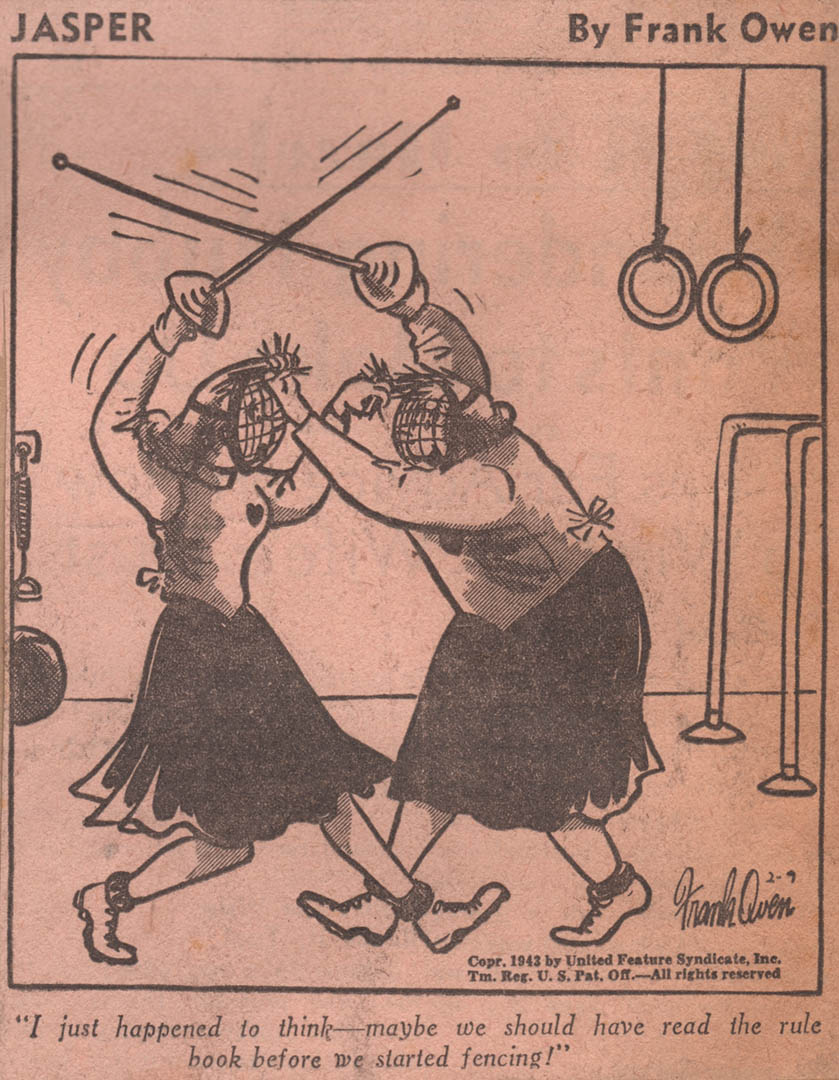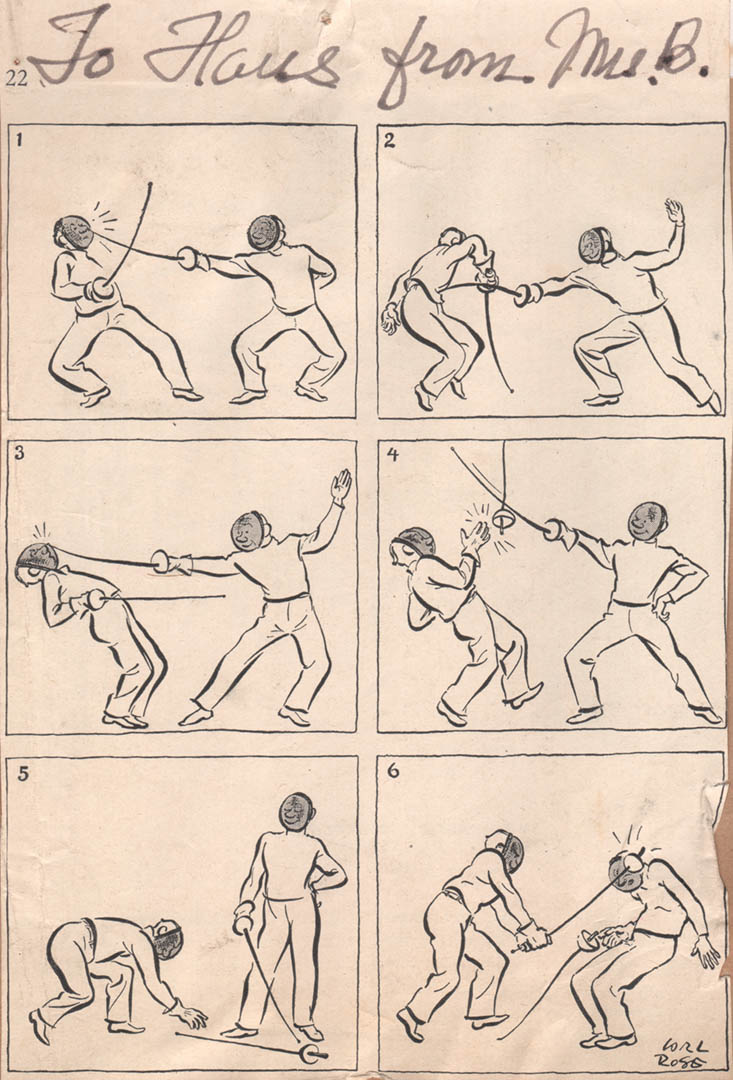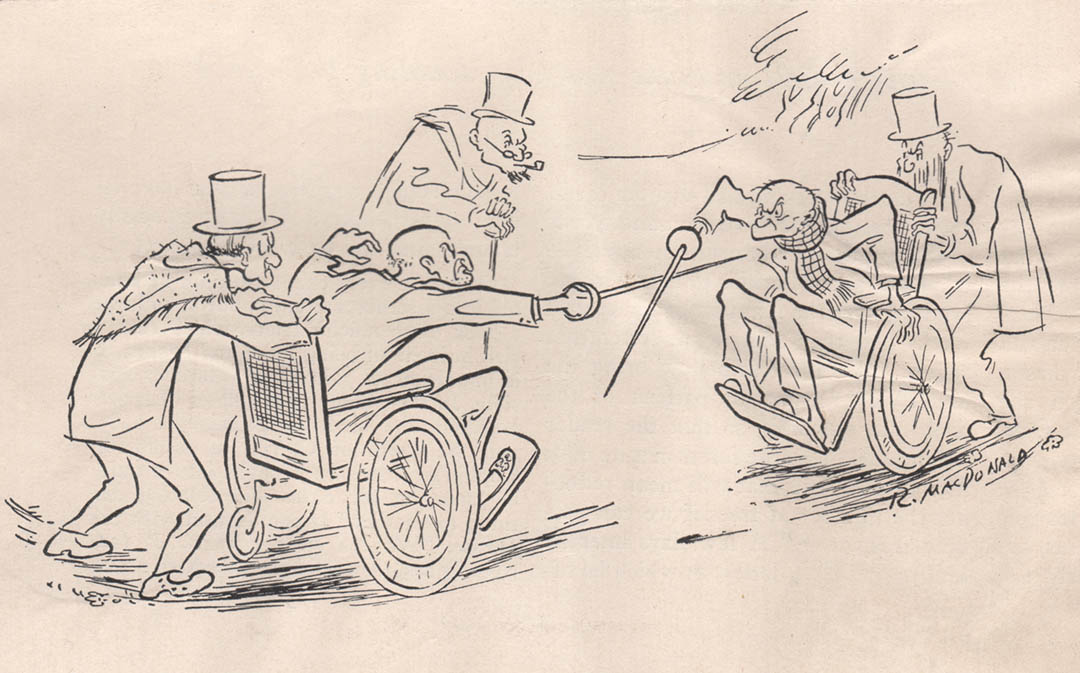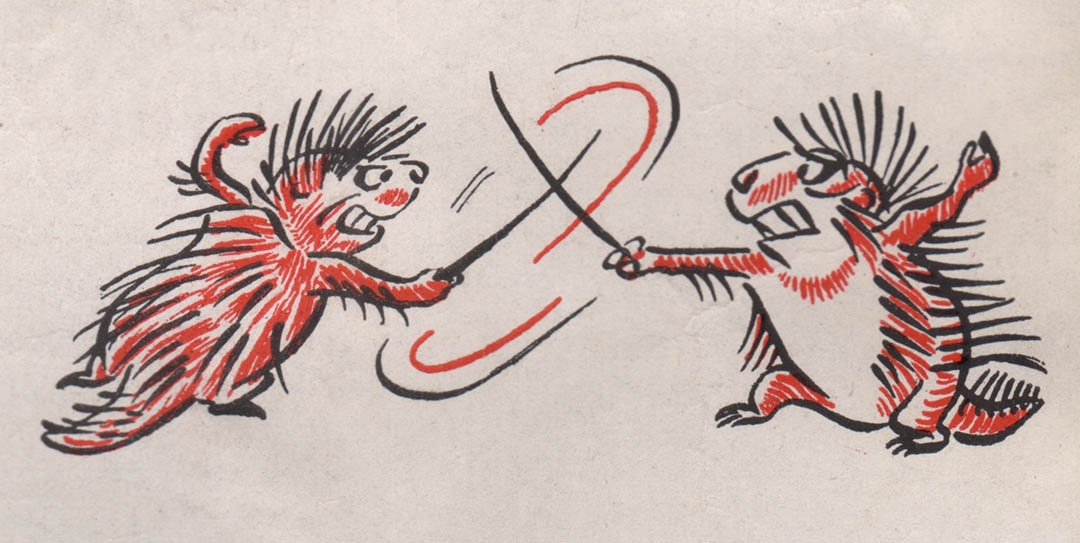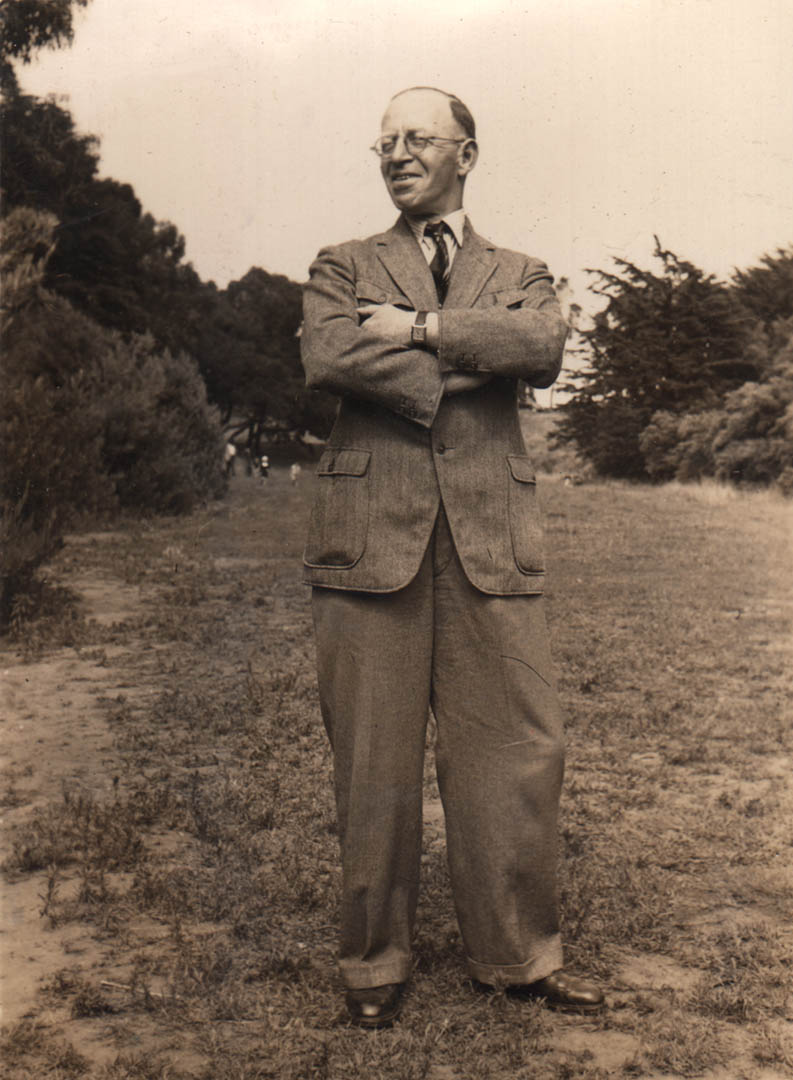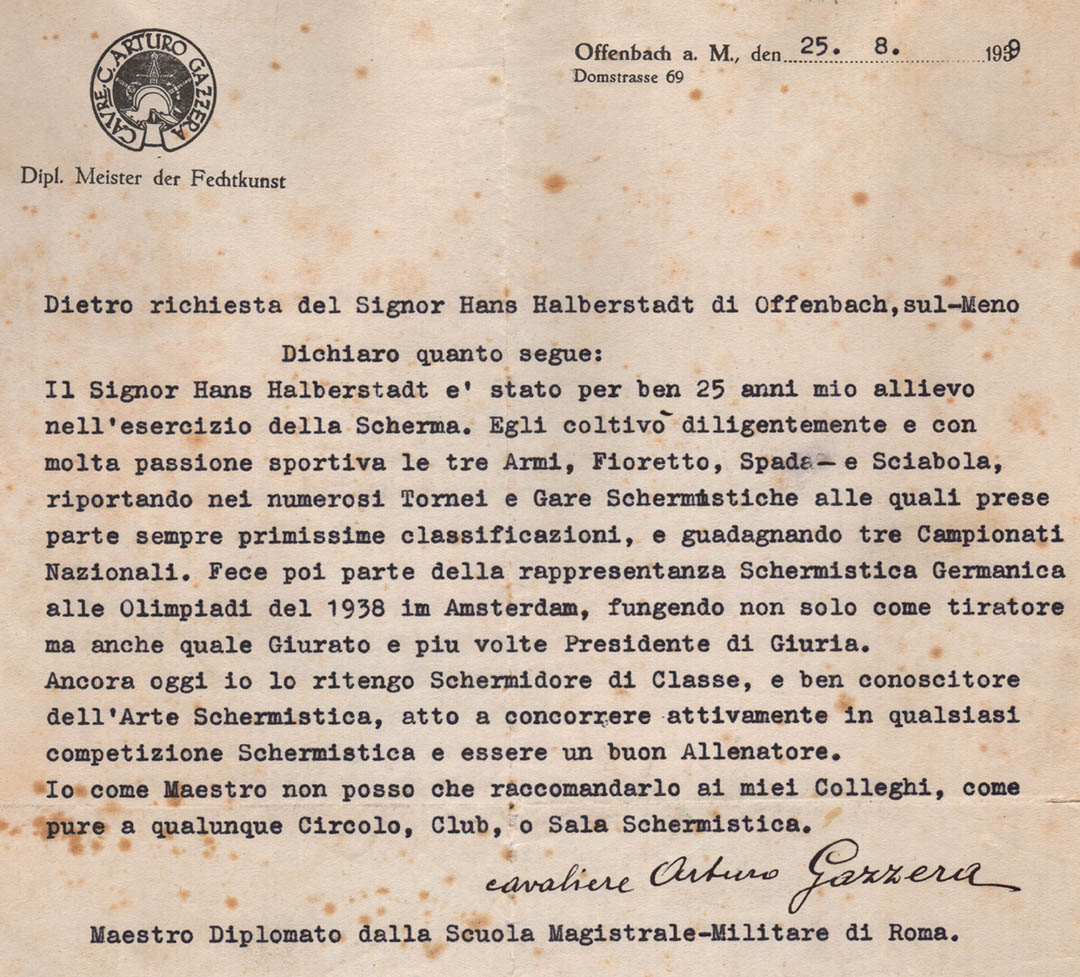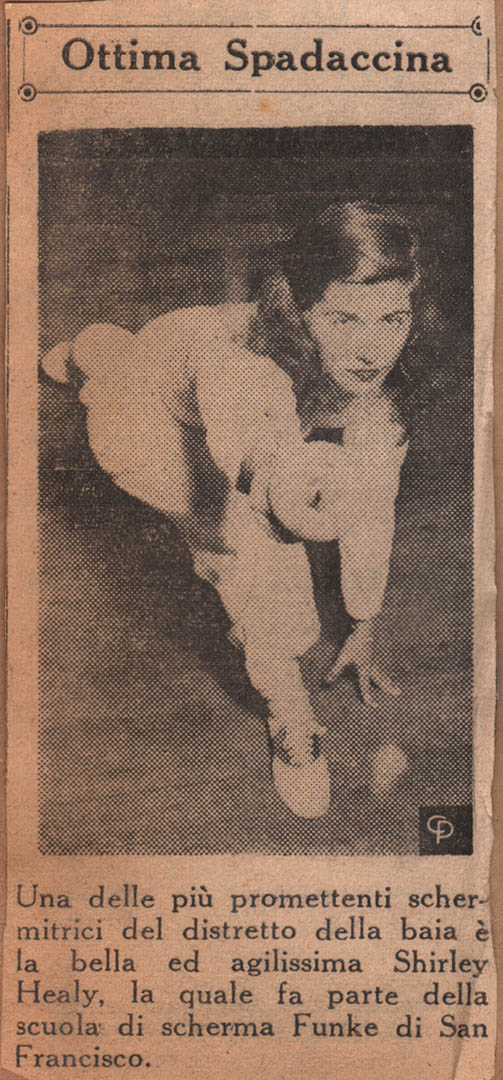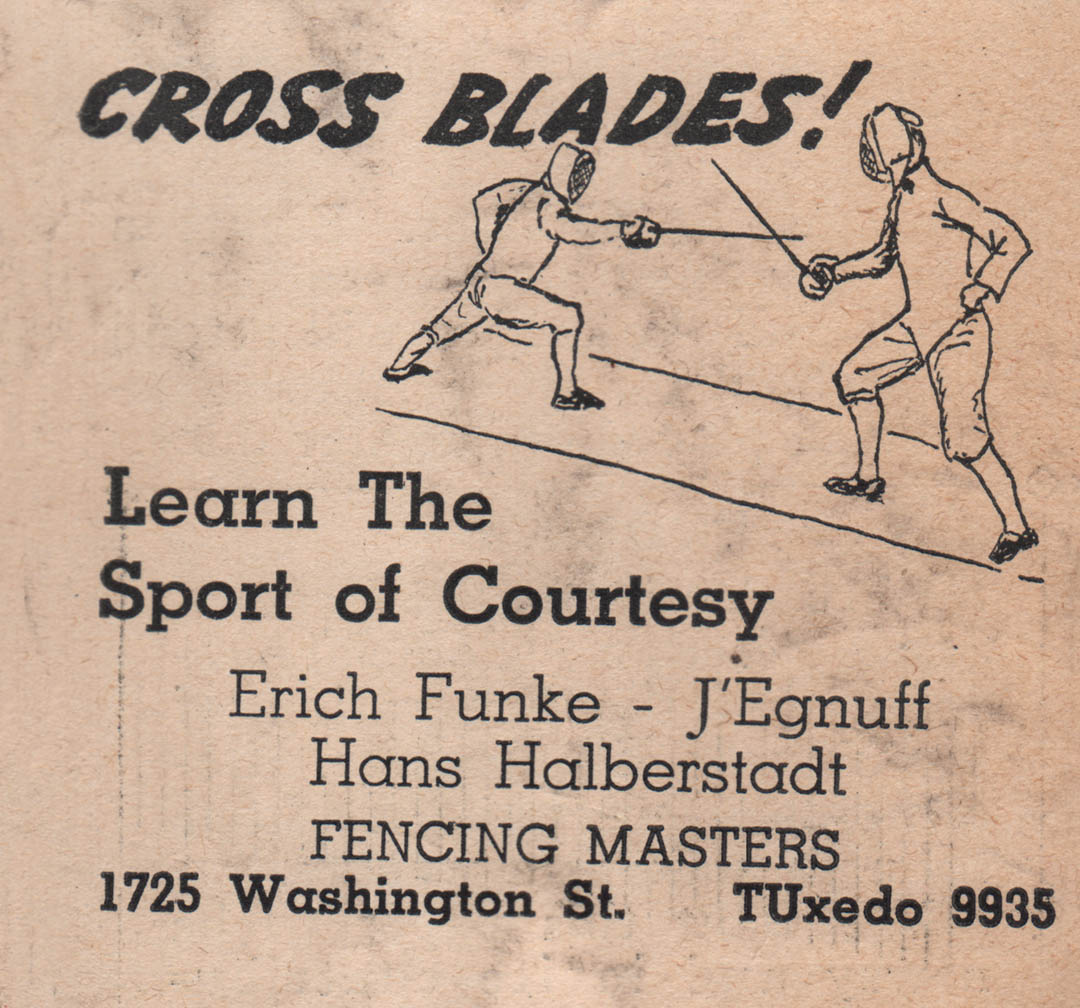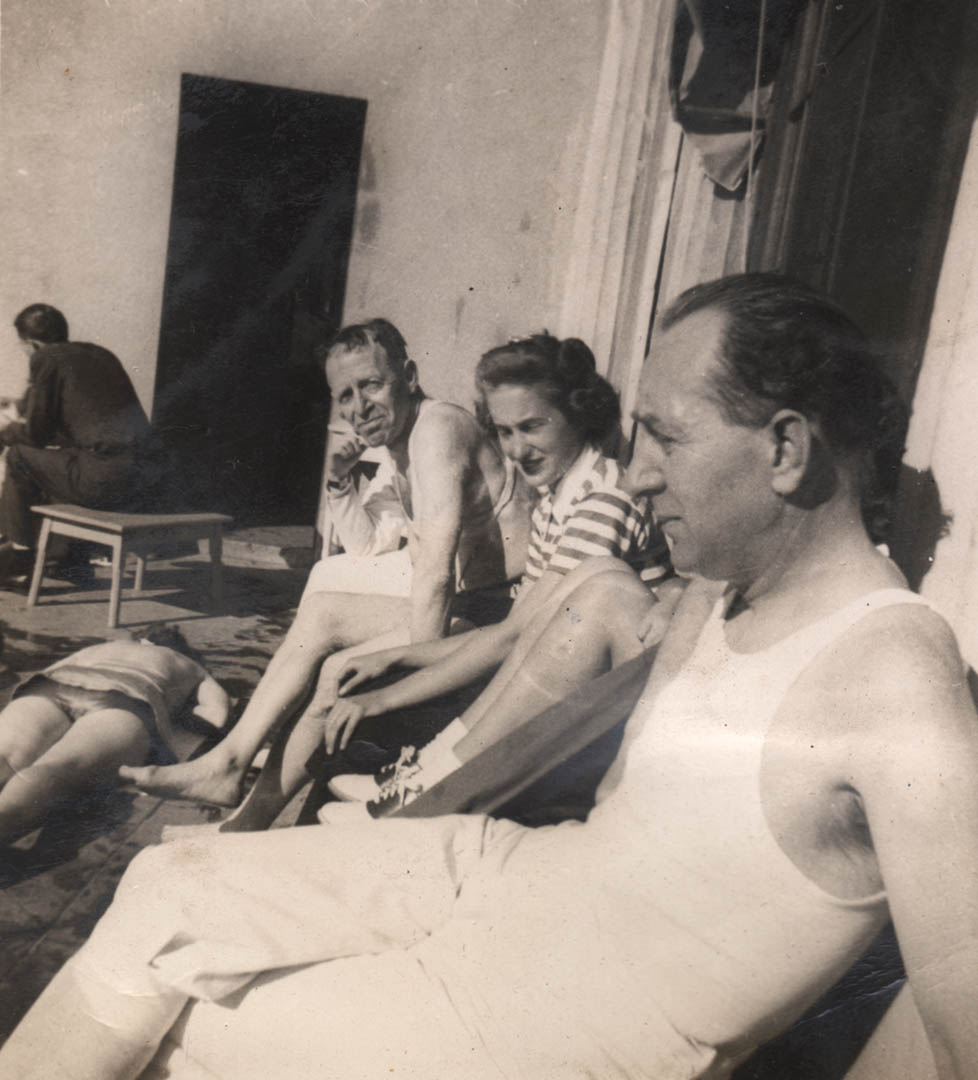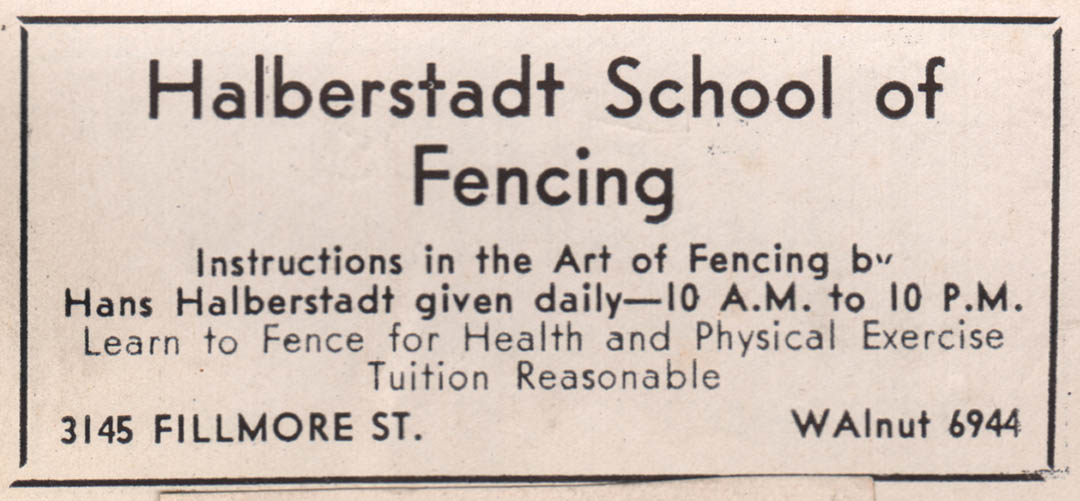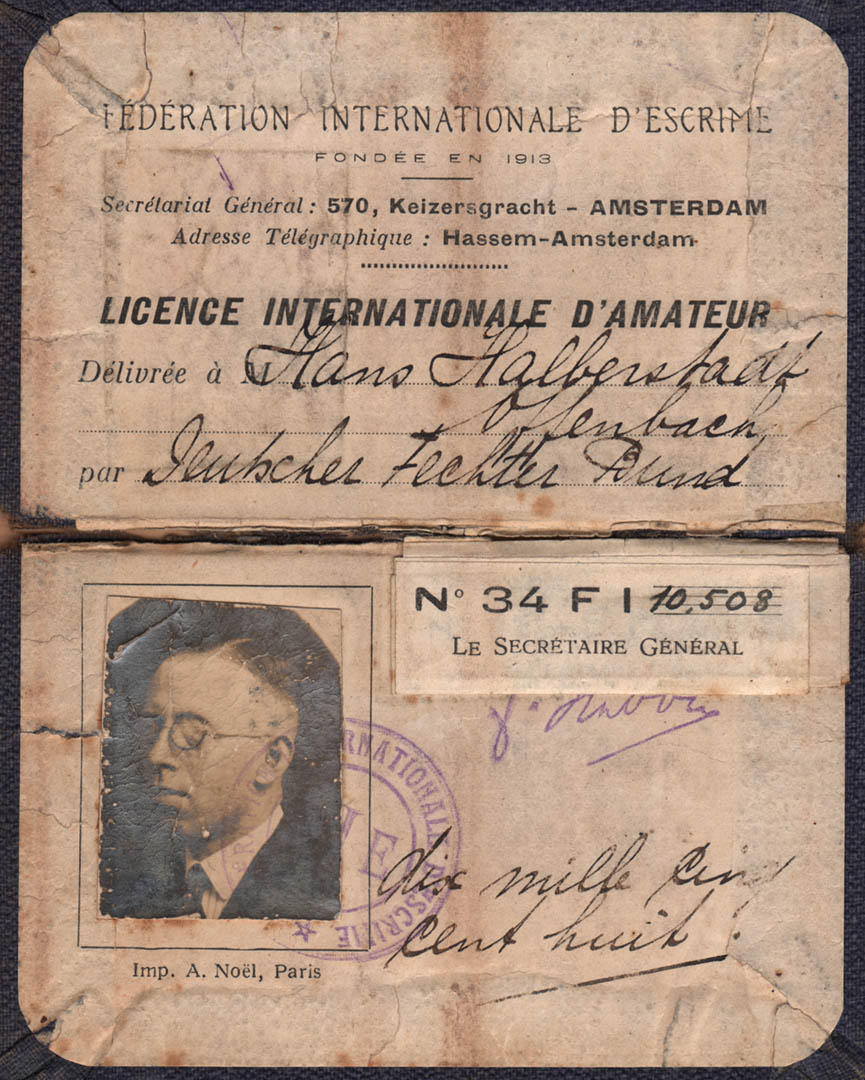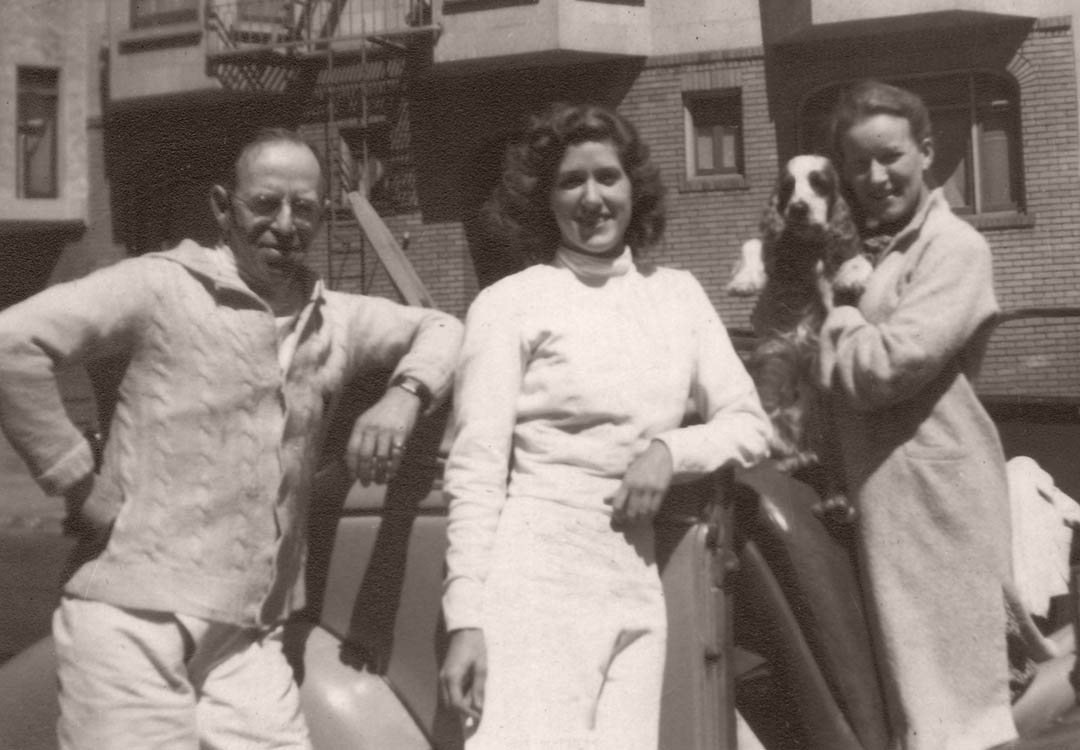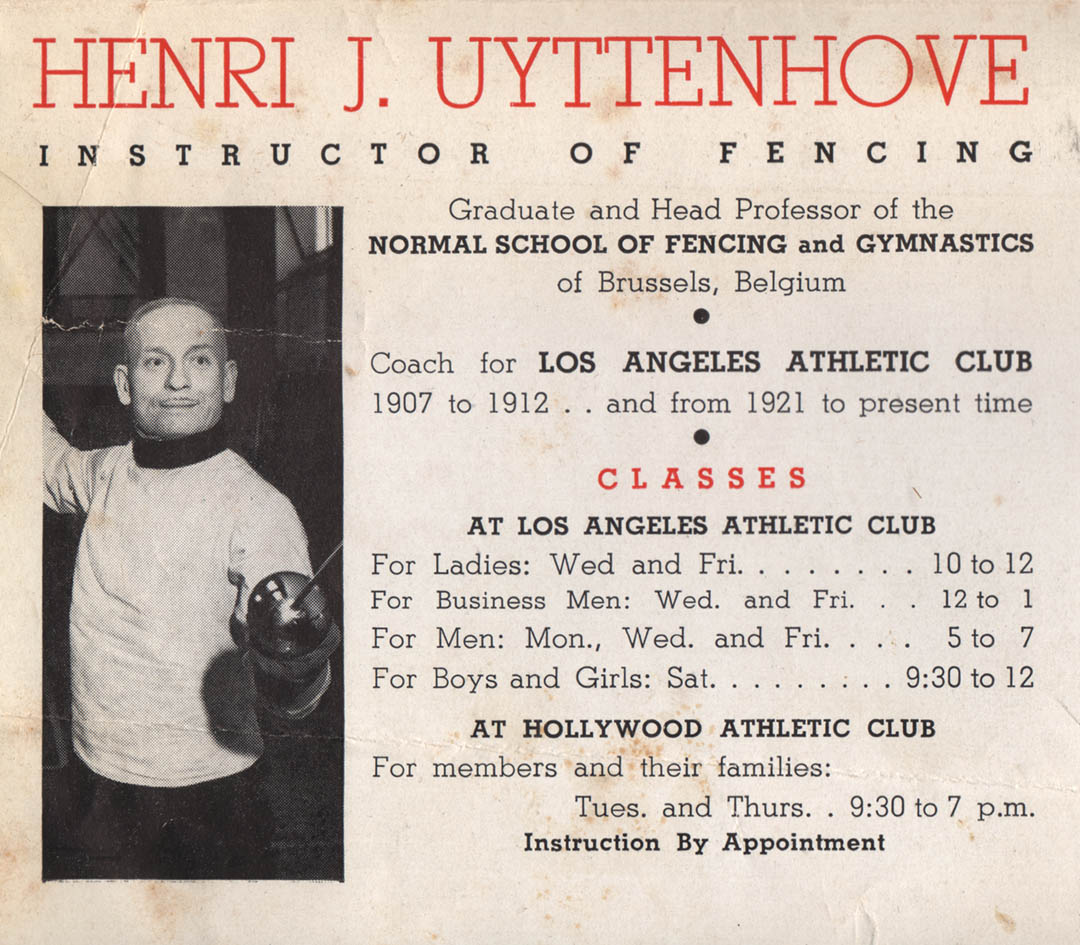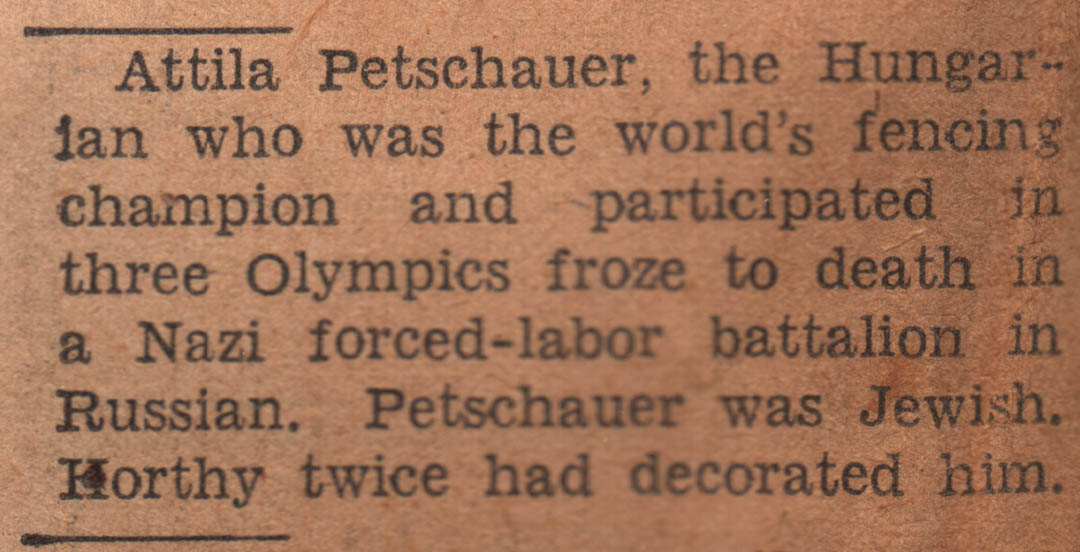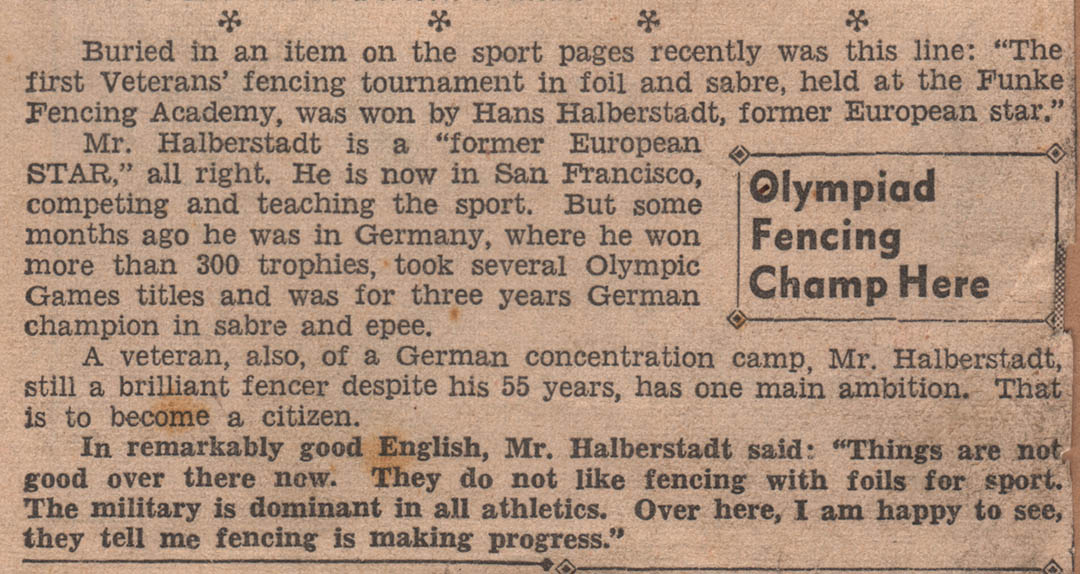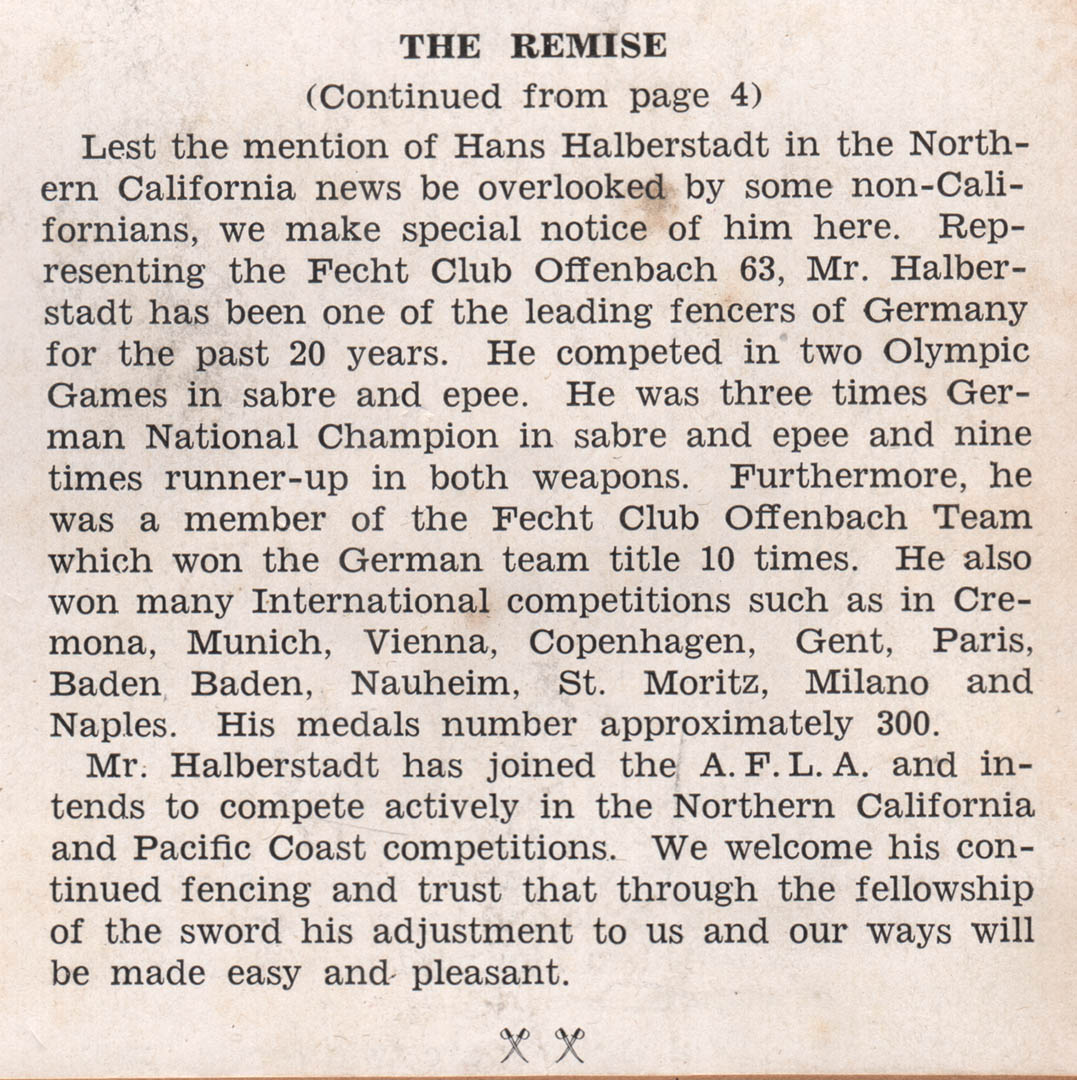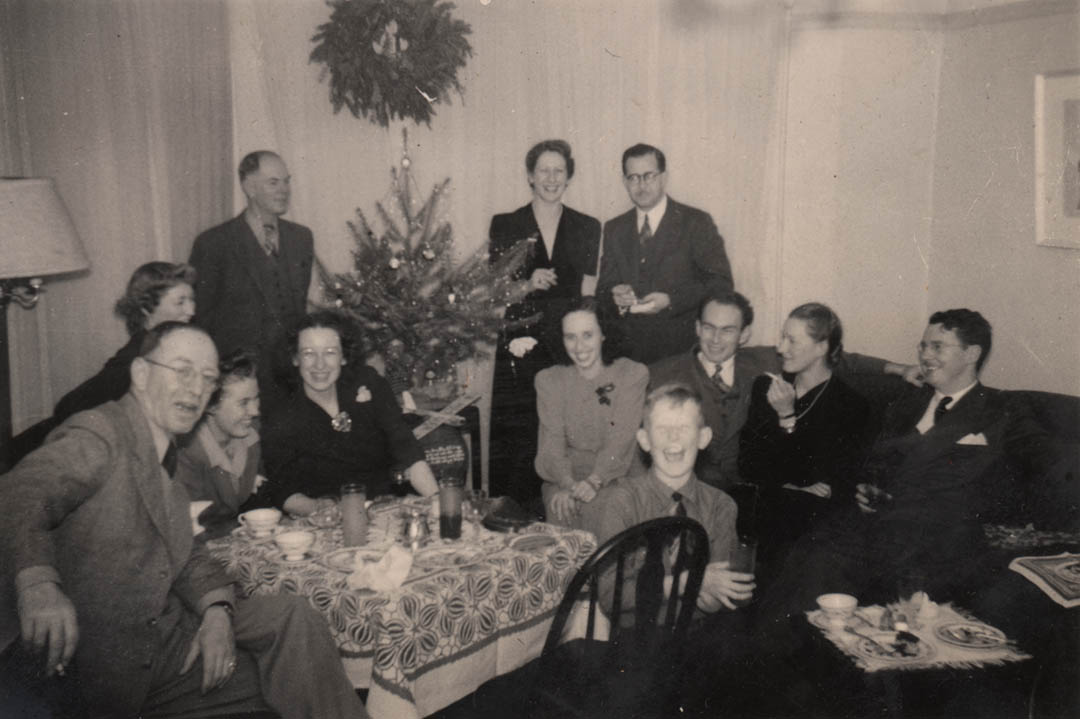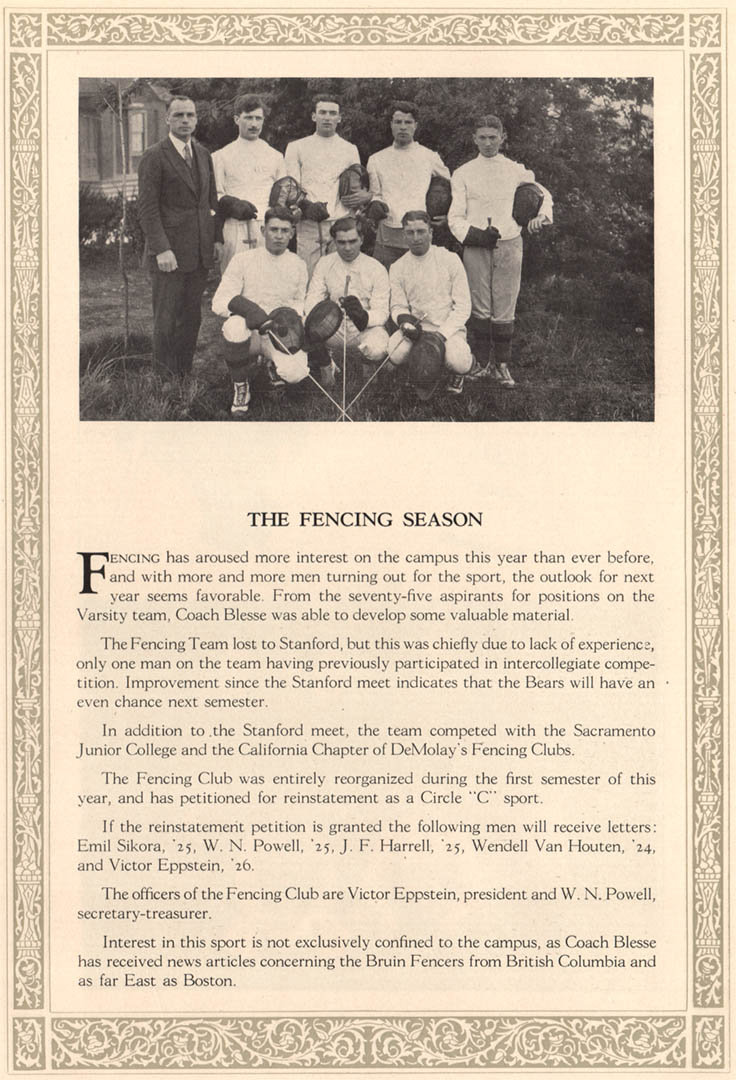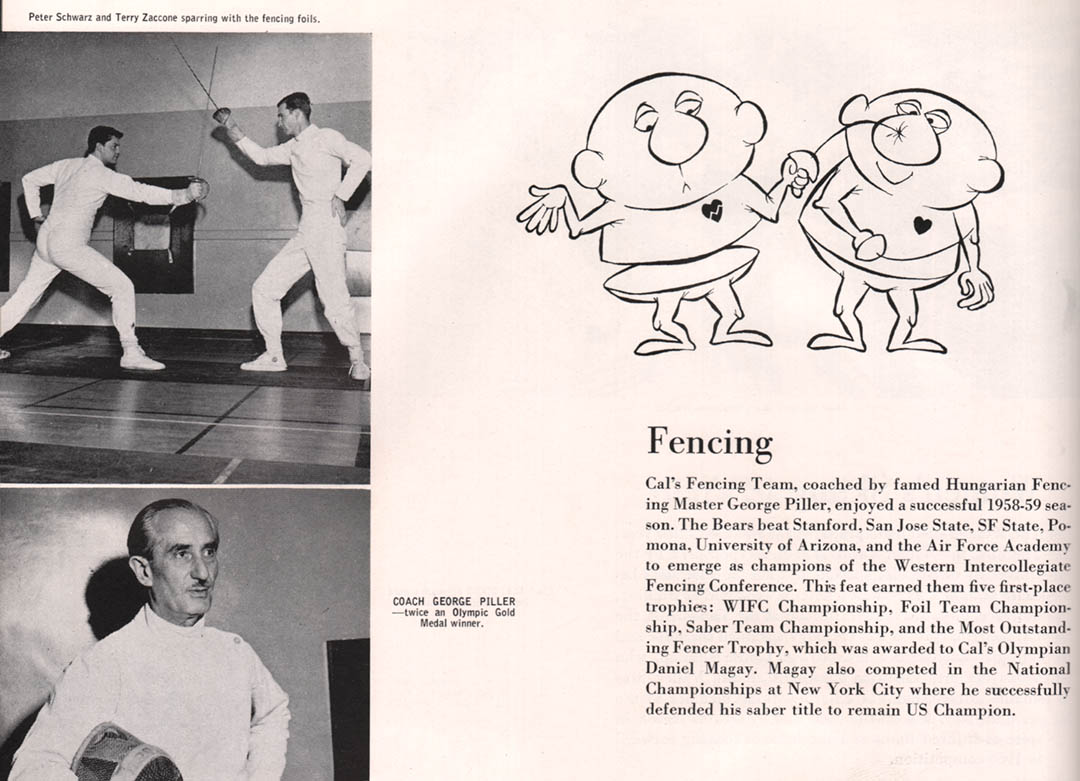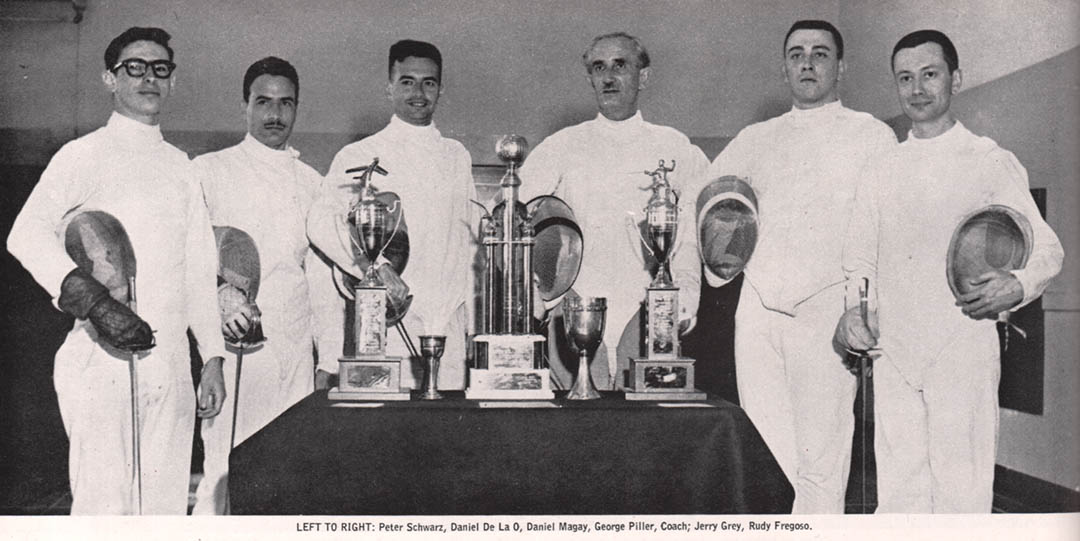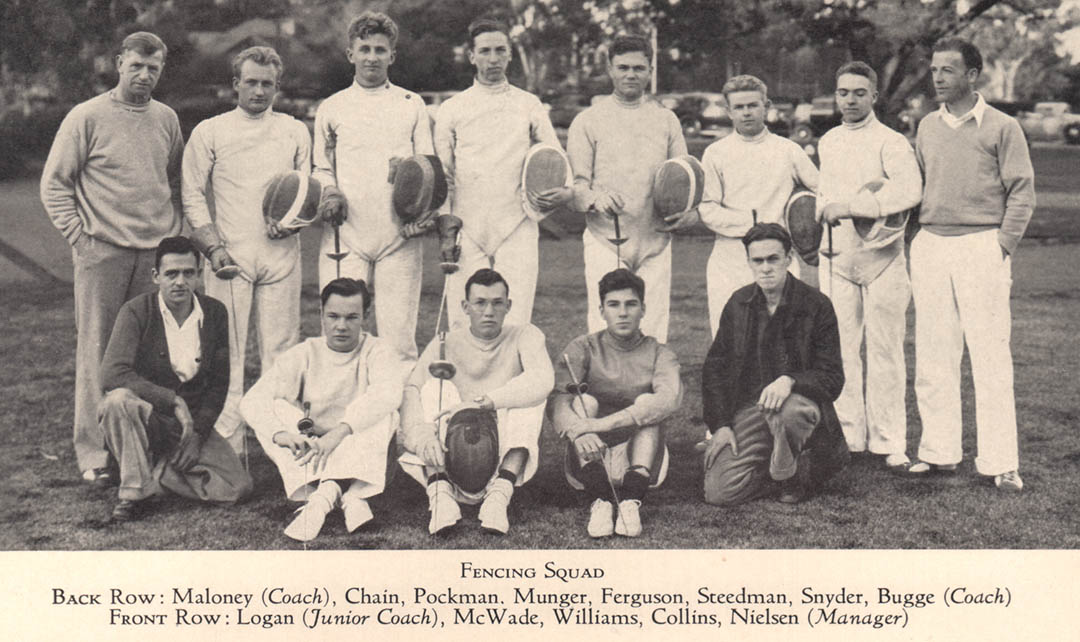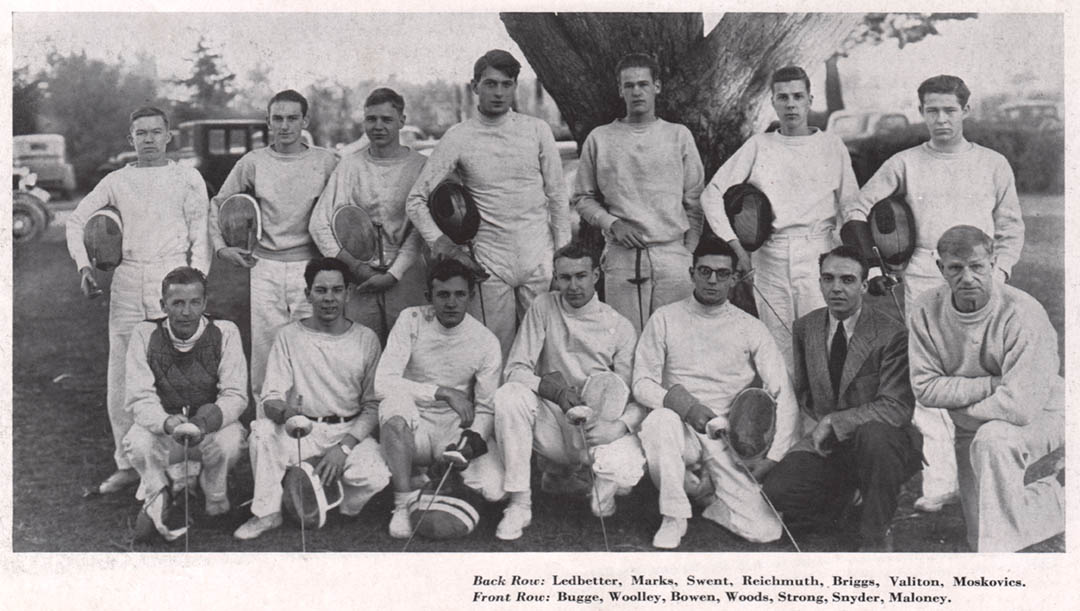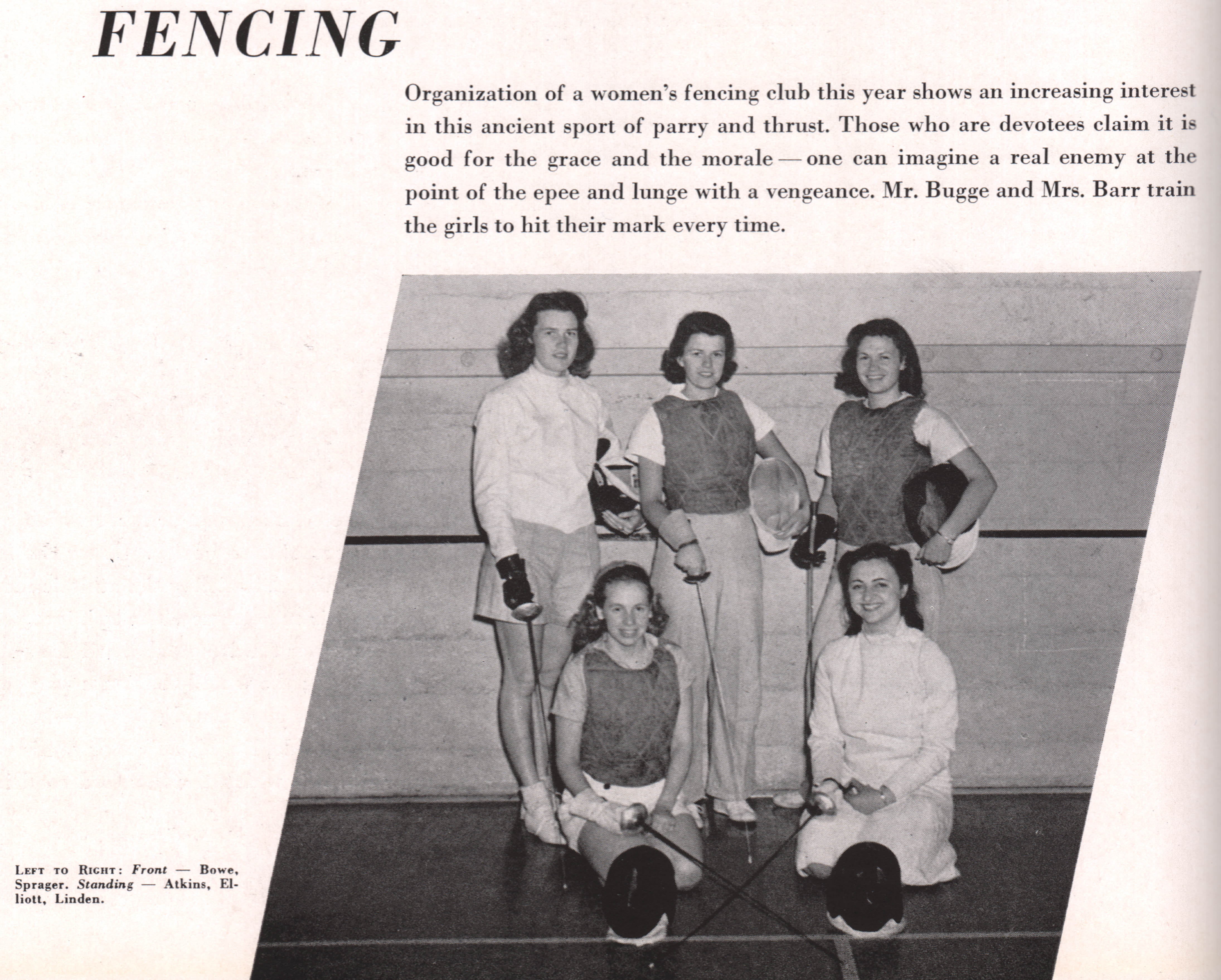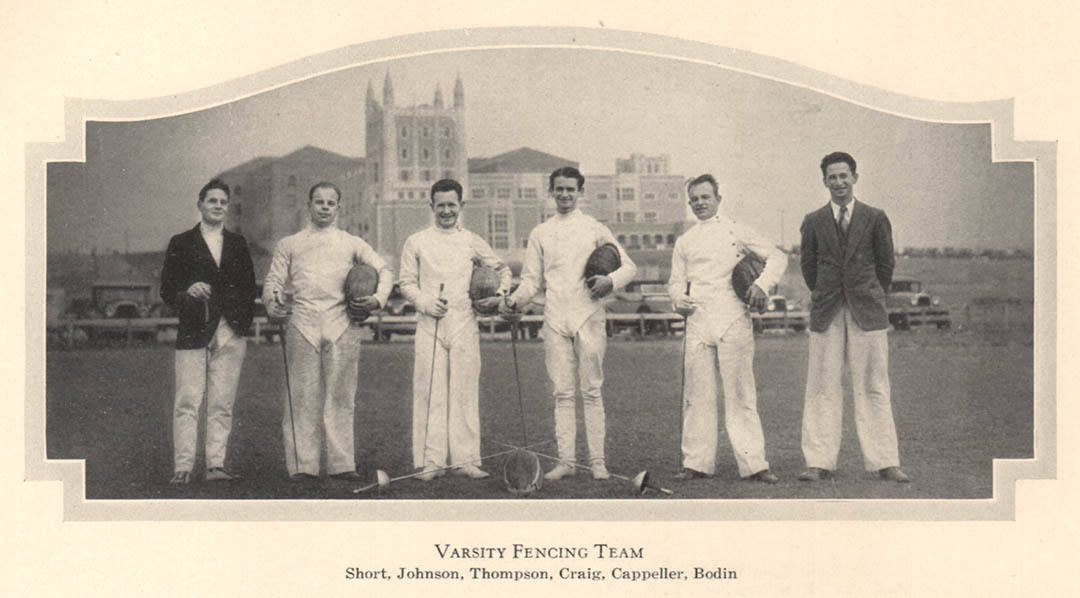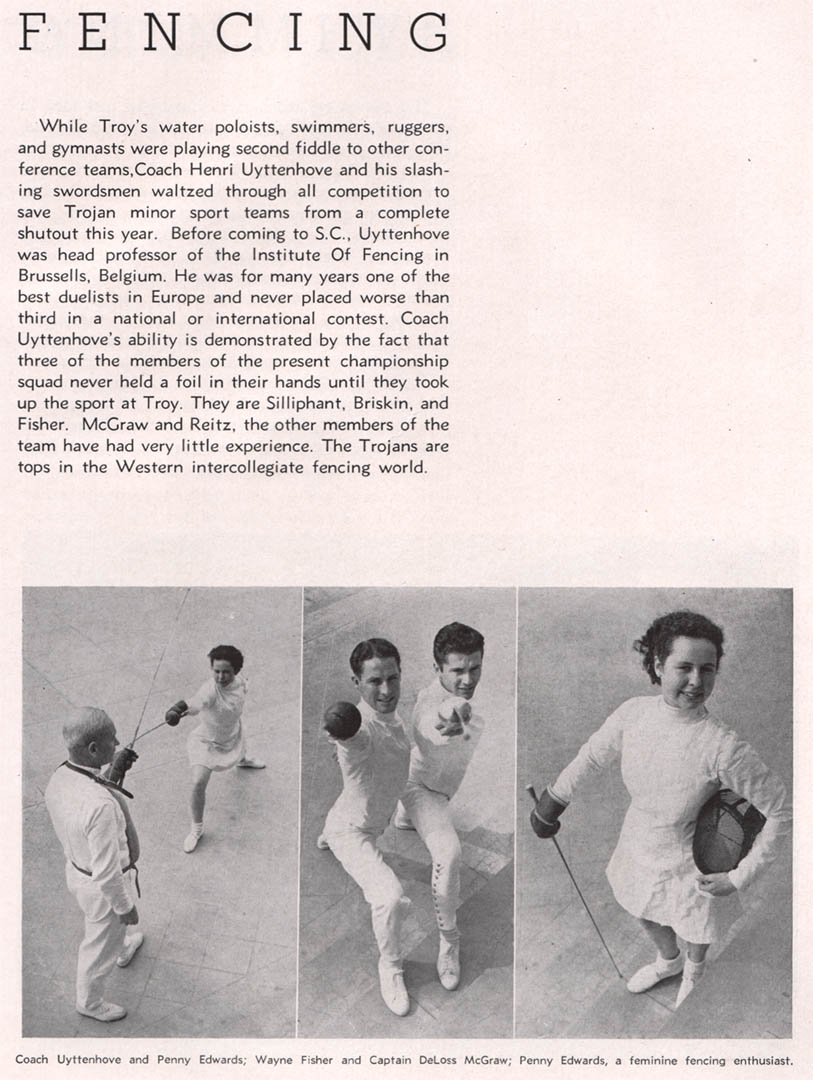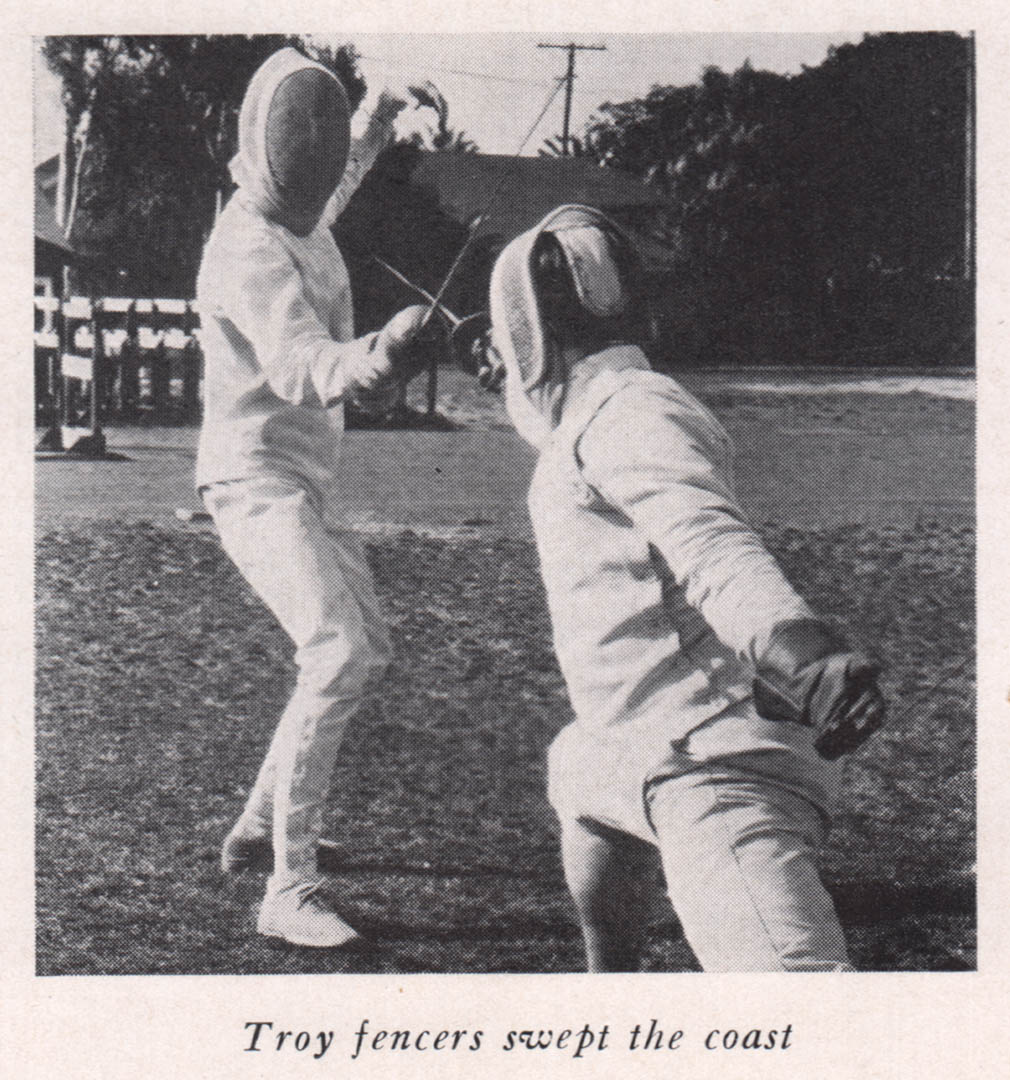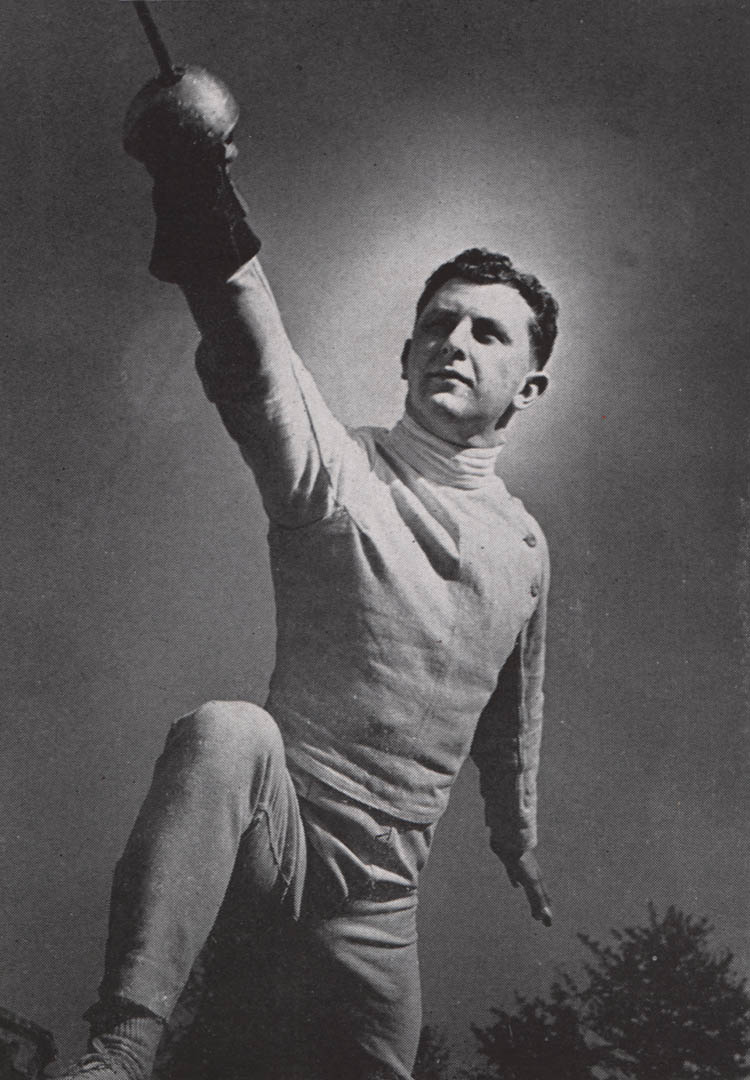Random Stuff
Trying out still more page formatsJust A Standard Page
Nunc et vestibulum velit. Suspendisse euismod eros vel urna bibendum gravida. Phasellus et metus nec dui ornare molestie. In consequat urna sed tincidunt euismod. Praesent non pharetra arcu, at tincidunt sapien. Nullam lobortis ultricies bibendum. Duis elit leo, porta vel nisl in, ullamcorper scelerisque velit. Fusce volutpat purus dolor, vel pulvinar dui porttitor sed. Phasellus ac odio eu quam varius elementum sit amet euismod justo. Sed sit amet blandit ipsum, et consectetur libero. Integer convallis at metus quis molestie. Morbi vitae odio ut ante molestie scelerisque. Aliquam erat volutpat. Vivamus dignissim fringilla semper. Aliquam imperdiet dui a purus pellentesque, non ornare ipsum blandit. Sed imperdiet elit in quam egestas lacinia nec sit amet dui. Cras malesuada tincidunt ante, in luctus tellus hendrerit at. Duis massa mauris, bibendum a mollis a, laoreet quis elit. Nulla pulvinar vestibulum est, in viverra nisi malesuada vel. Nam ut ipsum quis est faucibus mattis eu ut turpis. Lorem ipsum dolor sit amet, consectetur adipiscing elit. Maecenas nunc felis, venenatis in fringilla vel, tempus in turpis. Mauris aliquam dictum dolor at varius. Fusce sed vestibulum metus. Vestibulum dictum ultrices nulla sit amet fermentum.
Helene Mayer by Romaine
After spending the better part of this week running down stories that haven’t yet fully revealed themselves, I thought I’d revisit one of my many favorite subjects: Helene Mayer. There are a lot of photographs of Ms. Mayer out there, but several of the following are, I believe, unique to the interwebs until now. Much credit to Kristen Harber for having the foresight to make copy photographs of these images from a scrapbook, and Harold Hayes for introducing me to Kristen. Kristen allowed me to scan the images she had taken and voilá, we arrive here. The photos I’ve selected are from a shoot that took place in the 1940s at the Halberstadt School of Fencing. That’s what it said on the door in gold letters.
The sign on the door of 3145 Fillmore Street, San Francisco. Hans’ home and salle for 25 years.
It’s handy to know a photographer. I lived with my photographer brother while in college and he came with me to several fencing tournaments. Never shy about shooting multiple rolls of film, I now have mementos of tournaments long past that I would otherwise have trouble remembering. Hans Halberstadt and Helene Mayer knew Emilie Romaine. Emilie and her husband Karl had a photography studio in San Francisco for decades and Emilie began fencing in the 1930s under the tutelage of Erich Funke d’Egnuff. Karl and Emilie were particularly well known for fashion portraits and nudes, often working with dancers, as Emilie felt they were more adept at striking and maintaining a pose.
Emilie Romaine at work in 1958, preparing for a photography festival that took place that year in Golden Gate Park.
Sometime in the mid-to-late 1940s, Emilie and Karl gathered up their gear and set up at the Halberstadt salle for a photo shoot that centered around Helene Mayer. The purpose of the shoot or the intended use of the images is entirely unknown. A few, well, at least one, has made it out into the ether of the net, as I’ve spotted it on another website than mine and I don’t believe it was grabbed off my site. It’s been interesting to make note of when and why people grab images off this website. I’ve seen them on other sites and even in books. Well, it’s a small world, after all. Anyway, here’s the crowd of fencers that were on hand that day:
The players, left to right, are: Salvatore Giambra, Emilie Romaine, Hans Halberstadt, Helene Mayer and Bunny Fratessa.
As you look through these pictures you may, like me, be intrigued by a photograph or something else of interest in the background. The foreground subjects are fascinating, but if you’ve ever been to the Halberstadt club, you may have noticed that some of the images on the walls you can see in these photos are still on display at the club. Some are not, but after nearly 80 years in existence, it’s nice that they have any of their originals remaining. There’s some other interesting bg stuff. I’ll point out the ones I like as we go.
Helene Mayer strikes a classic pose.
I haven’t worked these images over in Photoshop to attempt to present them in a neat-and-clean version. I rather like them like this. They show their age, certainly, but it’s also a factor of them being several stages away from the original source. My guess is they were shot with a medium or large format negative, if only because that’s the sort of camera that shows up in the images I have of Emilie Romaine with a camera.
A promotional photo of Emilie Romaine taken in the 1962. She’s shown here with a portrait camera set up to shoot a 4×5 negative, although it looks like she may have had the option to use smaller or larger film negative on that rig by replacing the back. That’s a big rig, though. I wonder if she only used that in her own studio, or if she took it with her for a shoot like this at Halberstadt.
What I wonder, what I always wonder, when I think of the Romaines, is what happened to all the negatives they shot? There’s very little about the two of them online. I know Karl outlived Emilie by more than 30 years and passed away in 2004. With all the photos in which Emilie appears in her fencing garb (I’m assuming Karl shot quite a few of the photos of Emilie that appeared in local Bay Area papers), I can’t help but wonder if those negatives could somehow be rescued from obscurity, or if they’re already lost. I hope not.
Hans Halberstadt and Helene Mayer. They’ve re-arranged the salle to make this shot work. You can see the rubber mat they’re standing on has been only partially unrolled, as the bulk of the mat is blocking the door that led to Hans’ apartment.
The above photo also shows the distinctive trophies that Hans had in his possession when he escaped Europe after a brief stay in a concentration camp. Nothing of gold or silver was allowed to go with him. all of the precious metals were taken by the Nazis, so his cups and trophies are of bronze or plated metals. Some of them remain on display at the club. Go visit! Take a look!
Helene Mayer on the left puts her point-in-line, taking aim at the target of Salvatore Giambra.
Ever wondered exactly how to keep an Italian foil in your grip if you don’t have a wrist strap? Here you go! Interestingly, Helene does have a wrist strap – she also used an Italian foil, having been taught by Arturo Gazzera in Offenbach – but Salvatore is using the hand wrap to keep a grip on his foil. As it happens, the daughter of Sal Giambra donated a number of items to the Archive that made up part of her father’s fencing kit, and it included a hand wrap just like the one in this picture. It may well be the one in this picture, for all I know. It’s certainly well-worn enough. Sal is also the fencing partner of Helene Mayer for a film that was made at UC Berkeley and is available on the website of the US Holocaust Memorial Museum. Have I posted this before? Probably. Here’s the link.
Helene checks her form while Sal Giambra watches.
In this shot, they did not re-arrange the rubber mat and Helene lunges across the strip into the mirror that shows both her and Salvatore. Hans kept a set of dumbbells and Indian clubs on the rack to Helene’s left. Indian clubs have long since fallen from favor as a common accoutrement in gymnasiums in this country, but they were once all the rage. Proponents of this system of exercise would perform heroic feats of endurance in timed contests, twirling the clubs in set patterns for days on end without rest or sleep. No foolin’. Here’s a link to a YouTube video that explains.
The other background tidbit to point out here is the arm with the foil that protrudes from the wall on the far right of the photo. I don’t know what it’s made of or how it’s constructed but if you’re looking for ideas on how to create something like this to unburden some tension during the current lockdown at home world we live in, maybe this will give you some ideas. Here’s a better look from another similar shot:
I’m guessing it’s a Hans Halberstadt Original Contraption and it appears to be made from a Luxo Lamp. You can take it from here. Good luck.
This last photo I like for it’s looseness. It’s a fun little moment, with Helene jumping up with both feet. She’s four or five inches off the ground with a smile on her face like they were just caught for a moment clowning around and having fun. And yet, she’s still maintaining a classic guard, knees bent, hand up, point on target. She looks like she’s having a bit of fun, and everyone around was probably in on it. From all I’ve read, she enjoyed being the center of attention and paid that back with laughter and a love of life that was infectious. By all accounts, it would have been a treat to know her.
Boffers: Found!
Some time back, I wrote a story about Boffers: (Boffing Article!) Designed by fencer/coach Jack Nottingham, they were the Rolls-Royce of polyethylene toy swords. They could be found for sale via mail order from the Whole Earth Catalog, the 1960s version of Google, but for hippies. The publisher of said catalog, Stewart Brand, once made an appearance on the Dick Cavett show and showed off the proper form and use of boffers. And lo! The interwebs comes through once more. Unless you really like old Dick Cavett shows, you can skip to a little way past the 26 minute mark to see the introduction of boffers followed closely with boffers being put to use in a matchup of Stewart Brand and actor Woody Strode. You can decide who comes out ahead if you want to. But really, in a match of boffers can anyone really be considered a loser? (Dick Cavett gets boff’d. Be aware, this clip starts with some naughty language. Fair warning.)
The original Boffer, complete with hand guard.
The boffers were a polyethylene “sword” with a wooden handle mounted into the “your hand goes here” end. The length was about that of a sabre blade and the shape tapered toward the leading edge, giving it the form of a cutting more than thrusting toy. In short, you’d whack people with it. I’ve handled a couple of these before. The Archive has had a pair for awhile, but they are pretty beat up – one is missing about half its original length – and the donation included just the boffers alone. The full set came not only with a pair of boffers, but foam hand guards and two sets of goggles on an elastic band that also included on the same band a pair of ear-protecting foam circles. Protection and space man costume combined. Win! And yes, you ordered them in pairs.
I don’t know if this would protect you from the coronavirus to any extent, but you’d look good anyway.
Michael D’Asaro Sr. (left) and Charlie Selberg model the boffer ear and eye protective gear. This photo and many others were taken at a beach in Santa Cruz, the idea being the photos would be used to advertise the proper use of the boffer. I’ve never seen an ad that actually used any of the photos for that purpose, but the pictures are fun.
As luck would have it, my one-and-a-half boffers were not the last of the breed. To the rescue of history comes Archive contributor and showrunner for the Pacific Fencing Club, Harold Hayes. Harold had a box stashed away in a corner that contained four boffers in excellent condition, considering their age. Also included was one of the hand guards and two of the masks. You could start a war! However, I think these are going to have to be kept somewhere safe. I don’t know what the half-life is for polyethylene of this vintage might be, but I can’t imagine these would hold up to much whackin’ & bashin’.
Harold’s donation included these four boffers and they are in pretty good shape. One appears to have been repaired at some point and there is only one remaining hand guard.
John McDougall mentioned to me that he remembers seeing Jack Nottingham working on these in San Francisco. They were hand-shaped like a surfboard. No idea what tools would be needed or which flavor of polyethylene you would use to recreate this work. It’s a tempting idea. Performance-wise, these are so much more satisfying than the shabby kids-toy imitations on the market these days.
A close-up of the gripping end. Stability comes from a stick that’s jammed to an unknown depth into the wide end and glued in place. The handle is formed around the end of the stick, presumably made in a mold, and is some sort of poured resin. I don’t have any experience with resin molding, so I don’t know if that’s an easy or hard process. The handles are consistent, one to another, so there was some way to contain the material in the desired shape to create the expected outcome.
I can’t help but wonder if these could be brought back into today’s marketplace. There are certainly foam swords out there. Many a club keeps them handy for birthday parties or other functions with playtime for wee ones who might otherwise put an eye out if handed an actual foil or sabre. But the design of the original is actually really great. They have a nice whippy end for delivering a good, though not painful, whack, the middle part is fairly solid, and the thickest part where the handle attaches gives them a strong forte to make them easy to wield without immediately bending all crazy. You can actually deliver a hit and have it go where you intend to whack. Add the hand guard and the eye and ear protection and you’ve got a world of play without much likelihood of causing permanent damage. The design really is well conceived and the construction is great.
This article from 1974 gives a clue to the fate of boffer production.
In searching through Newspapers.com, a very handy tool for this type of research, I came across the above article that gave me a piece of information that I didn’t expect. First, that Jack had developed the boffer while teaching fencing at Reed College in Portland, Oregon (my wife’s alma mater, by the way). Second, significantly, that he had patented his design and sold the patent before leaving Portland for San Francisco. So if he was still making them in San Francisco, and I have to believe he was, he must have had an arrangement with the patent holders. Or something.
Who knows if the patent is still valid, or if you could create something similar today that would hold up as well – or better – than these originals. Based on Michael & Charlie’s use of them, they certainly look like they’d be a good time at the beach, especially if you didn’t have to be too concerned about replacing them if they took a beating. Anyone looking for an entrepreneurial adventure? Maybe there’s a market out there.
Image Upgrades by Happenstance
I love running across old photos of fencers. It doesn’t matter who’s in them or what condition they’re in for me to be fascinated with the discovery and the challenge of putting names to faces. Sometimes, although not very often, I get the opportunity to gather even more data when I run across a better copy or version of an image. Maybe the first one I had was blurry, or aged, scratched, torn, water damaged – you get the idea. Then there’s the case of an image like the one at the top of today’s article. It’s from my xerox’d copy of the complete run of The Fencer magazine. Originally The California Fencer, it was a regional magazine that began publication just after WW2 and continued until just after American Fencing magazine started up in 1948. Harold Hayes lent me a xerox’d copy of the complete run that had been given to him by Arthur Lane, and I made a couple extra copies and scanned the whole thing down at the local FedX store. It’s not a great copy, as xerox’d pages don’t treat photographs with any kindness, but it was data, information, and some really terrible reproductions of photographs. That photo up top? That’s from the front page of the June, 1948 issue of The Fencer (the 2nd to last issue) and shows Gerard “Jerry” Biagini scoring against Arthur Kaye at the Pacific Coast Championships. For a long time, it was the only version of that image I had the fortune to see. And it’s a great shot, catching Jerry at the exact moment of landing his touch. Well, fast forward a couple of years to when I drove east to the Owens Valley to visit Andy Boyd, son of two-time Olympian Andrew Boyd. Andy quite generously afforded me the opportunity to scan a stack of his father’s paper. Among them was an original copy of the June, 1948 edition of The Fencer magazine.
A much nicer version that offers some good clarity on the faces of the director and the others. I don’t know how the magazine was printed or how they reproduced images they included. I scan at 600dpi and save as uncompressed tiff files, so this is about as good a reproduction as can be offered by a cheaply printed magazine from 70+ years ago. And, since it was the only original copy of The Fencer I’d ever seen, I was thrilled to be able to scan it all. There are number of great photos from that 1948 Pacific Coast shindig gracing the pages of this issue and we’ll get to that. But first, let’s round out the story. If you’ve been following along for the last few weeks, you can’t have missed my frequent mention of the newly acquired Original Halberstadt Scrapbooks that were donated to the Archive. They continue to provide inspiration and information. Deep into the second half of the second scrapbook are a series of glued-in original photographic prints. From the 1948 Pacific Coast Championships. The same photos that were reproduced in The Fencer – and a number that were not used in the magazine, as well.
Now you’ve got the full picture. In the scanned photo, we can actually tell that the two ladies standing in the light above Jerry’s head aren’t in a doorway, they’re in the middle of the gym at the Los Angeles Athletic Club, the venue for the ’48 PCCs. There are some chairs, other spectators, and if I recognized either the director or the side judge they’d be easy to identify. I can even tell that the side judge on the far left of the image has a Falcon Fencers patch on his right arm, which means he’s a lefty, but I don’t recognize him either.
So now that I’ve laid out how this works, let’s have some fun and take a look at some of the best images I’ve been able to upgrade from xerox, to scanned printed page, to scanned photograph.
Here’s the full image with caption from the magazine, showing Andrew Boyd of the LAAC scoring with a rassemblement to the mask of Leonard Turk, a Halberstadt fencer who in later years fenced in New York and represented Salle Santelli.
Boyd scores here to take second place to LAAC teammate Del Reynolds.
And the photo version. In the earlier ones, you can sort of tell they’re fencing with electric scoring, but this makes it super clear. And what a great shot! You can also see that Boyd’s epee is bent to a much greater degree than Turk’s, so even though they’re both hitting the target, Boyd’s clearly arrived first. Love it. But hey, speaking of Del Reynolds…
The collection of memorabilia I was able to scan from Andrew Boyd contained the first good images of Henri Uyttenhove I was able to procure for the Archive. He’s seen above on the right with 1948 Pacific Coast Champion Del Reynolds. Uyttenhove was a sensational coach and produced some great fencers, so I was thrilled to have a chance to upgrade the above image to this:
Reynolds began fencing under Uyttenhove at USC, and was team captain in 1933. As great as that upgrade was to me, this was even better:
You can almost make out what the pin is on Uyttenhove’s lapel. He had retired from the LAAC in favor of fellow Belgian master Jean Heremans in 1946, so hanging out at the LAAC for the PCCs in 1948 was a pleasure trip, not a working visit. Hence the nice suit and the snappy tie.
As bad as this reproduction is, it fully captures the grace and power of 6-time Olympian, 10-time US National Champion Janice Lee York Romary, who finished 4th in the Olympic Games in both 1952 and 1956. She began fencing as a youngster under Ralph Faulkner, but also spent a great deal of time training under Aldo Nadi and, much later, Joseph Vince.
As nice as it was to have this upgrade, for me, even the xerox version shows you everything you could want to know about Jan Romary’s authority on the strip. Still, you can at least, more or less, distinguish the director, Salvatore Giambra. If you know what he looks like. From the back.
The photographic version shows a lot more detail of the smidgen of crowd up at the top. On the left side, is a woman all in whites with a Halberstadt patch on her left arm. I can’t ID her, as the only results I have available are the top three finishers: Jan York and Polly Craus from Faulkners placing 1-2 and Maxine Mitchell 3rd from the Cavaliers. Speaking of Maxine, that’s her at the top wearing a robe and leaning forward with both elbows on her knees, trying to get a good look at Jan’s attack. And, although Hans, for some reason, didn’t have a photographic version of this next one, I’m including it anyway. Here’s the xerox:
I had to assemble this as well as I could in Photoshop. In the original, this photo was spread across two pages, so the xerox’d version split it in half. Makes it rather hard to distinguish the features of Deirdre Gale. Fortunately, the Boyd copy resolved that for me:
The winning women’s foil team with their coach, Ralph Faulkner. Somewhere along the line, Hans probably had, then lost, his copy of this photo. He clearly had ordered a complete set of reprints from the photographer, David Rice. Rice is credited with taking the photos on the first page, hence my knowing his name. He also took third in the Junior Foil and fenced for Halberstadt, which is likely why Hans was able to get a set of reprints from him. And finally, speaking of Hans, I’ve used the below xerox image before on this website because it’s such a rarity, but here’s the progression for you:
Seeing Aldo Nadi and Hans Halberstadt sitting together is a vision unto itself. I wonder if this photo is the only one of the two of them ever taken. Did they speak together? If so, in what language? Hans probably had a reasonable amount of Italian and I believe they were both fluent in French. There’s no knowing what could have passed between these two. Assuming they spoke to one another. At all.
The upgraded version, scanned from the pages of the magazine. It’s a little easier to see that Hans has a pen in his hand for marking down who finished where on his program. He was very good at taking those kinds of notes and then glueing or taping the program into a scrapbook. Thanks, Hans!
Oh, it’s a basketball net above Hans’ head! It’s kind of clear in the middle photo, but this one shows it off well. That, and Hans’ tie. It’s got fencers on it! And I’ve been trying to decipher what exactly is in Hans’ lap. It looks like a roll of stickers. That’s my read. What could they be of, I wonder? And you get just a hint of Aldo Nadi’s suspenders, buttoned at the top of his suit trousers. It’s the little, admittedly fairly meaningless, details that come out in these photos that I really like. Based on the caption above, Nadi must be looking for help in the program, but it didn’t come in any form that aided his fencer in the four-way fence-off, if he had one. Intermediate Sabre’s top three were: Bernstein (Funke Fencing Academy), Biagini (Olympic Club) and Sauke (Faulkner), so both of them were shut out.
I once had a conversation with a high school drama teacher about acceptable quality. We were talking about watching old films and he described going to see a movie at a revival house, but being so disgusted with the state of the print – scratches, dirt, etc. – that he couldn’t bring himself to stay and see it through. He walked out. I thought about this for a bit, then said, “If it was a film I really wanted to see, and that was the only way to see it, I think I’d have stuck it out. At least you’d get to see something.” At first, he looked at me a little shocked that I might hold a different opinion than he. However, (remember that this is a memory from 45 years ago, so I may well have settled on a remembrance of the interaction that I most like) his demeanor changed a little as he thought about my statement. I think he got what I was saying. May even have changed his mind a bit. Probably not. But maybe. All that to say, I’ve always been happy to have what was available. Goodness knows I watched a ton of scratchy prints of Kurosawa films during college without complaint before the days of VHS tapes or the Criterion Collection. The same thing applies here. Getting the xerox versions of these photos was a huge boon to the collection, by my way of thinking. Just knowing they existed, regardless of quality, was an upgrade from ignorance. Then, seeing and scanning the original copy of the magazine and the greatly improved quality of the photos was an upgrade that couldn’t be surpassed – or so I thought at the time. Now, in the past month or so, getting the Hans scrapbooks that included original photographic prints of those same images is a happy coincidence I couldn’t possibly have predicted. Coincidence, happenstance, fortunate occurrence, call it what you will. I’ll take it and appreciate it wholeheartedly.
Martini & Rossi International Programs
Ebay can be tricky to navigate. Not in a general sense. However, sometimes real gems can be found that are hidden between the lines when sellers don’t have a clue about what they’re selling. Case in point; today’s subject. I was able to purchase four copies (two are duplicates) of three years worth of programs from the Martini & Rossi New York International fencing competition, held annually from 1961 until I’m not sure when.
The cover for the 8th Annual Martini & Rossi New York International.
The three (I’ll call it three, since two are the same) programs are from 1968, 1969 and 1970, occurrences 8, 9 & 10. The thing that made these susceptible to falling through the cracks was the listing. Instead of “Martini & Rossi Programs”, they were listed at “Martini and Rosso Programs”. Anyone with a saved search for Martini & Rossi were going to be out of luck. Not to mention, Martini & Rossi used to sponsor other sporting events besides fencing, including (at least) tennis and auto racing, so finding a fencing item would be a rarity all by itself. Compound that with mis-labeling and you’re mostly out of luck. Fortunately, these landed in my inbox under one of my generic ‘fencing’ searches, which I have to sort through every morning to separate the wheat from the chaff.
The credits page for the 8th Annual. The picture in the lower corner shows Hungarian/American sabre fencer Attila Keresztes being awarded the winner’s trophy at the 1963 edition of the event. The fencers to the right are the two Polish fencers, Wojciech Zablocki and Jerzy Pawlowski, who finished 2nd and 3rd.
All of these programs have a common design for the interiors, even to the use of the same comic representations of fencers from year to year. And the fortunate thing is that some of the pages in these programs have sketched out the placement of who finished where, even if just by putting numbers by the top finishers.
1968’s list of epee competitors, with a designation of the final 6 fencers, in order: Nemere, Melcher, Pesthy and 3-way tie for 4th: Saccaro, Netburn and Richards.
It seems like the data of placements noted in the programs can easily be believed; the people who had these programs were there and I wasn’t. I’d like to confirm them, but haven’t been able to source a good write up in the news about this tournament. My go-to is Newspapers.com, but they don’t have the New York Times in their database. The Times has it’s own archive and I haven’t taken the time to get an account. I suppose I should. Support news sources in this challenging time, etc. I’ve certainly got the time on my hands. If I wasn’t so busy trying to decide when to drop DirecTV and which Roku services to pick up as replacements, I’d have done it by now. By watching any amount of TV in the last couple of months, I’m very aware that Hulu has live sports, but whether that will ever include fencing, I seriously doubt. But with the live feeds on YouTube these days, it’s not much of an issue. There’s plenty of fencing to watch. The other one I’m looking at, since I already nabbed Disney so that I could keep up with the Mandalorian (and watch the Haley Mills version of The Parent Trap whenever I want), is the Criterion channel. Seems like a slam dunk. The annual fee is $99, and for that I could watch just about every Akira Kurosawa film made along with a whole bunch of Kurosawa documentaries. Heck, I could watch his catalog in order! What am I waiting for?
The ’68 Sabre list. The top 8: Pawlowski, Pezsa (mis-spelled), Parent, Orban, Bakonyi, Keane, Balla & Okawa. In the collection of color slides that were rescued from Heizaburo Okawa’s leaky backyard storage shed, I’ve got some very damaged photos of Okawa that must date from this event. They’re so hard to make out, but I think this must be what they’re from.
Since I’m thinking about it, I went looking through those particular slides. And when I said above that the slides showed damage, here’s what I meant:
That’s what water and time can do to a color 35mm slide. There are a couple of fencers in there somewhere. One foot and a side judge are about all you can make out.
However, the one photo that’s still in reasonable shape is of Okawa, presumably on the podium being awarded the 8th place finish, standing next to another fencer. If, as I believe, they put the finalists up in order of finish, that’s the 7th place finisher next to Heizaburo, Thomas Balla. Someone who knows what Tom looks like will have to let me know if I’m right. Here’s the photo:
After a quick Google search, I’m pretty sure that is Tom Balla. And, to make things even better, in doing that search I found a link to a website of interviews with 1968 Olympic athletes, including Tom and several other fencers who competed in Mexico. Here’s the link: https://archives.starkcenter.org/1968ohp/histories/histories.html. You have to scroll down to get to the fencers. Ok, moving on!
The 9th Annual cover, from 1969.
The foil and epee results for 1969. The final order for foil goes: Woyda, Tiu, Kamuti, Parulski, Kamhi, Pinnelli, Mannino and Noel. That’s one tough final. The epee order: Kulscar, Jeanne, Pesthy (3rd again), Chamay, Saccaro, Netburn (7th), Gonsior (8th). In 6th place, from another source, I have Szuniogh from I don’t know where, nor am I certain of the spelling.
1969 seems to be the year they decided to introduce a women’s foil event to the competition. This is long before women were able to compete in epee or sabre at more than the local level, and not much of that happened, either.
The women’s event is small and I don’t have the results, unfortunately. They also had to come up with a graphic for this, since the cartoons they used for several years like the one above for the sabre event didn’t include a women’s foil version. The sabre page from this copy doesn’t spell out the final placements, but, once again from another source, I have the run-down. It’s an interesting one, too. They ran a final pool of 6 and at the end of the pool three fencers were 1-4 and three fencers were 4-1, which I’ve never personally seen. That finish required a fence-off for the top three and saw Pawlowki beating both Pezsa (mis-spelled again) and Ion Drimba (who’s name doesn’t appear in the program), then Pezsa defeating Drimba. So: Pawlowski, Pezsa, Drimba, in that order. Not sure of the order for 4-5-6, but the other finalists were Al Morales from the US, Montano and Bonnissent.
In the center of all three of these programs, they included a brief cheat-sheet for uninitiated viewers so that they might follow along with the action. It always had the same photo and same description.
The center page, as seen in all three editions of these programs.
The final program, from 1970, is the only cover I’ve ever seen before. Carl Borack sent me a copy of the image, so I was familiar with it. It features a cover by well-known painter and illustrator Dick Shelton, who did a lot of work in magazines of all kinds in the 1950s and 60s.
I did a little Photoshop surgery on this to pretty it up. There was a little bit of damage and some of the usual age spots or printing artifacts, but it cleaned up real nice.
Alas, for 1970, I’ve got nothing on the final placement for the foil or the epee. And, surprisingly, the women’s event seems to have disappeared after just the one year. Either that, or they simply didn’t put them in the program. There are a couple of names listed above of people who sometimes take a look at my post, so perhaps they’ll be able to drop some knowledge bombs on me about who did what for this outing. I’m looking at you, Carl Borack and Joe Shamash.
I can’t help but wonder if whoever it was that had these programs in hand originally and added in the details of who finished where had been a sabre fencer. For this one, at least, it’s the only place they made note of what happened. And, after winning this event three times in a row, Jerzy Pawlowski of Poland finishes in third. Four years later, after making his last appearance in a World Championship final in 1973, Pawlowski was arrested in Poland for espionage. That’s a long story.
1970’s final order for sabre: Rigoli, Kallmar, Pawlowski, Orban, Pezsa (and they finally got the “z” and “s” in the right order), Gall, Hamori and Mohoss.
That last group contains several names that are familiar to me for having made the documentary, The Last Captain, about the great Hungarian champion and coach George Piller. For that film, now available for free viewing on YouTube btw, we interviewed Alex Orban and Csaba Gall in the US, and Jeno Hamori and Janos Mohoss in Budapest. We would have liked to interview Tibor Pezsa also, but he was unfortunately unavailable during our two weeks in Hungary.
So that’s the latest Ebay purchase. Interestingly, the same seller now has this same group of programs for sale again – and they’ve got a slightly different collection of hand-written notes on some of the pages. I’m out of the market, having purchased these, but if you want to go pick them up – and be forewarned, they raised the price – make sure to search for “Martini Rosso Program”. Searching by their actual name won’t do it.
Life is Money!
One of the great features of all the scrapbooks created by Hans Halberstadt is the inclusion of ephemeral media. Hans would post cartoons, news clippings and magazine articles, interspersed with snapshots and portrait photography. That’s not including tournament programs, of which there are many, and they are often filled in with names and places. Hans kept track of things like that.
It’s the magazine articles I’m focusing on this time around. Much to my benefit, Hans would often go out of his way to include the date and magazine name in his clippings. He would cut out odd shapes to make sure he included that sort of information. Not always, of course, but often. I’ve used that information to track down an old copy of more than one long out of print magazine. Blessings upon your head, Ebay. One of the tricky ones to track down, surprisingly, is Life Magazine. Life, in the incarnation I remember, ran from 1936 to 1972. It was a ‘general interest’ weekly and, looking at it as a whole, documents the lifestyle changes of several generations of Americans. If I may lodge a small complaint, they did not, as most magazines do, tuck the name “Life” into a corner of facing pages. For all that Hans would include large clippings, if they came from Life Magazine, there wouldn’t be a way to know that from looking at the pages in the scrapbook.
Fortunately, Life had a certain look. (No disparity intended toward the main competitor in their market, Look Magazine.) However, making the assumption that an article may be from Life Magazine doesn’t help much in searching for one or two pages from a magazine that published weekly for 36 years. That’s more than 1,800 issues to go through and I don’t know how many pages. They do have a nice, searchable archive, but it’s touchy. You need to get a name exactly right and give it a small range of years or, for best results, a specific year. Between one thing and another, I was able to track down original copies of two issues, printed a year apart, that had some nice fencing-interest pages.
Giorgio Santelli, circa 1939. The spelling above, “Georgio”, is interesting. I wonder if that was in any way a common spelling for his name. I’ve always heard it pronounced with the Italian pronunciation in mind. Phonetically, it would be something like “Jee-yore-jee-oh” as opposed to the above spelling, which would seem to be “George-ee-oh”. Any old Santelli students out there with an offering? However you say it, how about that look on his face? That’s one crazy smile.
The first article’s publication date actual pre-dates the arrival of Hans to the US. It’s from the January 2nd issue from 1939 and features a handful of Santelli students prepping for an event that’s happening – apparently – in Cuba. The article is heavy on photographs and light on information.
They say a picture is worth a thousand words, but a little more information about what event the fencers are training for might have been nice for posterity. The fencers featured in the photos are Santelli, John Huffman and the de Capriles brothers, Jose and Miguel.
Interestingly, the brief written article accompanying the images here tries to explain away the poor posture of the fencers as ‘curious and acrobatic stunts’, and that the average American might find that ‘fencers look faintly ridiculous.’ Rather, I think they had a lousy photographer and didn’t really do a good job of planning what the images ought to look like. Or, there is a roll of film locked in a vault somewhere with the rest of photos that were taken that day and they selected for publication some of the more awkward ones from the roll.
“Even good fencers may look awkward…” Well, good photographers can take poorly timed photographs, too. Sheesh. You’d think they could have shot a couple more rolls of film to try to get it right. Maybe sport photography hadn’t really taken off yet. Certainly when I think about the types of photos used for things like baseball cards from this era, there wasn’t the sort of in-action shot you see today. Posed ballplayers ‘taking a swing’ or un-helmeted quarterbacks ‘throwing a pass’ were the order of the day. Maybe camera shutters and response time for film hadn’t yet achieved the proper level for stopping a fast-moving athlete in action. Or they had a lousy photographer and/or art director. Form your own opinion.
By contrast, the second article from Life that Hans Halberstadt glued into his scrapbook has an entirely different approach to the photos, and I think I know why. The photo at the top of the article today shows Bela and Joanna de Tuscan using the electrical system Bela de Tuscan developed for foil. It’s not clear that the version they’re using was for competition or for theatrical use. I’m guessing the latter. However, from a purely aesthetic point of view, the photos in this article are much more thought out and have clearly been posed for clarity.
The de Tuscans were theatrically minded. The lighted ends of foil tips was used by them for stage shows that they put on. Joanna would dress in colorful fencing garb and Bela would put her through a lesson, of sorts, with theatrical flourishes and lots of exciting back and forth. In 1939, they did a 10 month stint at the London Palladium, and played the Riviera, where they ‘entranced… audiences with a fencing “love waltz”‘. What that looked like or how long each performance lasted, I have no idea. Now there’s a search mission for someone. Where’s the film reel showing that? Surely it had to have been filmed at some point. They were even featured in a Jimmy Durante-headlined Broadway production, “Keep Off The Grass” in May and June of 1940. Fourty four performances. I’ll have to do some digging on reviews of the show.
This photo spread is from Life’s May 6, 1940 issue, so they were likely in New York rehearsing for the Broadway production when these photos were taken. For all I know, they may have been taken on the rehearsal stage. They’re certainly well lit and some of the camera angles were shot on booms or ladders to get than down-angle look.
A vastly different look than the casual approach to the photos in the Santelli article. I think the de Tuscans must have had an influence over what was shot and how it was staged. At this point in time, they would have been the experts in what worked and what they liked.
If there’s one thing that stands out in the article, apart from the seriousness of both Bela and Joanna as they display their skill and artfulness, is the sexist tone the magazine takes whenever they get a chance. It’s as if Joanna is more concerned with using the foil to keep beautiful than how best to put a point on target. She was an Olympian in 1936 and, true or not, claimed the World Women’s Professional title. She could fence, compete and win. Here’s the quote from the accompanying text:
Fencers admire Joanna because she captained U.S. women fencers in 1936 Olympic games and last year won the world’s professional championship. Males admire Joanna for simpler reasons.
See what they did there? So casually degrading. So socially acceptable. So freaking insulting. What excuse does a writer have for taking such liberties with their subject? Clearly, they had never been pitted against an intense female fencing adversary who is looking to both skewer you and take your lunch money. Oh, you know who you are out there.
Joanna demonstrates the Seconde parry. In the upcoming documentary feature currently in post-production that’s been in work by the same team that brought you The Last Captain (now available for free viewing on YouTube), that is to say, me & filmmaking partner Greg Lynch Jr., there’s a story about how my coach, Michael D’Asaro Sr., described the seconde parry in very primal terms. I don’t want to give it away, so you’ll just have to be on the lookout for our second documentary feature, “Stro”. Coming soon!
I have one other, later, Life magazine article featuring fencing, although I suspect there are still more. It also features Bela de Tuscan, but by 1950, the date of that later publication, he and Joanna had divorced. And with that, I once again thank Hans Halberstadt’s foresight in leaving just enough clues in his scrapbooks for me to come along all these years later and find the trail of breadcrumbs that take me down the path of identifying source material to include in my Archive. So thanks, Hans! You too, Ebay!
The recent requirements of working-from-home, schooling-from-home and sheltering-in-place (I live in California) has brought about a wide array of lifestyle changes and in-home project lists that are at least causing me to get some things done that haven’t recently been the focus of my attention. In other words, I cleaned my office. It revealed several layers of Ebay purchases and other longer-held items that needed to be filed, labeled, bagged, whatever. My options for future stories has been broadened by coming across things I’d long ago thought might make interesting inclusions for stories here on the website. Now that they’ve re-surfaced, I’ll have to dive in and make a list of what to tackle first. In such times, it’s good to have plenty to do.
Stay safe out there, people.
Women’s Foil, circa 1971
The 1971 US National Championships were held on the campus of the University of California, Berkeley, commonly known as Cal. The locals did pretty well, too! Carl Borack from LA made the finals in all three weapons and the Women’s Foil finals had 6 women from the West Coast. It’s that second one we’re focused on today.
Four time US National Champion, four time Olympic team member and four time Pan American team member (two individual silver, two team gold) Harriet King. In the late 60s, she moved to San Francisco and began training under Michael D’Asaro at Halberstadt Fencers Club.
Harriet King was one of the organizers of the event, in addition to being defending champion. That seems like a lot to take on, but in such circumstances, I guess you do what you must to have a quality event. At least the Mayor was supportive:
Among the spectators in Berkeley for much of the event were the Nonomuras. There were a lot of Nonomuras and almost all of them competed in fencing. Fortunately for us, they also had a film camera. The youngest of the boys, George, got an assist from Carl Borack to transfer some old family home movies to digital files some time back and George kindly asked Carl to share the files with me. In looking through my backlog of film clips to find something to practice my Final Cut Pro skills with, I started looking more closely at one of the clips. It was from the women’s foil finals, and there were three local fencers in the running. Harriet King, who couldn’t be stopped regardless of how much organizing she had to do, fellow Halberstadt fencer Tommy Angell, and Margo Reynolds (later Miller, now coaching in LA) who I believe represented the Letterman Club at the time.
Margo Miller, center, in 1983, surrounded by Canadiennes. Isabelle Ducharme on the left and Jacinthe Poirier on the right.
Two more of the 1971 finalists are shown here getting ready to have at it. Tommy Angell on the left seems to be gritting her teeth in preparation for facing Maxine Mitchell, and who could blame her? I’m pretty sure that standing in the background watching in all whites is Sherry Rose Posthumus. Definitely Eleanor Turney in the plaid with her hands on her hips.
In all ways, this final was an interesting mix of experienced competitors versus up and coming talent. Harriet won her first national title in 1963. Maxine had last won in 1958, but both her and Tommy were usually in the finals, and Bonnie Linkmeyer had been knocking on the door of a consistent final presence for some time. Up against them were at least three youngsters, Ruth White, Blythe Devan and Margo. (I’m not sure of the relative age of all the competitors, but these three, at least, were among the up-and-coming ones.)
Ruth White charged onto the fencing scene, winning Nationals in 1969 as a 17 year old.
Blythe Devan with her coach, Delmar Calvert. Blythe competed for the Los Angeles Athletic Club and fenced on at least one Junior World team. I’m not sure how long she stayed in the sport.
Bonnie Linkmeyer with the big smile stands next to Hans Halberstadt, who stands next to Maxine Mitchell. Bonnie was married to Fred Linkmeyer, long time SoCal epee fencer and fencing entrepreneur. Fred started fencing at USC and the LAAC under the tutelage of Henri Uyttenhove. In this picture, Bonnie wearing the Falcon patch, and I know that at some stage she also fenced at LAAC for Calvert.
This photo I got from Andy Shaw. Above is Tatyana Adamovich. She would have her moment in the spotlight a couple of years later, winning the National title in 1973.
The last of the finalists is Emily Grompone from New Jersey. She made some international teams and was also coaching in 1971. She’s shown here in this photo from Carl Borack with 1971 Men’s Foil National Champ Uriah Jones.
So that’s our list of players for this Women’s Foil final. Not surprisingly, the Nonomuras were following a couple of the locals with a lot of the footage they shot. Harriet figures in a number of these cuts, and there’s some great footage of Margo battling Ruth White. Since they were using 8 or Super 8 film, there’s no sound on the clip and they couldn’t do anything but stop and start the camera, so the footage isn’t fancy. It cuts from one bout to the next and the only thing I trimmed out was one shot of just a few seconds. It’s also challenging to recognize all the fencers. There are only two left handers, Harriet and Ruth, so they’re easy. Maxine can’t be missed and I’ve seen Margo fence enough times for her posture and stance to be instantly recognizable. But there are two clips with Harriet fencing against unidentified opponents. After consulting with Harriet, I’ve tentatively ID’d one of them as Tatyana, but it’s a guess. The film is old, and was shot without the benefit of great lighting, so it can get pretty dark in the shadows. Everyone’s hair pretty much goes black in the shadow of their masks. That makes Tatyana’s blonde hair, if it is her in the clip where I’ve named her, not show up blonde at all. The others where I have identified both competitors have titles giving you their names. I also put the final standings on a card up front. Without further ado, here is the 1971 Nonomura footage from the Women’s Foil finals!
Selberg Instructional Series Teaches Parries
Time flies when you’re having fun and it’s been almost 4 years since I shared any of Charles Selberg’s Instructional Film Loop series, so let’s dive back in! Since it has been so long, here’s a little review of just what in the world I’m talking about. The late 1960’s, early 1970’s did not have home video. I know, I know. Take a minute. It’s hard to fathom from the perspective of today’s ubiquitous media onslaught. It was a time of 16mm projectors, film strips and 35mm slides. You know, ancient history. Charlie Selberg, during his years in Fargo, ND, worked for a film producer named Bill Snyder. I’ve no idea what odd jobs he took on for Snyder, but I believe he at least did graphics and signage for film titles. Charlie had an MFA from San Francisco State and did sign painting for friends.
Charlie Selberg on top of a ladder painting the sign on the facade of the Freedom Fencers Club, located in Freedom, California. John McDougall founded this club around 1976 and later turned it over to Len Carnighan. This was my first club and I learned a lot of lessons on the 2×6 oak planking and cement floors inside this old hay and feed barn.
By 1970, Charlie had been teaching at the University of California Santa Cruz for about 5 years and had just competed in the World Masters Fencing Championships in London, helping win gold in the team foil. He was looking for a way to use media to reach a larger audience for his style of instruction and hit upon the idea of using a technology known as a film loop.
The film loop cartridge. Manufactured by Technicolor and played on a small, seemingly indestructible projector, the cartridge worked like an 8-track cartridge. It played in a loop with the beginning and end of the film spliced together. You could start and stop, but not fast-forward or rewind. I had a film-savvy former co-worker friend carefully take all twenty of these cartridges apart, transfer the film to digital files and reassemble the cartridges. They still play great, too!
The film loops didn’t have an audio track, just one of their drawbacks, so Charlie created a syllabus that accompanied each of his twenty lessons. By the way, this box of film loops was donated to the Archive by Matthew Porter of American Fencers Supply, one of the earliest donations I picked up. In earlier posts, I’ve put up lessons 1 through 5, so let’s jump in with Lesson 6: Parries!
The syllabus was for the instructor’s use as a teaching aid in running the program and spells out what is covered in the clip and how to contextualize the lesson for the students.
Ok, now that you know what to look for, here’s the footage for Lesson 6!
What would fencing be without practice?
Let’s keep going! Loop #7 takes you through the high line parries & ripostes. Below is the complete syllabus for this lesson, followed by the video.
Finally, Loop #8, where we learn about low line parries & ripostes. For some reason, this lesson doesn’t require any practice. I’m not sure how I feel about that. The syllabus moves right on to Loop #9. I guess you were just supposed to figure it out at that stage of the game. I mean, the way this worked, an instructor would purchase the series (and a projector, if they didn’t have one) and use it to direct the activities of their fencer(s). If they’d gotten this far, maybe Charlie assumed that users of this series could or should have figured out their role in this well enough to go on with business as usual. Then again, since I was initially trained by someone who was a Selberg student, maybe that explains why my low-line parries have often been a gaping hole in my defense. Don’t spread that around.
And that’ll do it for today! Good to dip my toe into Final Cut again. I need more practice. I’ll see what else I can find for next week!
Time Traveling with… Comics!
While I continue with my task at hand, scanning the newly donated Hans Halberstadt scrapbooks, I couldn’t help but take a little time to put together a collection of the comics Hans pasted inside the pages of his information-dense collection of ephemera. The scanning is going well and I’ve completed the first scrapbook. There are 110 pages – that’s counting front and back as two pages, since Hans used both sides – adding up to 181 unique scans, mostly 600 dpi/tiff files, which takes up 23.21 gigabytes. There are more scans than pages in the book because some have multiple layers on a page; cards you can open, magazine articles taped on top of one another, etc. There are also some little tiny photo prints that I scanned at higher resolution. Some of these I scanned at 1200 dpi. Some really small ones, contact prints of 35mm negatives cut from a proof sheet (do young people even know what any of that means?) I scanned at 2400 dpi. They came out pretty good, too!
I had to learn some new techniques for this scrapbook. There were some pages that had folded corners or edges, small tears, especially along the bottom edge of the book and some of the multi-layered magazine pages had become wrinkled and folded over like an origami puzzle piece. In looking at my go-to for advice on how to conserve paper ephemera without damaging the original (that would be Google), I found some interesting techniques and a few research papers that dropped knowledge bombs on me. The research papers gave me an idea of what product to buy for pH Neutral mending tissue to repair the small tears. Most of the tears are on newspaper or magazine articles that are already yellowed and faded, so I needed to use something that wouldn’t increase the speed of degradation of the original. Fortunately, my local art supply house had some material that was of reasonable quality. I don’t really have enough need to purchase the high-end bulk material that came on rolls of 2 kilometers or some such ridiculous amount of tape. The other trick was determining how best to deal with small folds. If they can be folded back to their original state – and stay in place long enough for me to scan the page on my flatbed scanner – that’s all I need. Unfortunately, some of the folds didn’t want to cooperate. I could carefully fold them back to its original shape, but they’d been folded so long, they would revert to the new normal as soon as I took my fingers off. Enter, the ordinary household iron! By using unbleached parchment paper, which I stock for all my baking needs, I could safely use the iron (cotton setting) to flatten out the most difficult folds without damaging the paper. It didn’t take much contact, applied right on the folded seam, and the paper would lie flat for at least as long as it took me to move it to the scanner. Some of them reverted to their most comfortable state after, but many remained flattened.
What the future holds for these scrapbooks is mostly a comfy residence inside of an acid-free storage box (they’re here! Yay!) that will reside with other scrapbooks in my Archive storage area. That, at least, assures that they won’t rapidly deteriorate any further than they already have. A future that involved a great deal of handling would not be in their best interest. Interestingly, these books show the kind of wear that could only have come from a great deal of individual perusal. They’ve been looked at a lot. It’s kind of nice knowing that. Whether Hans kept them out and available at the club while he was alive or they got looked at a ton after his passing, I can’t say. A lot of both would be my guess. Like the cartoons on today’s post, there’s something in these books for everyone.
The best thing about these particular books is that it is possible to scan the full pages. The binding on both is loose and tied with rope for the larger and string for the smaller. By making lots of documentary photos, I was able to take apart the first book, scan it, and reassemble it and re-tie the knot as it was. The smaller book, which I’m getting ready to scan, has an even trickier knot, but string is easier to deal with than rope, so I don’t anticipate any issues with getting it back together in its original form. More interesting, the string on both the front and back pass through plastic pegs that originally went through the book to protect the pages from having their punched binder holes from damage against naked string. All four of the plastic pegs are no longer inserted through the binding holes and are just hanging around on the string doing no good to anyone. That’s probably the reason this second book has so many loose pages. The binder holes are torn through due to contact with the string. So, while I can fix that problem and re-insert the pegs, I’m up in the air on repairing the torn holes. Turns out, much to my surprise, that those little reinforcing holes don’t seem to be available in an acid-free version. Clear, yes, but I don’t want to introduce a repair that could lead to further degradation. With all the study I’ve been doing on making certain I’m being a good caretaker of the material in the Archive, I’ve learned that if you can’t be sure you’re not going to introduce a problem for future generations, doing nothing is better.
So I’ll use the best practices I’ve figured out to date, scan everything (file naming convention: HH.Orig.SB2_xxx.description), reassemble this second book basically as-is and gently place it in the acid-free box and leave it alone. That is, by far, the easier solution than what I have to figure out for another, even older, original scrapbook in the Archive collection of scrapbooks. The scrapbook of Erich Funke d’Egnuff began with his move to the Bay Area in 1934 and contains, almost exclusively, news clippings and handbills announcing upcoming events. I’ve done a rough pass of photographing everything in the books, but the binding, as far as I can tell, doesn’t disassemble. Short of cutting every page out of the binding (Blasphemy!!) there isn’t a safe way to put the pages on a flatbed scanner. Some books do ok on my A3 sized scanner (roughly 11×17, the largest reasonably priced oversized flatbed scanner available. Any larger size jumps up your hardware costs into the several thousands of dollars range) without damaging the spine, but the Funke scrapbook is too tightly bound and the taped and glued clippings often go into the curve of the binding. Even if I didn’t care about maintaining the integrity of the spine, which I do, I’d still get a warped scan in the binding area. So that’s out.
One of the early tools I took advantage of for the Archive was a DIY book scanner kit that was gifted to me. It was from an online file and made with a laser cutter at a Maker Space my wife was a member of when we lived in the East Bay. We were there one evening and the only other guy in the place overheard us talking while I tested out the book scanner that was assembled and available. Turns out, the guy working there that evening was the same one who’d put together the book scanner I was trying out and he’d cut out two sets of parts. He didn’t need the second one and said I could have it. I had to cobble together a few other necessary parts after reading the assembly directions, things like nuts & bolts, bungee cords and skateboard bearings (I bought Reds). Fortunately, putting it together was pretty easy and by getting two small cameras, I was able to “scan” small to medium sized books and folios. The device uses a lever that draws the open book up into two glass plates that flatten the pages. While holding the lever, you click one camera shutter, switch hands, then the other shutter. The cameras I bought won’t shoot any format except .jpegs, and you have to assemble the pages one at a time from two sets of files – one left-hand pages, the other right-hand pages, but it’s a reasonably easy way to scan a book.
The reason for all that backstory is that I can’t use the book scanner for the Funke scrapbook. It’s too large to fit in the cradle. I’ve been imagining creating a rig that would achieve the same result as the book scanner using an old wooden picture frame to hold the glass and creating a surrounding box of as-yet-unknown design to hold the camera. You’d brace the book open (carefully), shoot one page, then turn the rig around and shoot the facing page. Issue #1: how much pressure can you apply to flatten the page without straining the glass? Issue #2: the glass can’t be too thick. Issue #3: the glass edge that presses into the seam of the binding needs to be super smooth so as not to cut the book. Blah, blah, blah. I could keep going. That’s why I haven’t built it yet. I’ll figure it out at some point.
Back to the task at hand, I’ll start scanning Scrapbook #2 this week. It’s disassembled and ready to go and I don’t want to leave it like that too long. Not that it will be disturbed where it is, but I just don’t like projects this sensitive to linger undone. It has fewer pages than the first book, but may take just as long or longer to scan. Each page seems to have some issue with tears or folds. Or both. Now that I’ve got the page flattening technique down, I’ll likely be spending quite a bit of time prepping each page prior to scanning. The pages of the news clippings and such are still reasonably pliable. They go back into shape without much stress. The pages of the scrapbook itself are a little more brittle and I have to be careful not to cause any chipping. So far, so good.
I think that’s all the news for the week. Not entirely sure why I decided to ramble about process while showing comics. Hopefully no one is feeling too victimized and that the comics make up for the interstitials commentary. Truthfully, I can’t say I’ll never do it again. I’m having too much fun with all of this not to share what’s going on as I face new problems that need solutions, or just attention. I guess this all points out why I’d be such a lousy super-villain. On my VillainYelp page, it would probably read something like, “Defeatability rating: Easy. Strong tendency to monologue. Mention scanning formats or favorite archival material websites, then look for an opening.”
Time Traveling with Hans Halberstadt
A recent gift to the Archive has me dumbfounded. It’s existence was something I had speculated about in a vague way, but never dreamed of finding proof for. Much less, having the proof come directly to me as a donation to the Archive. Yet here we are.
Tucked away in the basement of a home owned by a second generation Halberstadt fencer, in a fading but still colorful box from the 1970s, resided two old scrapbooks. They were in their original state, as completed by their originator, if timeworn and very well thumbed. The first, and larger, of the two, was begun in 1940 and filled up in the vicinity of 1945. The second seems to pick up in 1947, but it is in a less well kept state and some of the no longer bound pages may have shifted from one place to another over the years. It seems to cover a two-to-three year period, let’s guess 1946 to somewhere in 1948. These scrapbooks were once the property of Hans Halberstadt, founder and namesake of the Halberstadt Fencers Club of San Francisco.
Hans Halberstadt in Golden Gate Park, 1941.
The Halberstadt club has four scrapbooks, remade versions of the originals after a burst pipe flooded the club in the 1980s. The earliest of the books at the club start in 1948. One of my first Archive projects was to scan those four scrapbooks in their entirety, delivering back the originals to the club, along with a thumb drive with the digital scans. I had always wondered, “Why 1948 as a starting point?” Was there a popular educational film from that year? “Fun With Scrapbooks! With your host, Fred MacMurray”? Did that set Hans off on a scrapbooking craze? No. Turns out, he started in right away upon his arrival to the United States, and these two scrapbooks are the culmination of his efforts.
When Hans passed away in September of 1966, everything he owned was contained inside the four walls of his fencing club/home where he had resided since some time around 1942. He predeceased his brother and sister who didn’t have any interest in Hans’ fencing memorabilia, but did take possession of the finest vintages of his much lauded wine cellar. A number of fencers, headed by John McDougall, arranged to keep the location active as a fencing club and also made an effort to maintain the salle d’armes in nearly its original state. Quite a number of items were distributed among longtime members. John McDougall and Charlie Selberg both had some things, others went elsewhere. If anyone was keeping track, which I doubt, certainly no formal accounting has survived to this date. Now, some 54 years later, there is no knowing where some of the material may be. But in this case, good fortune and this Archive’s presence on the Internet of Things has brought these scrapbooks forth out of a basement and into my hands where I shall hope to preserve them in as close to their current state as possible for the foreseeable future. (Reminder: purchase two acid free boxes…)
The first page of the scrapbook contains a very interesting letter. It is written in Italian, but Google Translate helped me understand the basics.
A letter of recommendation from Hans Halberstadt’s coach from his youth, Cavaliere Arturo Gazzera, dated August 25, 1939, about 3 months prior to Hans boarding ship in Rotterdam to sail to the New World. It’s a full-throated recommendation of Hans, naming his many accomplishments and mentioning his participation in the Olympic Games as competitor, judge and president of the jury. It does get the date wrong on the Amsterdam Olympics, using ’38’ instead of the correct date of 1928. It closes with stating that Hans can be recommended both as a fencer and coach, as well as being an all around quality human being who should be welcomed at any club or salle with any sense.
I’ve mentioned this before in articles about Hans and his scrapbooks, but he seems to have subscribed to a large variety of newspapers and magazines. Either that or his friends and acquaintances brought him clippings of fencing related news and magazine articles on a regular basis.
From an Italian newspaper. It’s possible that Arturo Visconti was the local source for Hans to get his hands on Italian news. Visconti had taught for 20 years at the Italian American Athletic club in San Francisco (which over the years had a number of names), but due to a tendency toward fascism among some of the members, the Italian clubs were all shuttered for the duration of the war. It was Visconti’s no-longer-useful fencing equipment that Hans used to start his own club. Then again, this is so specific to San Francisco with its mention of the Funke club, this may well have been from a local Italian-language paper.
Upon his arrival in San Francisco, Hans was immediately recognized as a valuable asset by established fencing master and fellow veteran of the German Army of WW1, Erich Funke d’Egnuff. Funke had arrived in San Francisco from New York in 1934 and established his Funke Fencing Academy, which was very successful. Funke immediately brought Hans on board as an assistant and in his first few months in the area, Hans won several tournaments to establish his bona fides. In his mid-50s at the time, newspapers reported his having carved up the locals at one tournament where he was hit with only ten touches over the course of the entire competition.
An advertisement from a handbill that gets Funke’s name wrong, using a “J” instead of a “d” for d’Egnuff. This must date from around 1940 or 1941. Hans fairly soon after started his own business.
Hans looks over and Eric Funke is closest to the camera in this photograph that seems to be both post-fencing and poolside. I don’t know how many venues could accommodate such an arrangement. Possibly the Olympic Club, where Funke and, later, Hans taught. The OC fielded strong teams of fencers for many years and had a couple of Olympic team members, including Ted Lorber in 1932 and Salvatore Giambra, who was Team Captain of the 1948 London squad.
The earliest date I can find for Hans having his own address and club under his own name is 1942, and that seems to be the date for this small item cut from a newspaper.
I’ve never been quite clear on the relationship between Hans and Erich Funke. They exchanged Christmas cards every year, but whether at bottom their relationship was cordial or competitive, or competitively cordial, I just don’t know. It seems clear that there was plenty of business to go around. Funke’s club never closed its doors until his passing and Hans didn’t struggle to find students to fill his salle. One possibly contentious issue could have been the club affiliation of Helene Mayer. She is noted as having represented the LAAC, even after her first few years in the Bay Area, and also a club called the San Francisco Fencers, which I have no information on. But for a great deal of the 1940s and into her last year or two in the area prior to returning to Germany in 1952, she represented Halberstadt. This isn’t terribly surprising as they were both brought up in the Fechtclub Offenbach and taught by Arturo Gazzera. Hans is twenty five years senior to Helene, so he would have watched her grow up in the club. They also shared the experience of the 1928 Olympic Games where Helene won Gold and Hans fenced individual and team epee and team sabre.
Hans Halberstadt’s FIE card.
Hans and Helene Mayer flank an unknown woman. I can’t help but wonder if this is the elusive Elizabeth Ferrari, Hans’ long-time girlfriend, who I’ve never been able to identify in a photograph. Helene is shown here with her dog, Goodboy.
Among the many personal photographs and news clippings, there are also some interesting pieces of general ephemera, one of which I particularly enjoyed seeing, since it references one of my recent topics of great interest.
The subject of another recent story on these pages, Henri J. Uyttenhove, from a tri-fold flyer advertising fencing at the Los Angeles Athletic Club. And, this contains a bit of information I’ve been wondering about. I knew Uyttenhove had a break in his employment at the LAAC, but had never been able to clear up the actual time frame. Well, here it is, all spelled out for me. 1907-1912, then picking back up in 1921. Effectively the war years, but also possibly interrupted by a personal matter, at the beginning, that was all over the SoCal papers. I’ll write about it eventually. If you’re keeping score, Uyttenhove was the person giving lessons to Helene Mayer while she attended Scripps College.
Another news item that almost slipped by my notice because it was so small and attached to another article that wasn’t even about fencing, really shocked me to read:
After researching Hungarian sabre fencers for five years prior to making the documentary film The Last Captain, Petschauer’s name and history is one I’m pretty familiar with. His death, it’s cause, and the story around it, is filled with controversy and multiple versions. If you’ve seen the movie Sunshine, you’ll know one version of the story that is purported by many to be near the truth. The other version, that Petschauer died of a flu or pneumonia brought on by exposure and/or poor working conditions, is controverted by this short, concise – and historically concurrent – account above. The version that this lends credence to, is that while working in a labor camp, Petschauer was recognized by another Olympian who was a guard. In an act of petty torture to test Petschauer’s toughness, he was ordered stripped and then hosed with water in freezing conditions, and died as a result. Names and blame have been put forth, and eyewitnesses have sworn to the accuracy of this horrible act. This article states simply that he froze to death. Petschauer, a student of Italo Santelli, was twice Olympic champion in sabre team, going undefeated throughout the team event in ’28, where he also took the silver medal in the individual. Aldo Nadi, always quick to laud Italian prowess, called Petschauer, along with George Piller (see: The Last Captain), one of the two best sabre fencers of the first half of the 20th century. So whoever it was that killed Petschauer, or had him killed, or created the events that led to his death, yeah, fuck that guy.
As long as we’re on the topic of Nazi stupidity, the below article, from 1941, confirms, although with little detail, one of the circumstances of Hans’ life.
“A veteran, also, of a German concentration camp…” That one portion of one sentence confirms a piece of Hans’ history, but not in a way that makes things clear. As I understand it, Hans was taken by the Nazis in the middle of the night from his home in Offenbach and put in the Buchenwald concentration camp. The way he told the story was this: “Jah, I didn’t know I was Jewish until the Nazis told me.” Buchenwald was established in mid-1937. Because of his family’s wealth, his status as an Olympian, his record as a war hero of WW1, personal connections, or some combination of all of that, Hans somehow managed to get out. Nazis took all his gold and silver medals and trophies, but he arrived in the US with a number of bronze medals, trophies and awards, along with a large number of family and other personal photos. The mystery of how long he was in the concentration camp, how he got out, what he salvaged and what he left behind, remains.
Hans’ arrival did not go unnoticed by the US fencing cognoscenti. While his stopover in New York was brief prior to catching a train? bus? to the West Coast and San Francisco where his brother and sister lived, there was enough news about his presence to warrant an article in The Remise magazine. The Remise pre-dates American Fencing and had a run from 1935 to 1942.
The announcement of Hans Halberstadt’s landing in San Francisco was published in the April 1940 edition of The Remise. Interestingly, it’s placement was right below the announcement of the death of Nedo Nadi on Jan. 28, 1940 at the age of 45.
Another who noticed Hans’ presence was the great Giorgio Santelli. With the Fillmore address, I’m guessing that the below was a letter to establish a working relationship for fencing equipment. Hans ran a fencing supply company out of the basement of his San Francisco home/salle, and Santelli would have been one of the vendors Hans would have ordered from. Several years later, Hans was able to secure an exclusive arrangement to distribute Uhlmann equipment in the US. I suspect that was a lucrative part of his business, especially after the mid-50s when foil joined epee as an event scored electronically.
Santelli had a lot of balls in the air – Olympic coach, NYAC coach, Columbia coach, Salle Santelli’s namesake maestro and a fencing equipment business.
I’ll wrap up with the above picture of a holiday party, circa 1942. Whoever was telling the joke, they got a good reaction. Hans on the far left, with his ever-present something to smoke – a cigarette, in this instance – and Helene Mayer on the couch surrounded by men. And, if I may say so, sitting awfully close to the man on her right. A date, perhaps? Boyfriend? Who knows? In all the mentions of Helene in papers or news from the fencing community, the only mention I’ve ever seen of Helene dating, prior to her wedding in 1952, was the announcement of her boyfriend’s death during the 1932 Olympics. A naval officer, his ship went down and he was lost. Helene received a telegram of the news just prior to the start of the women’s foil final at the LA Olympics and, while she finished the competition, she ended up out of the medals. This, after winning gold in 1928 and two of the three intervening World Championships in 1929 and 1931. She didn’t compete in 1930.
This is a small sample of the information packed into this scrapbook. I’m only half-way through the first of the two. I can imagine mining this source of information and trivia for a long time to come. In comic panels with fencing themes alone there is enough material for two or three posts. But the hints and clues as to the progression of the life Hans lived in San Francisco is priceless and I’ll share as much as I can here.
Speaking of sharing, one plan I’ve committed myself to (I already told Kathy Krusen at Halberstadt I’m doing this, so I damn sure can’t back out now) is the creation of facsimile reproductions of the two scrapbooks to give to the Halberstadt club. The originals are in no state to be left to the handling of future generations on a regular basis, but I’m starting to accumulate material and creative notions on how best to replicate the books so that they may join the other scrapbooks at Hans’ namesake club. There are many instances of multi-layered pages in the two books, either because holiday cards can be opened to see inside, or magazine pages that have been taped in such a way as to be able to turn a page and see another part of an article. There are also some loose photos that were just tucked in between two pages. I’ll have to come up with some (hopefully) clever ways to maintain the progression of the book in roughly the same way as it’s laid out in the original. It should be an interesting project to put together. This week I’ve had to learn how to use Photoshop to adjust photographs that have silvered out, and I start testing double-sided paper for my fancypants 6-color Epson R2000 printer next week. Fun times!
Oh, and, Archival Boxes (2) status: ordered.
College Annuals vs Space
At some point I will outgrown my available storage. It’s not in any way imminent, but down the road it will be something to deal with. Storage space wasn’t a consideration when I began to purchase relatively low cost university annuals on Ebay. Now that my collection has enlarged itself, I’m starting to question things. In all likelihood, I won’t answer my own questions honestly. “Nah, don’t worry! Still plenty of space. Plenty. It’s ok. Go ahead. Click on ‘Complete Your Purchase.” I lose these arguments most of the time. Ok, all of the time.
My logic is this: if I can pick up an annual from years past for the same price I would pay for a single photograph of a fencing POI (Person of Interest), then buying a university annual that has one, sometimes two, photographs I’m interested in, equates, but comes with a ton more pages than I need. Like, 450 more pages. Some of these old annuals are freakin’ huge. And heavy. Fortunately the shipping costs for book rate at the USPS isn’t too bad, so that doesn’t run up the price. It’s just that after I scan the one or two pages, I’m left with a rather large and unwieldy artifact.
Let’s face it. I’m unlikely to stop buying them. Let’s move on.
Here’s how this got started. I subscribed to a very handy service, e-yearbooks.com, about 2 years ago. It’s not terribly expensive and while they don’t have every single West-Coast college or university in their scans database, they have enough of them to make it a worthwhile stop when I’m trying to track down information or an image of someone I’m researching. Case in point, POI Al Snyder, Stanford graduate, who won the US National foil title in 1944. He only had one arm. He’s in several years’ worth of the Stanford Quad’s photos of their fencing team under the “Minor Sports” category, and he’s usually next to POI Harry Maloney, longtime Stanford fencing coach. So e-yearbooks is a great source, but the available images from their scans are not terribly high resolution. They don’t hold up when zooming in on a page. On top of that, the printing process for annuals doesn’t result in terribly great resolution either. That leaves me with blurry images of people I really wanted a better picture of. And so began the purchasing of cheap copies of university annuals. They typically run $25-$30 on Ebay. Ones with someone famous, like John Wayne at USC, runs the price up over $100. I’m not buying in that market. I go for ones that are described as “fair” or “complete, but loose binding” or some other notation that means it’s all there, but not in mint condition. If the price is right, I’ll try to snap it up. So far I have fifteen of them.
For the moment, I’ve contained my purchases to just a handful of universities: Stanford, UC Berkeley, USC and UCLA. However, in perusing what’s available on e-yearbook, I’ve found 21 western schools that have fencing, put it in their annual, and e-yearbook has scanned it. That’s a fair number of moving parts, but as I’m getting results, no complaints. The earliest group photo I’ve seen so far is from Stanford, circa 1915, although the sport is mentioned as early as 1910. Harry Maloney started teaching there in 1908, but fencing doesn’t come up in a search in those earliest annuals. I may have to go through them one page at a time. Tedious, doing it online.
The first one I bought is both the oldest and the most tattered. By a fair bit. No cover, no spine, but all the interior pages are there. It was cheap, from 1925 and was from UC Berkeley. I bought this one quite awhile ago, before I subscribed to e-yearbooks and now I can’t remember exactly why. I think I picked it up because it was very cheap due to its poor condition and because one of the graduates that year was Hamilton Luske, who went on to become a Disney animator and director. There are some cartoons by him in the annual to go along with the fencers:
The pages of the UC Berkeley Blue and Gold are the only reference I have to “Coach Blesse”. Thanks to consistency in reference on the part of the editors of the annuals from year to year, I don’t even know his first name. Coach Blesse is how he is referred to in every entry I’ve seen of him. I call that unhelpful.
What I do know about UC Berkeley is that they have always had a lackadaisical approach to providing a coach for their fencers. One year there’s money, the next, none. Based on what I’ve seen, there isn’t a great deal more to be seen of fencers earlier than this entry at Cal. 1917 has a group of men and women fencers and a mention of another coach I don’t know anything about, one Coach Randolph. Again, not a great lead. And it seems like every other year states that the fencing group has been ‘reorganized with lots of interest’. The only other Cal yearbook I’ve picked up is a much later edition.
From the 1959 Cal Blue and Gold comes this photo of George Piller, a couple of his fencers and a comical cartoon, one very much in step with the design sensibility of the times. This page also features the below portrait of the team:
Daniel De La O is a fencer who gained a local reputation and won some tournaments. I don’t know the other three (not counting Magay and Piller), but they must have been a strong enough group to handle everyone up and down the coast that season.
Here’s the thing about Cal, and the above photo epitomizes the issue I have with their overall care and feeding of the fencing program. Standing in the center of this photo are one of the finest fencers and one of the finest coaches at that time. On the planet. They won everything at the collegiate level locally, Dan was two-time defending US National sabre champ at this time, not to mention the Olympic Gold he won with Hungary and yet… well, here’s the story as I heard it from Jerry Biagini this past week. Piller, who had coached at the highest level of his sport in the world for 20 years, couldn’t get the Cal athletics director to take a meeting with him. Piller wanted to request that Cal send Dan Magay to the NCAA championships in 1959. Olympian, National Champion, Western Collegiate Champion. But no. The AD wouldn’t give Piller enough time to even make the request. Magay would have been up against a field that included future Olympians Alfonso Morales and Michael D’Asaro. At that time, I suspect Magay might well have gone undefeated. But it was not to be.
The Stanford Quad I started picking up due to my interest in a number of people who either went through or coached in that program. Notably, Harry Maloney and Elwyn Bugge, coaches, and fencers Al Snyder and John McDougall. John became a fencing master and founder of a number of clubs, as well as founding American Fencers Supply in San Francisco. He’s also a major contributor to this Archive and one of the people that resuscitated the Halberstadt club upon Hans’ death in 1966. Al Snyder was a one-armed US National foil champion and there just aren’t many photos of him around. Andy Shaw at the Museum of American Fencing has only a couple, but Al shows up the Stanford Quad several years in a row, so that’s what got me into the market for these.
The 1933 Stanford Farmers fencing crew, circa 1933.
This 1933 photo shows coach Harry Maloney, his successor Elwyn Bugge, who took over many of the fencing duties around 1928, and future National Champ Al Snyder. Al had lost his right arm in an accident as a child, so he fenced with his left hand. In every Stanford group portrait like this, he has turned in profile to make it hard to note that he only has one arm. Jerry Biagini told me a bit about Al this past week, remembering him as being lightning fast and very smart. By the time he won Nationals, Snyder was representing Salle Santelli in New York. My assumption is that he moved East after grad school at Stanford and familiarized himself with the NY crew, which probably helped him with Nationals judging in that pre-electric era. I’m pretty sure Al was the first West Coast incubated fencer to win a US National title. A couple others had come close; Andrew Boyd, epee, took 3rd in 1936 and Al Carfagno, foil, took 2nd in 1939.
The photo at the top of this story is from the 1929 edition of the Stanford Quad and is the earliest I have from that school. They definitely have photo representation in earlier editions, including some great group shots of Maloney as a much younger man with a large group of fencers from his women’s class. I’ll keep looking for cheap copies to come my way, although the pre-1920s era books tend to go high regardless of condition.
Al Snyder is in the front row next to Maloney in this picture from 1937. Snyder was a graduate student by this time and an Open Division Pacific Coast Champion.
Another of the fencers here in the front row is “Bowen”. He may or may not be the sponsor of the Bowen Trophy that came around a few years later. The origin of that long-standing tournament and trophy isn’t one I’ve tracked down yet, but now that I’m typing this I’m remembering that Jerry Biagini has one. I’ll have to ask him what he knows next time I’m over there.
The Stanford women of 1941.
It’s not clear that the women were involved in intercollegiate competitions at this point in time. The references I’ve seen in the annuals – we’re talking 1930s and 1940s mostly – don’t mention the women fencing in anything other than classes. I’m not even sure they had intramural competitions for the women. Clearly some research needs to be done to figure out when the women began to have inter-school tournaments out here in the West. It was happening in the East beginning around 1929. At least, that’s when the NIWFA began hosting a championship. What had been done prior to that between individual schools, I don’t know. But I can’t find reference to intercollegiate competitions in these years, so I’ve got some digging to do to find out when the Western university women began throwing down gauntlets with other schools. It’s also interesting to me that I haven’t seen a great number of the women in these annuals transition to local women’s competitions through the (then) AFLA. Some of them surely must have, but I haven’t been able to match names from these annuals to AFLA tournament results yet. It’s possible that at this time, the university-level fencing classes for women simply weren’t stressing competition out here in the West. Puzzling.
I only have one annual from UCLA so far, and this one by mistake. I thought it was a UC Berkeley annual. UC Berkeley and UCLA were the two earliest schools in California’s UC system and until there were others, UCLA was often referred to as the University of California, Southern Campus. The Ebay listing just said “University of California”, which, since Cal Berkeley was first, is why I thought this would be a Cal annual. Nope. Southern Campus is spelled out big as life on the cover.
The UCLA varsity squad from 1931. Prior to 1931, the coach at UCLA was Captain John Duff who is a fascinating character. He only taught there a few years, but it was long enough to create one Olympic athlete, Hal Corbin, who was on the 1932 US epee squad. (See Duff’s story here.)
The last photo of Duff in the UCLA annuals is 1930, so I just missed his presence in this book by a year. Still, fencing, 1931, at UCLA, and I’ll have to trust to luck that some earlier ones come along in my price range someday.
The last school in my collection is USC. The Trojans have hosted a number of coaches over the years that I’m interested in. Henri Uyttenhove, Jean Heremans, Ferenc Zold and Mel North all spent time there as coach. Muriel Bower may also have coached there for a time, helping out Heremans and getting her first experience as a collegiate coach. Pretty sure. Still need to transcribe my 2 hour conversation with Muriel.
USC’s El Rodeo of 1937 features this photo that includes Henri Uyttenhove, one of my current favorite subjects.
Uyttenhove’s presence in USC’s annual, the El Rodeo, is certainly the reason I’ve picked up the copies I’ve grabbed from this school. He taught there a long time, was an excellent coach and produced a great number of really terrific fencers. His Trojans dominated the West Coast collegiate fencing during his time as coach. I’m still unclear on the full run of his years there, but certainly he taught there from sometime in the 1920s until his retirement around 1946 or so. There may have been a few years off, as funding for fencing at the best of times can still come under fire from other programs with more clout.
Another fencer out of USC’s Uyttenhove years is Deloss McGraw. Andy Shaw has some pictures of McGraw that he’s going to share with me. Apparently McGraw’s son and grandson visited Andy back in LA at the Westside Fencing Center and shared some memories with him. I also have a photo from my scans of the Muriel Bower scrapbook that shows McGraw teaching side by side with Uyttenhove at the LA Athletic Club, so he may have also functioned as an assistant for a time.
Trojan fencer Deloss McGraw from 1939.
Now, Andy also told me that Uyttenhove and McGraw had a falling out due to a rather personal dispute. Certainly McGraw, who was making a reputation for himself in regional competitions in the years leading up to WW2, dropped out of site not long after his graduation from USC. The reasons for this may well relate to his falling out with Uyttenhove, but up until that time, he was certainly a rising star.
So that’s where the collection stands today. I confess, I’ll likely continue to pick these up when the price is right and just bite the bullet on finding a place to put them all. I’m too averse to book destruction to cut out the pages I care about and discard the rest. Just thinking about that makes me shudder. And I’m too obsessive/possessive to scan what I want and re-sell them. I’ll just have to continue to find creative ways to find places to stash them unobtrusively. It’s working for now. Fortunately.
Lorem Ipsum Dolor
Nunc et vestibulum velit. Suspendisse euismod eros vel urna bibendum gravida. Phasellus et metus nec dui ornare molestie. In consequat urna sed tincidunt euismod. Praesent non pharetra arcu, at tincidunt sapien. Nullam lobortis ultricies bibendum. Duis elit leo, porta vel nisl in, ullamcorper scelerisque velit. Fusce volutpat purus dolor, vel pulvinar dui porttitor sed. Phasellus ac odio eu quam varius elementum sit amet euismod justo.
Lorem Ipsum Dolor
Nunc et vestibulum velit. Suspendisse euismod eros vel urna bibendum gravida. Phasellus et metus nec dui ornare molestie. In consequat urna sed tincidunt euismod. Praesent non pharetra arcu, at tincidunt sapien. Nullam lobortis ultricies bibendum. Duis elit leo, porta vel nisl in, ullamcorper scelerisque velit. Fusce volutpat purus dolor, vel pulvinar dui porttitor sed. Phasellus ac odio eu quam varius elementum sit amet euismod justo.

